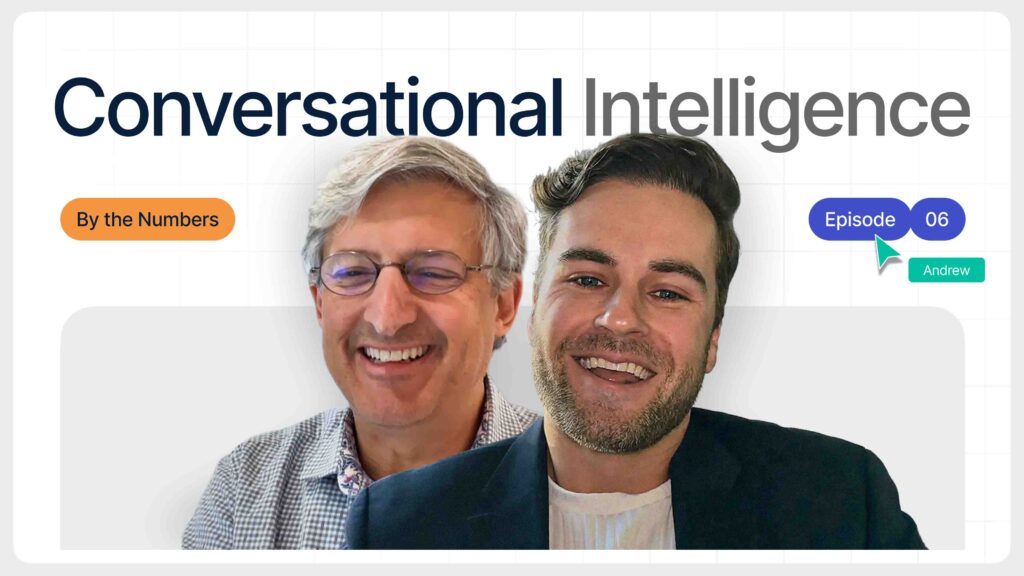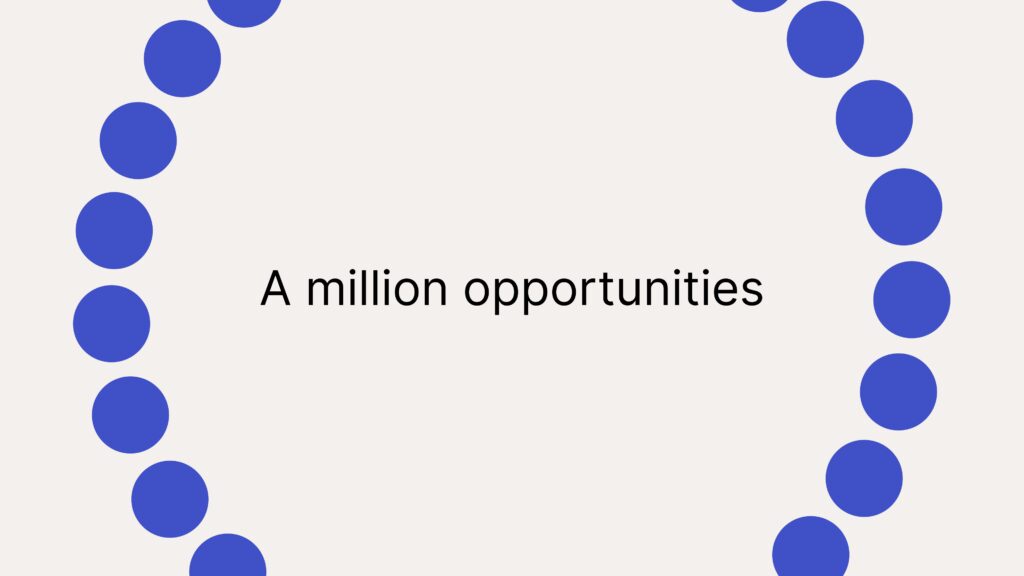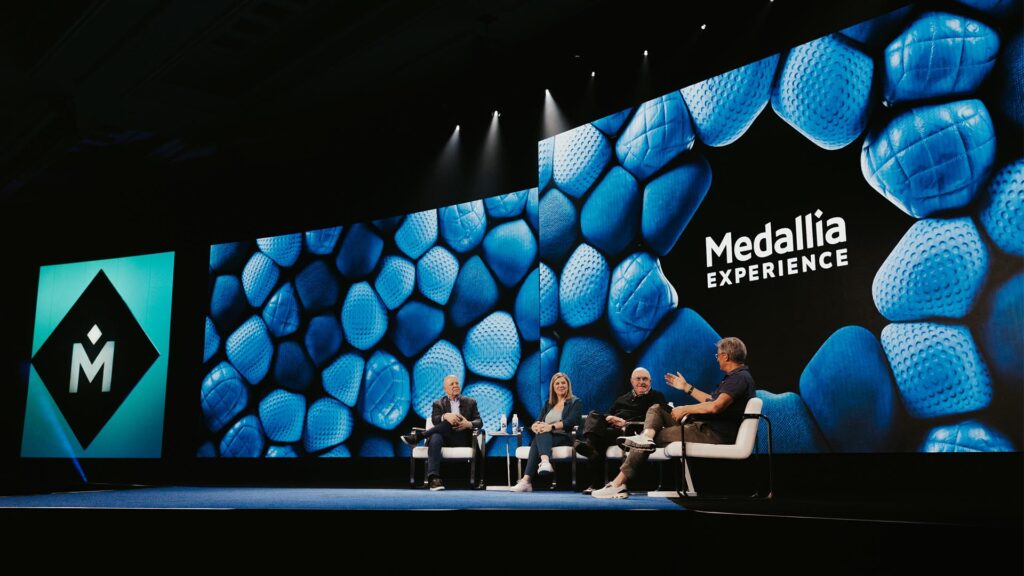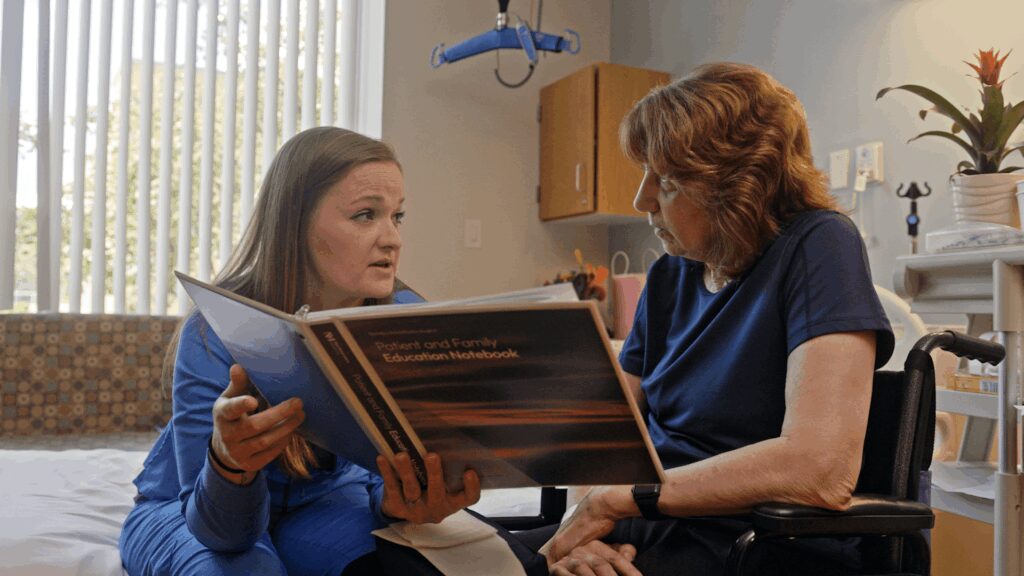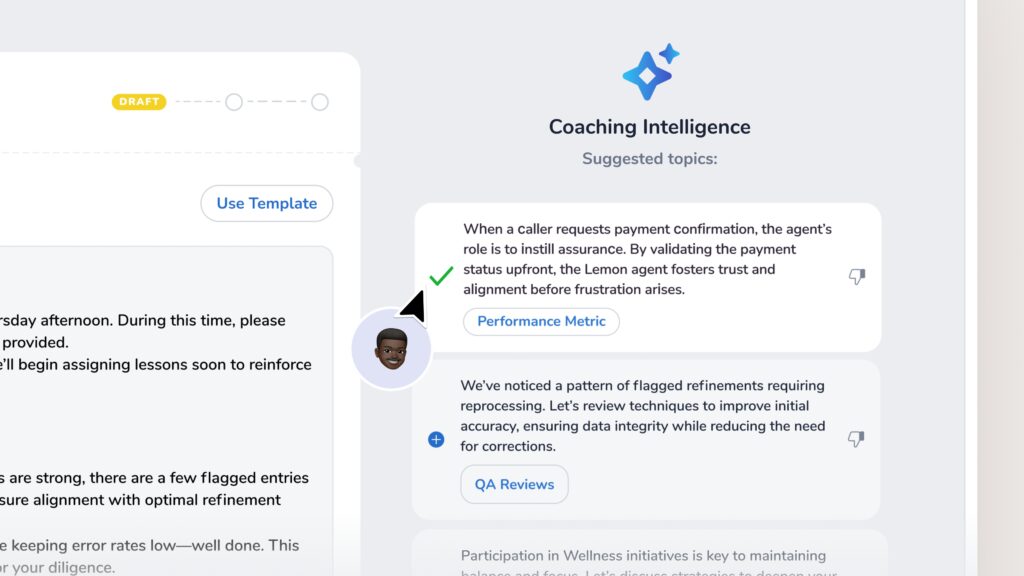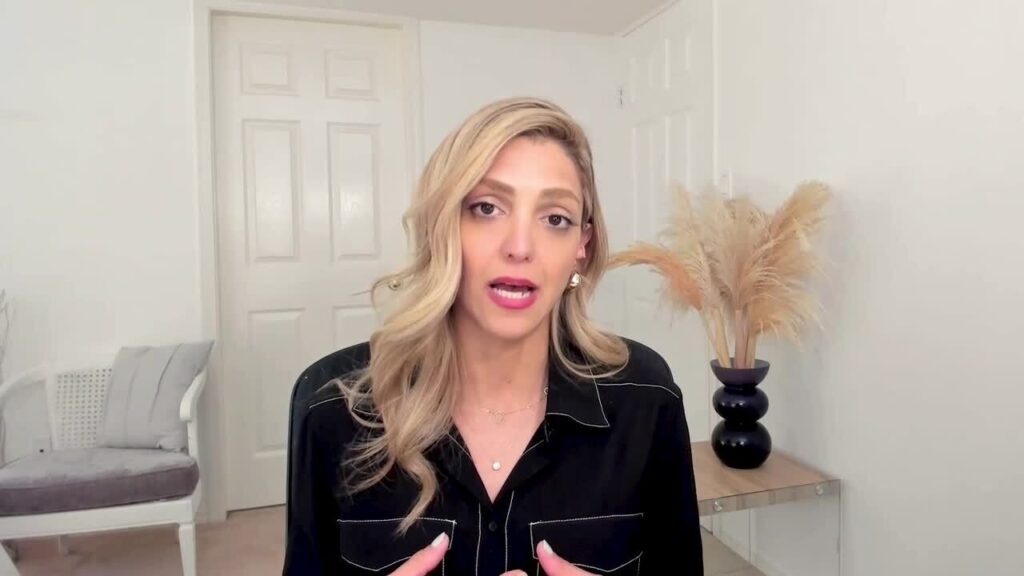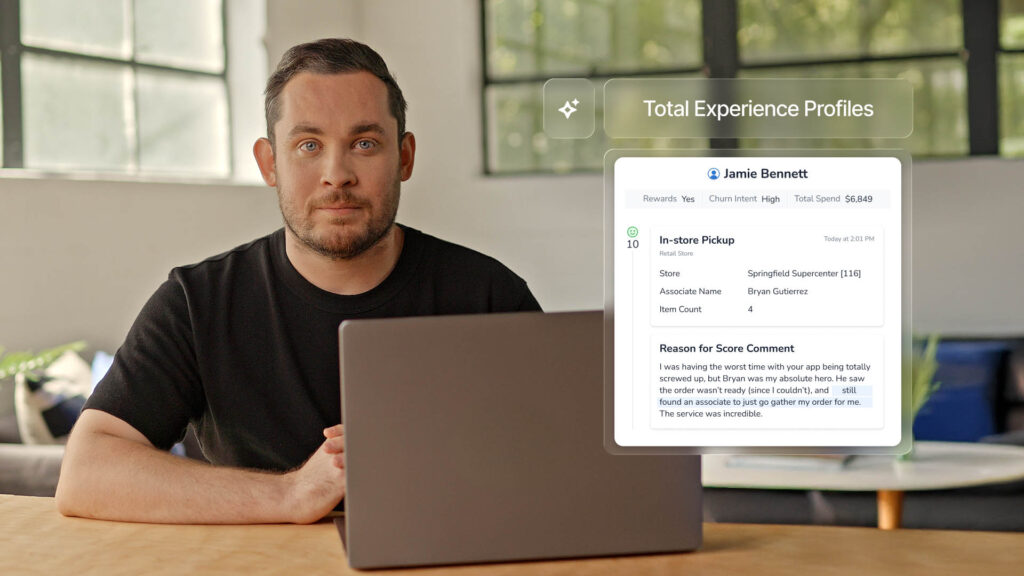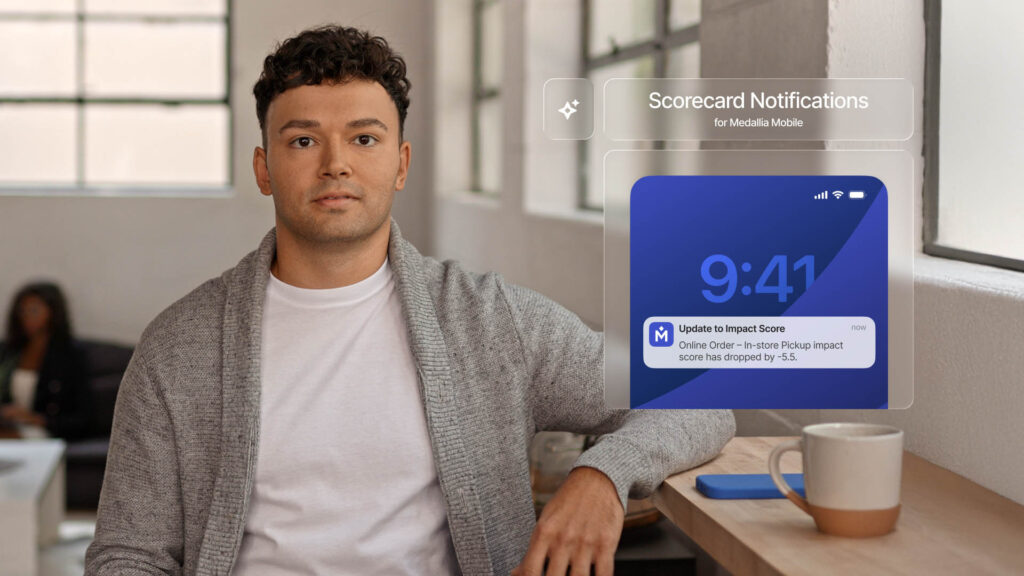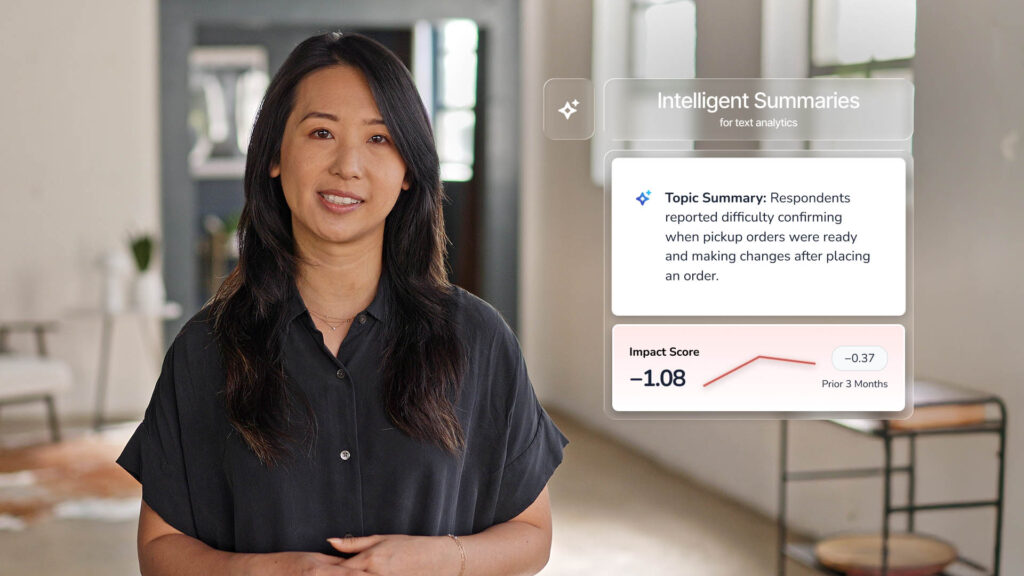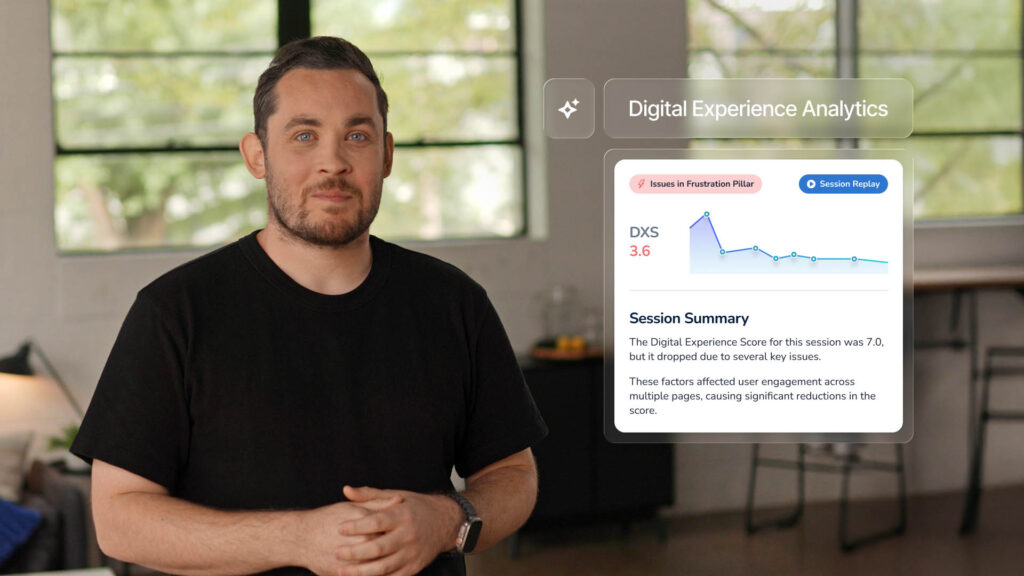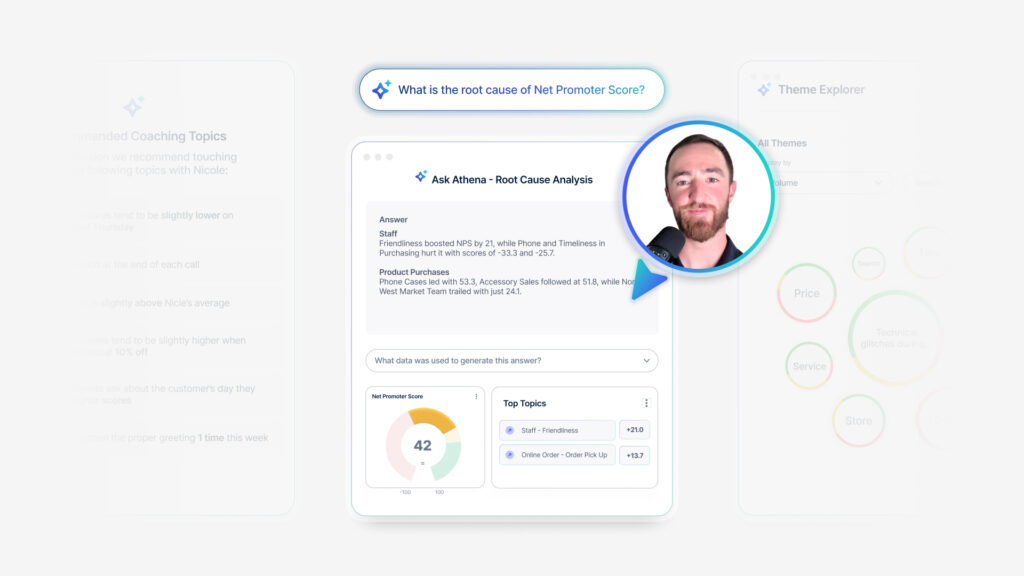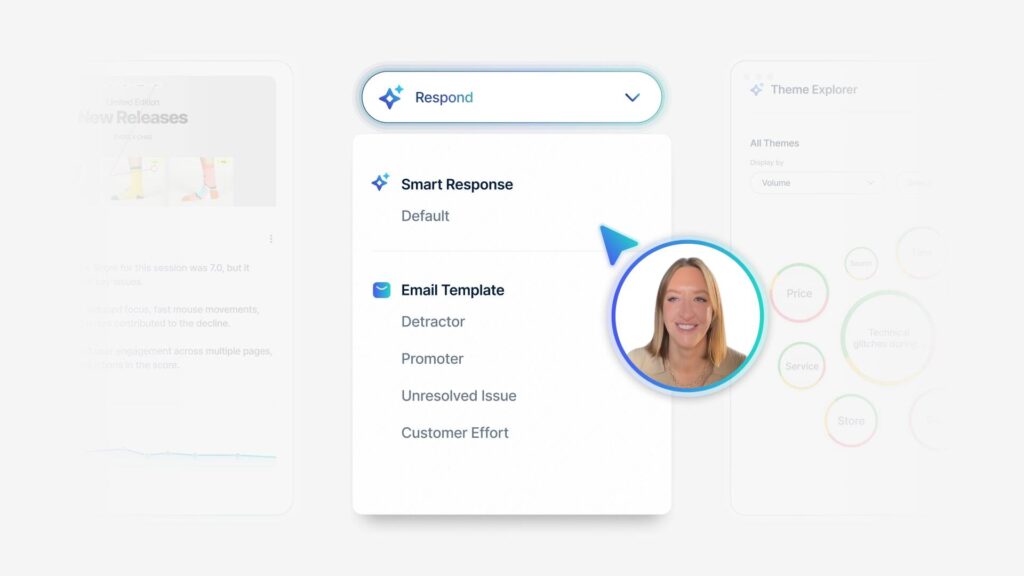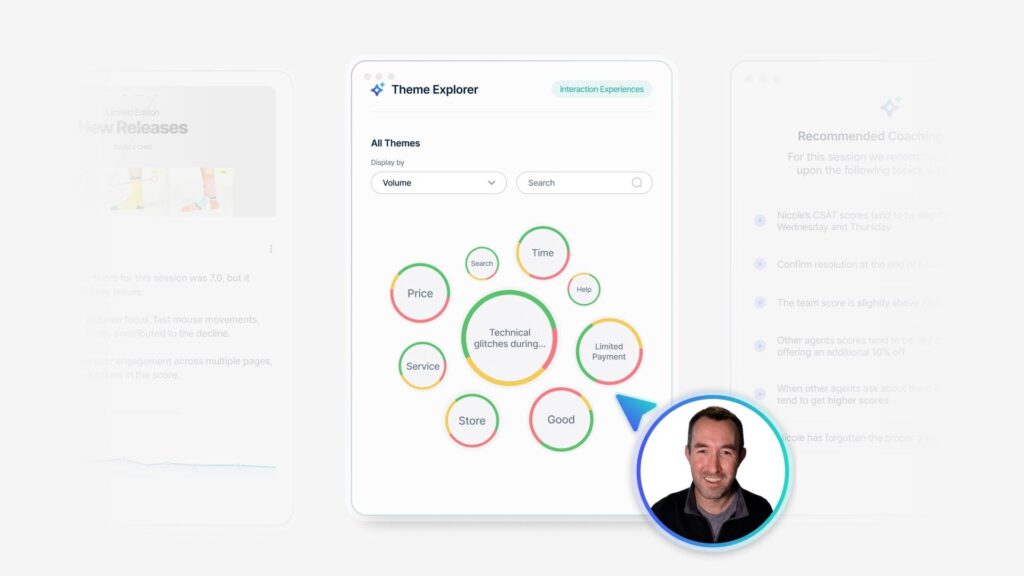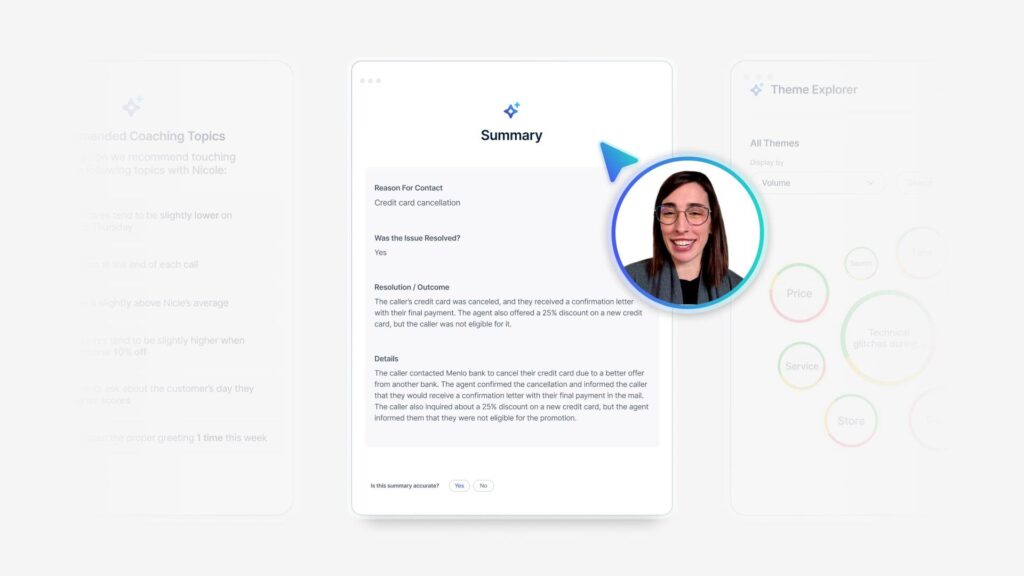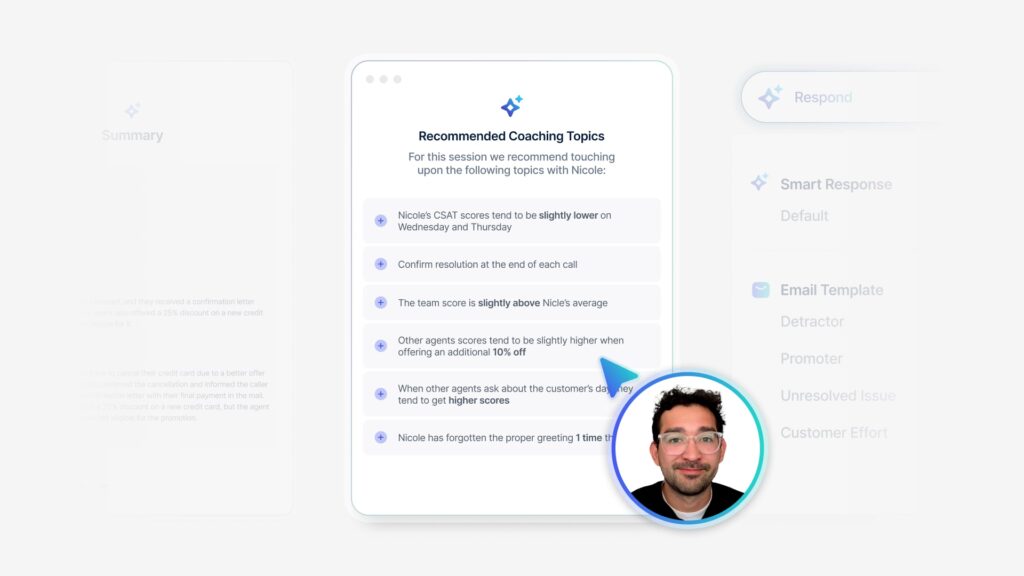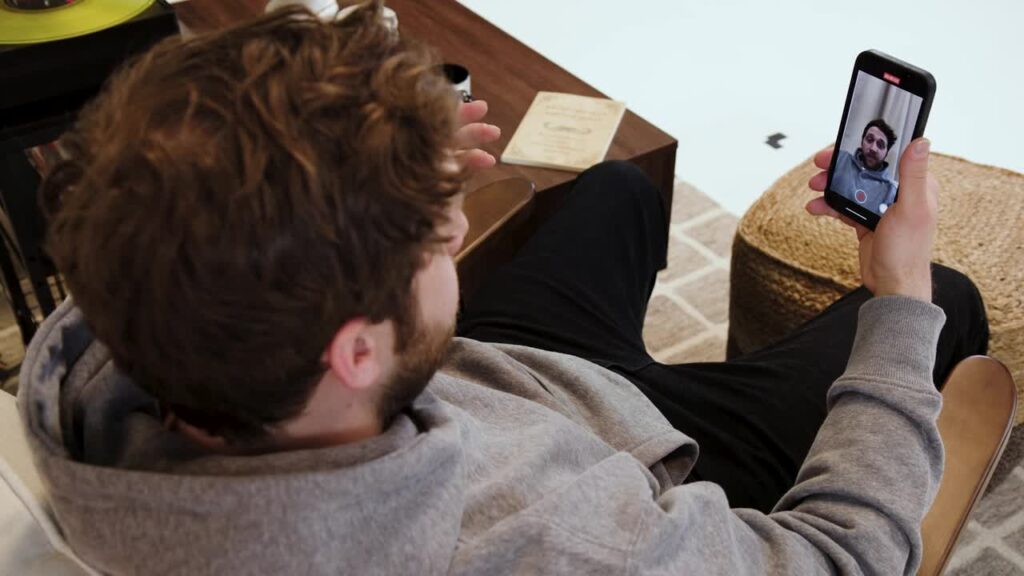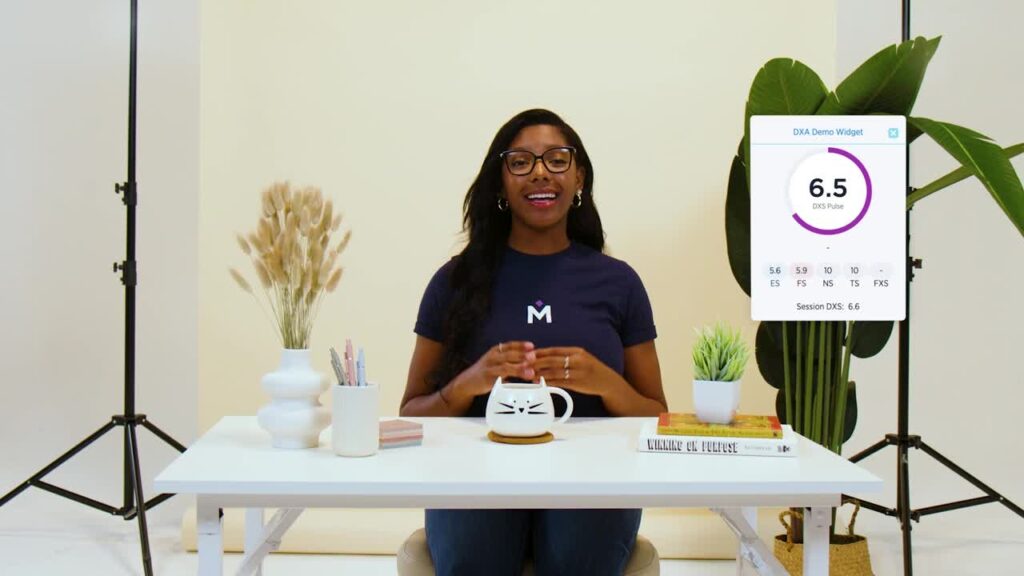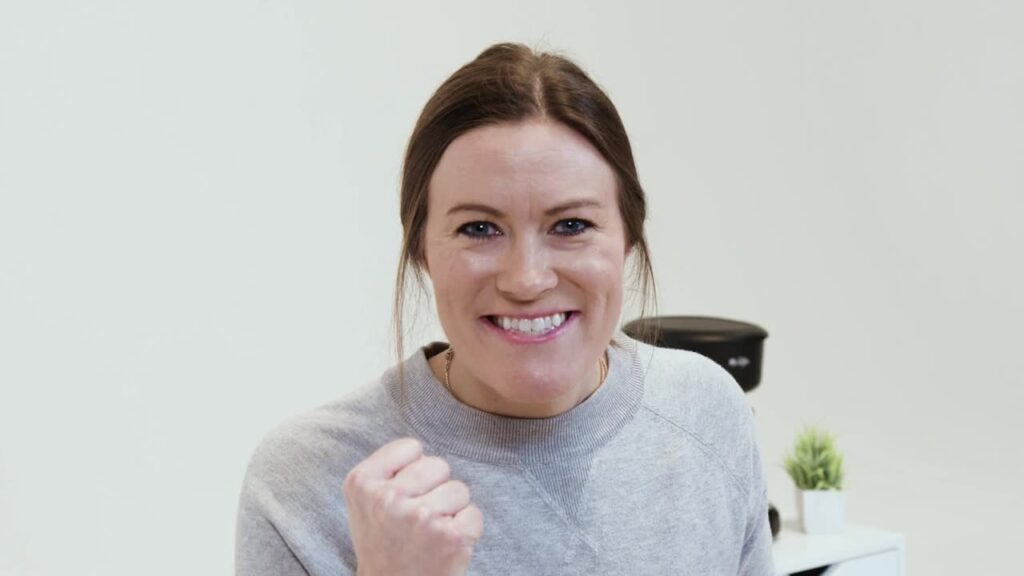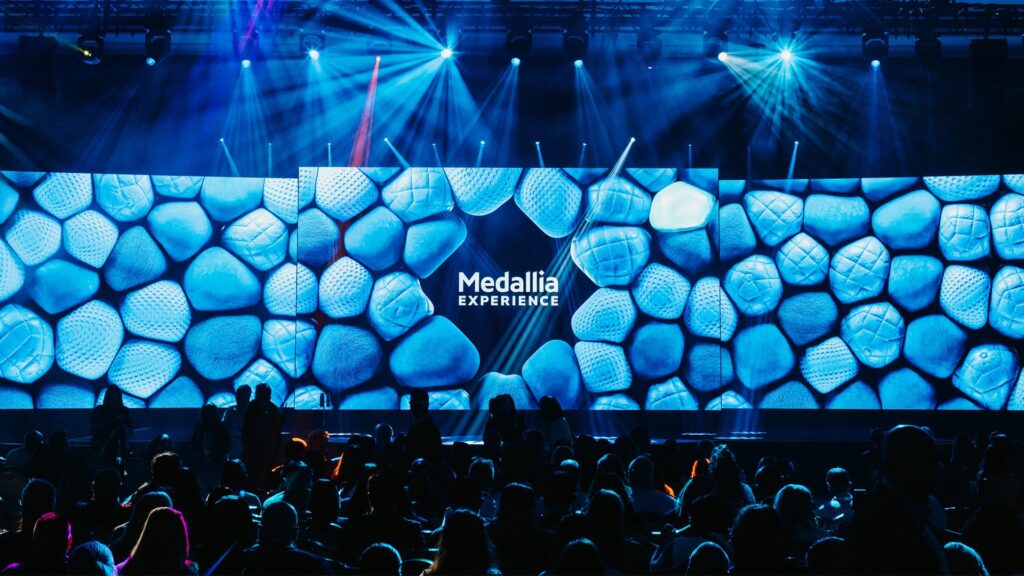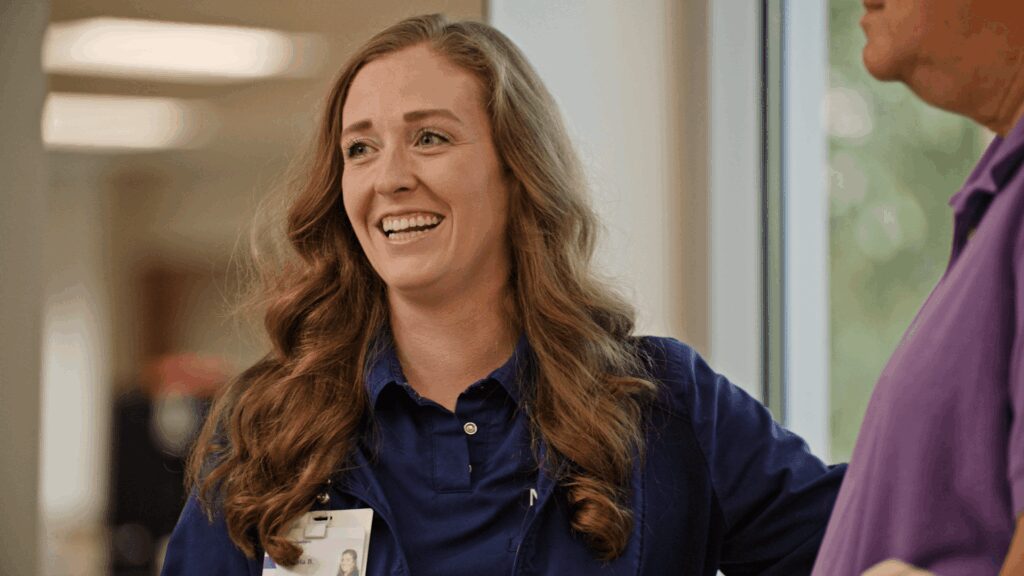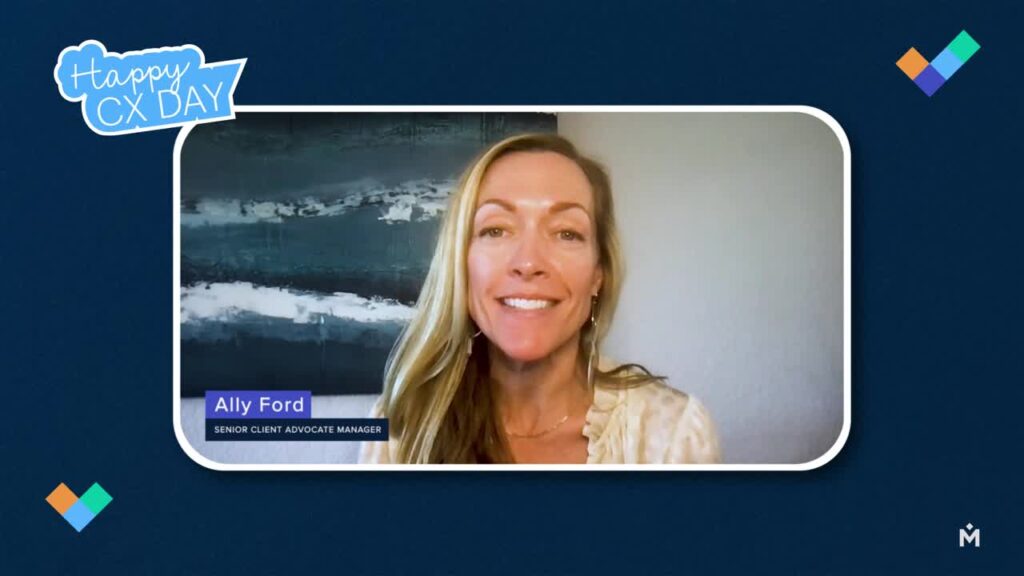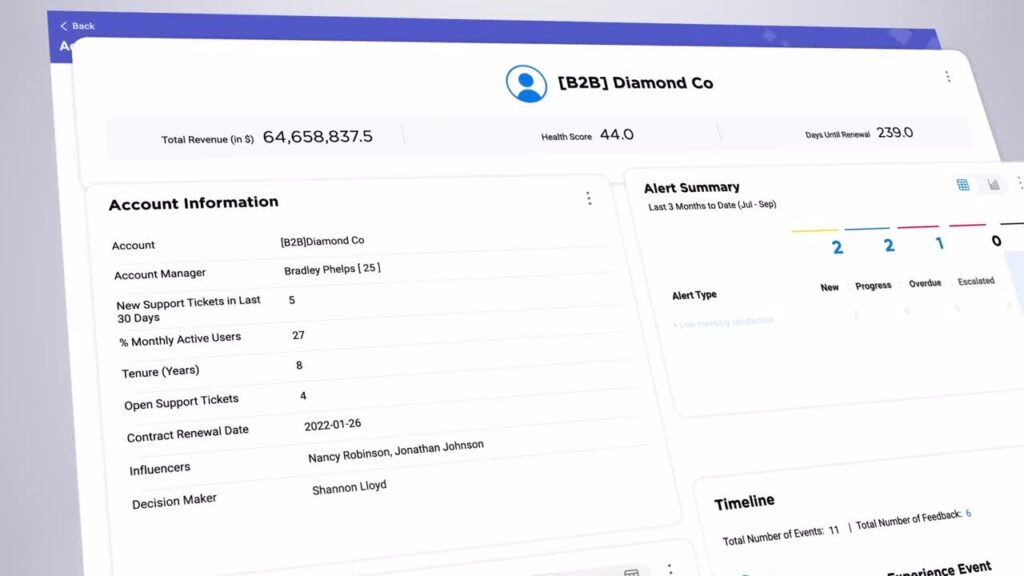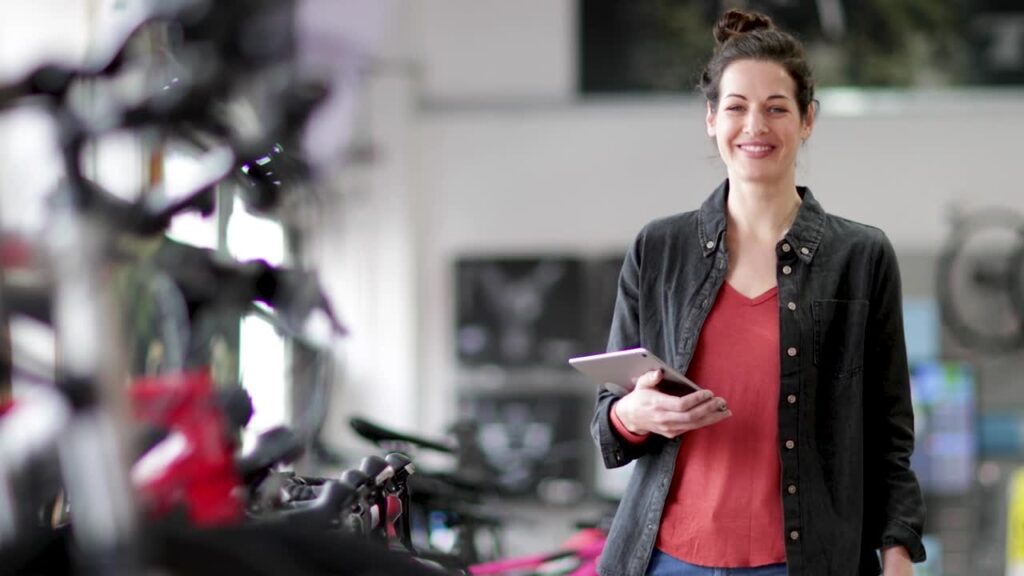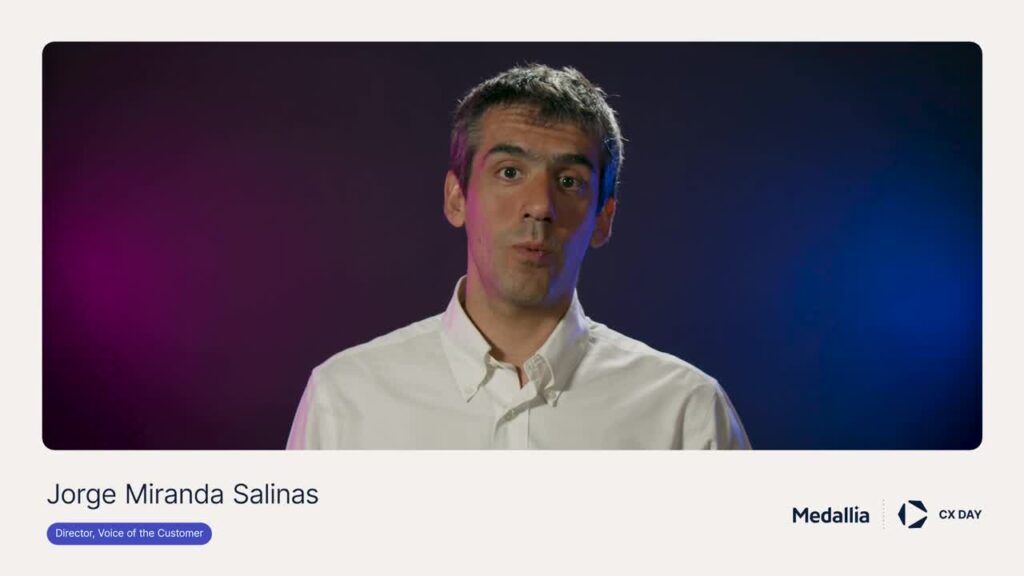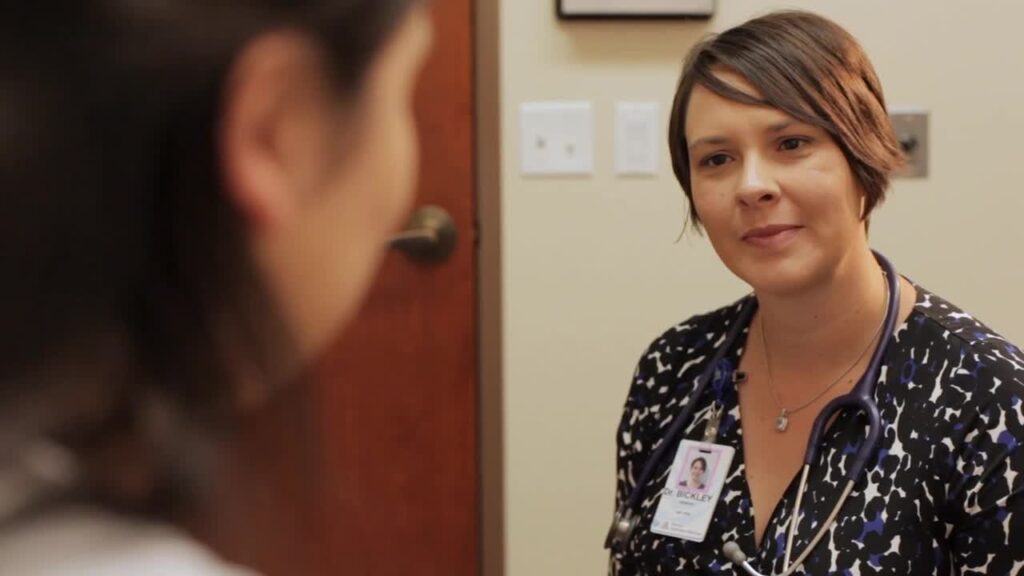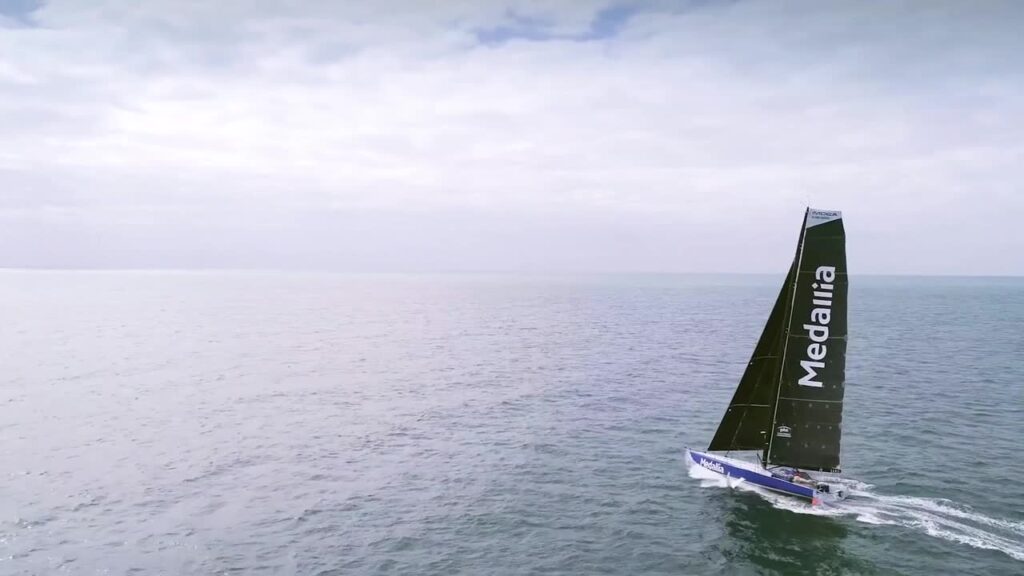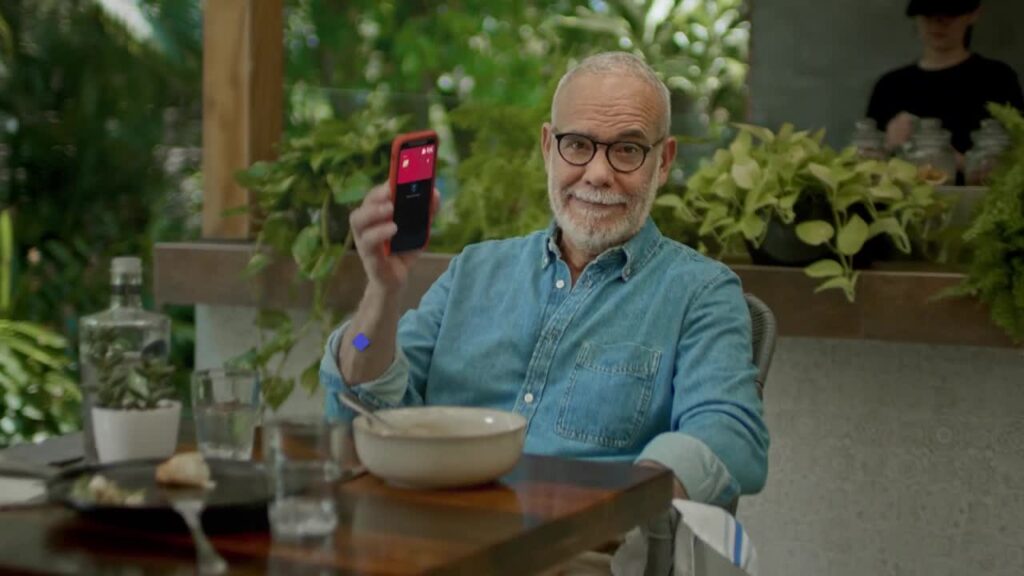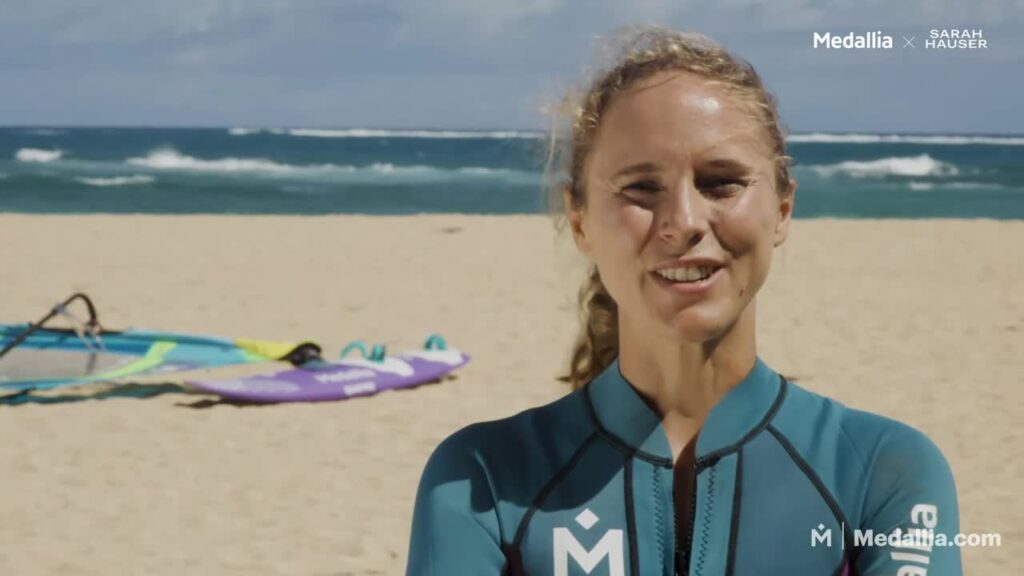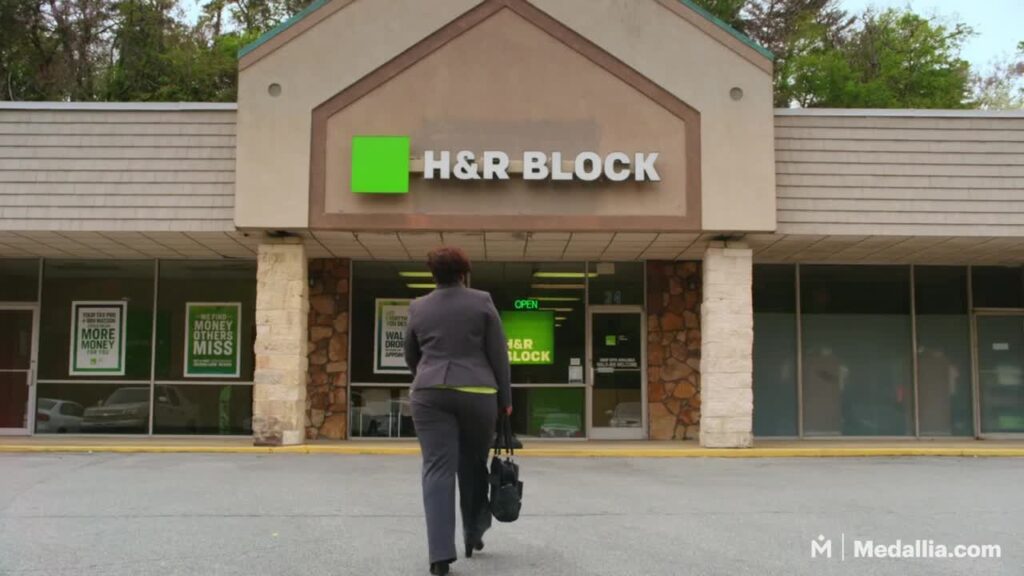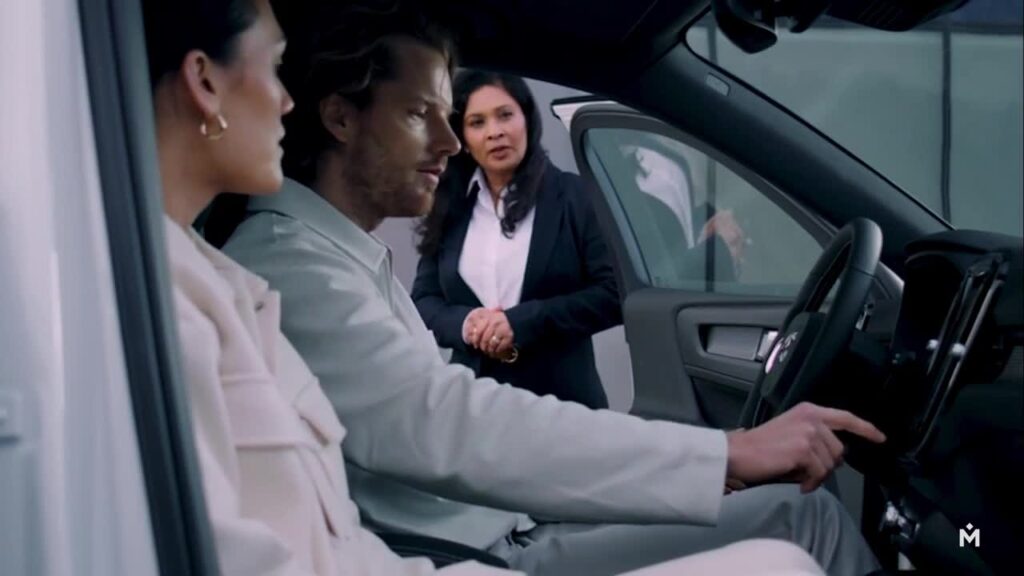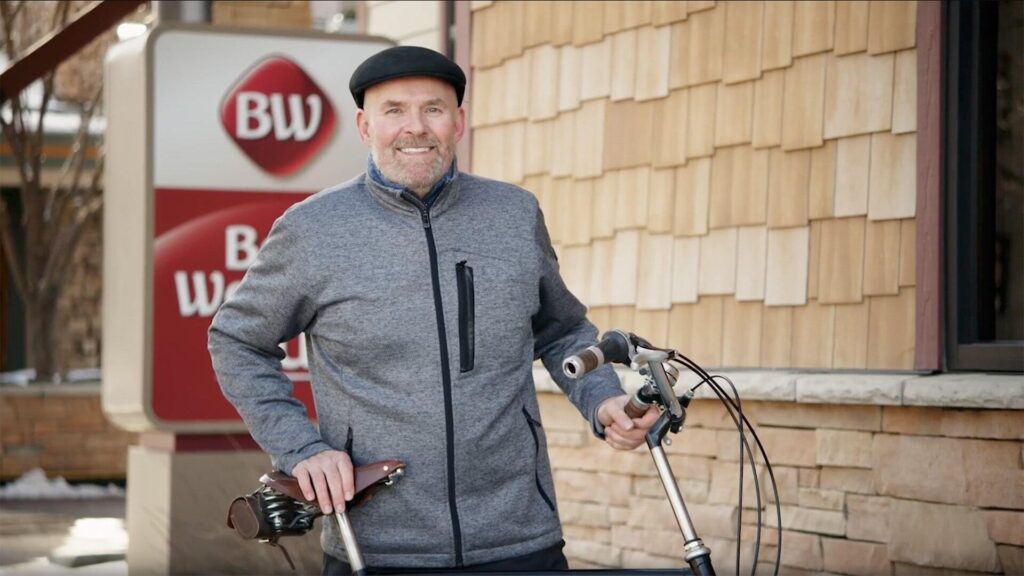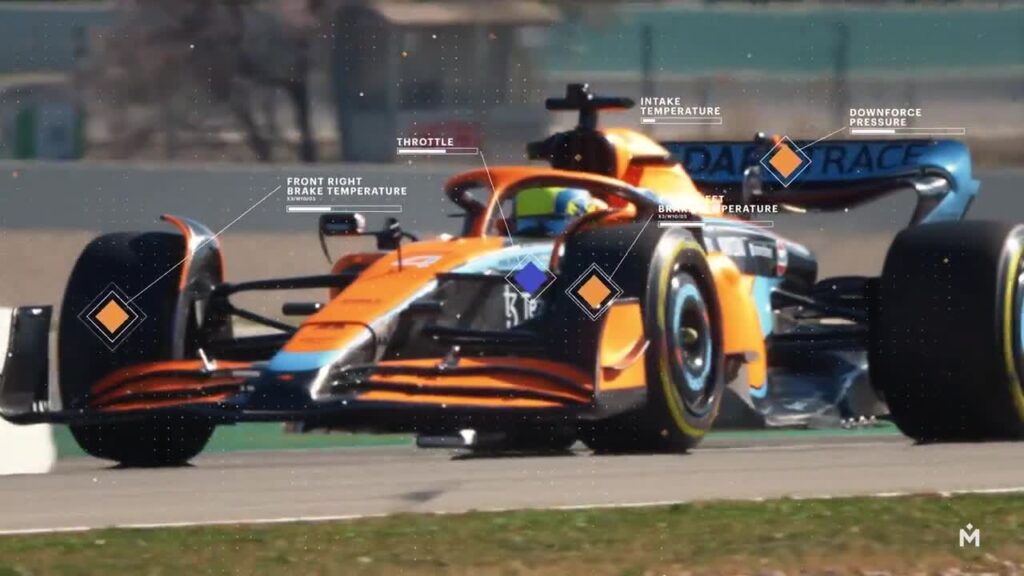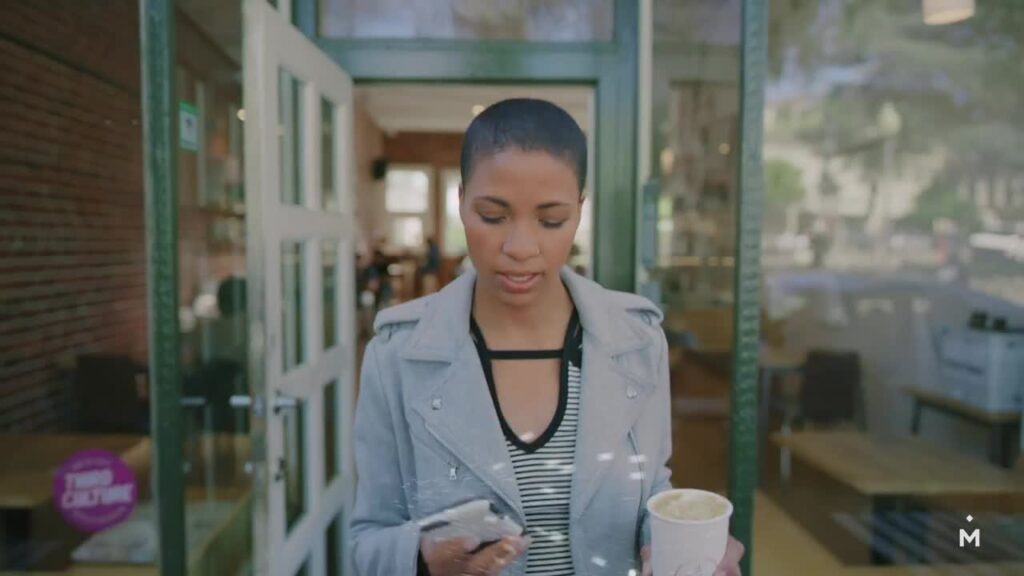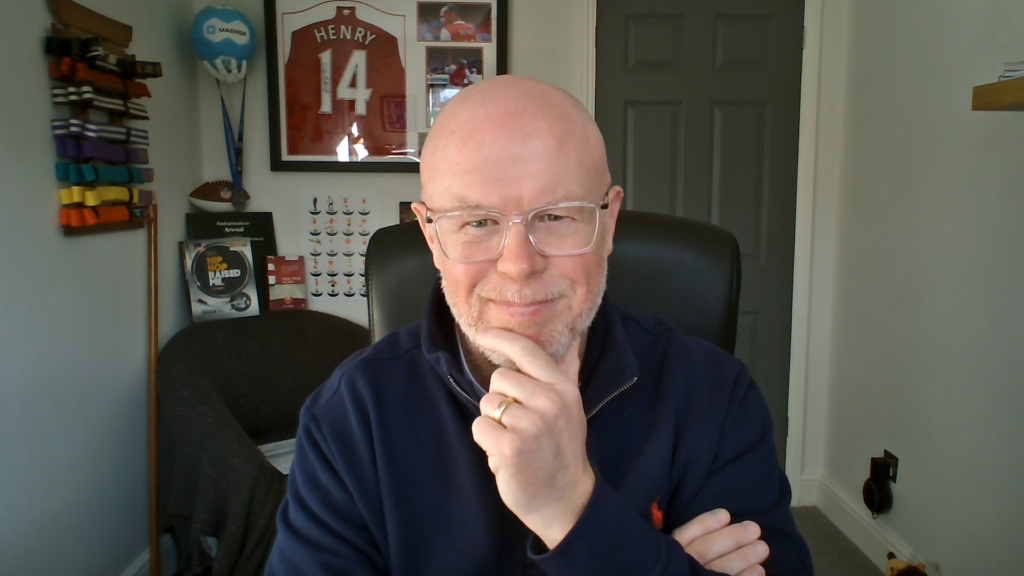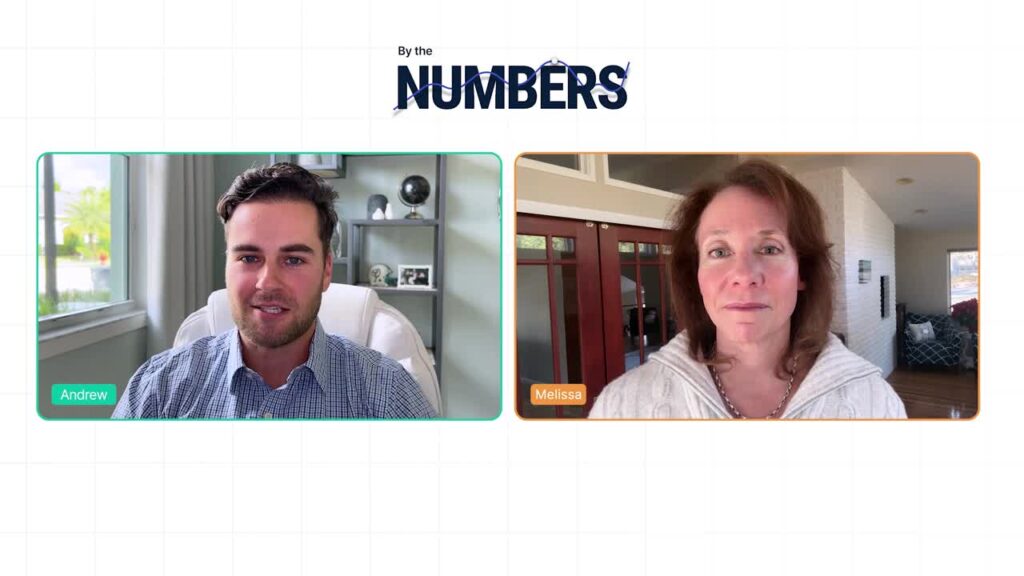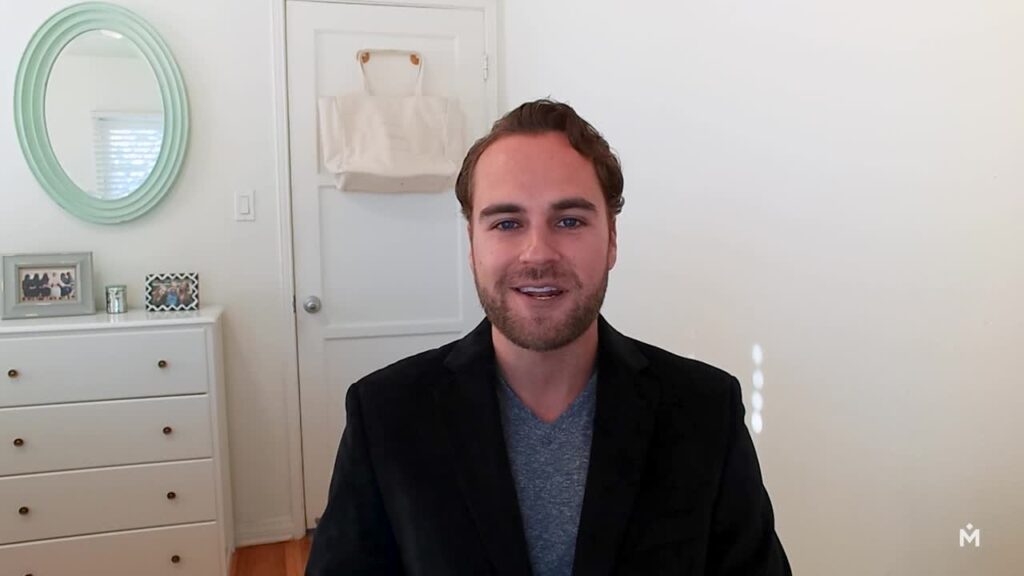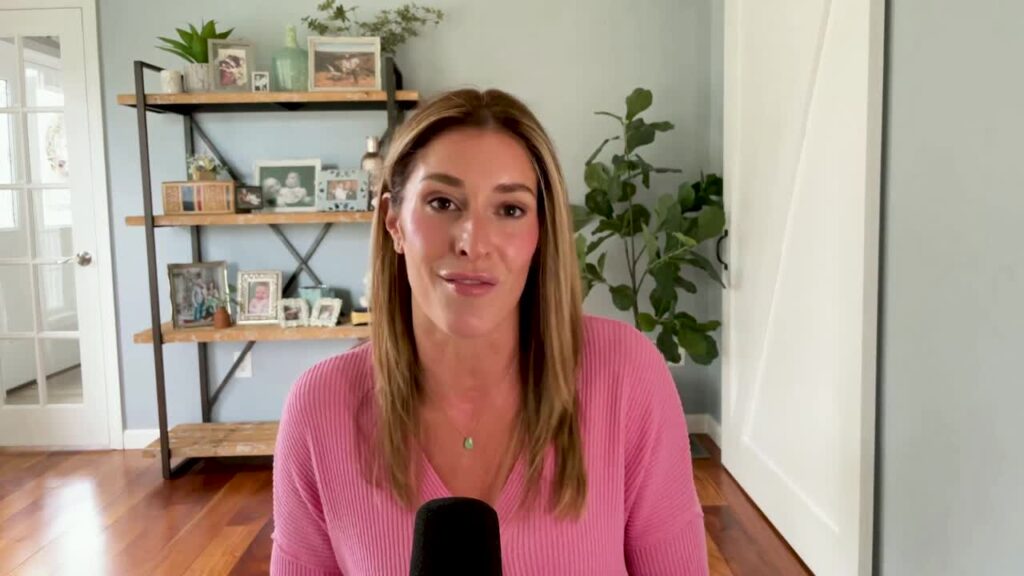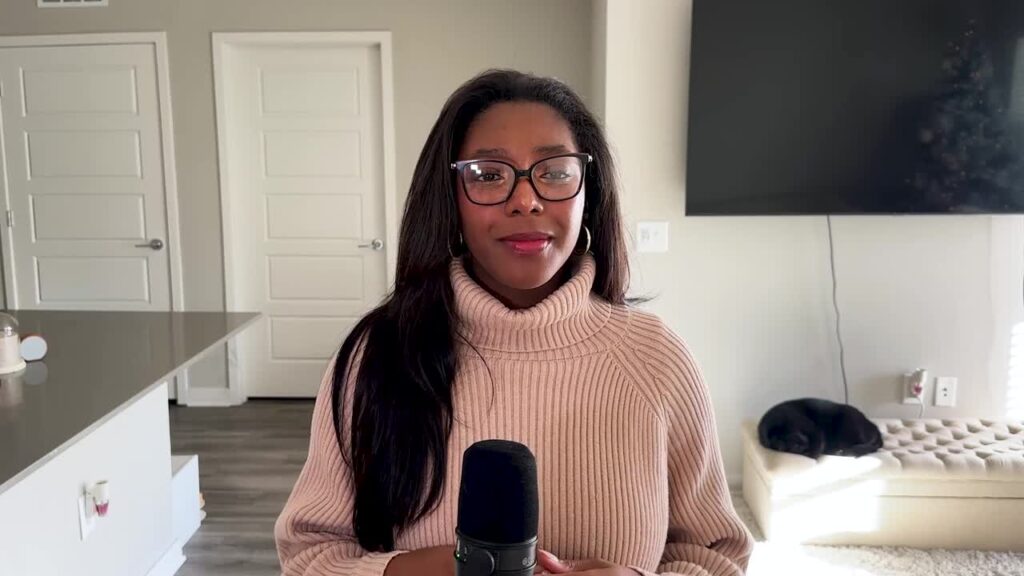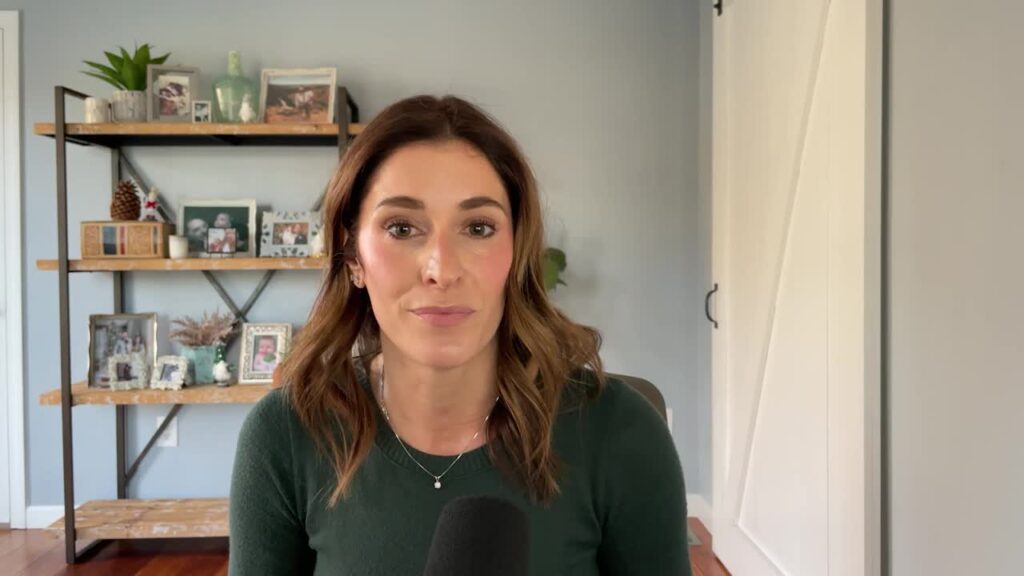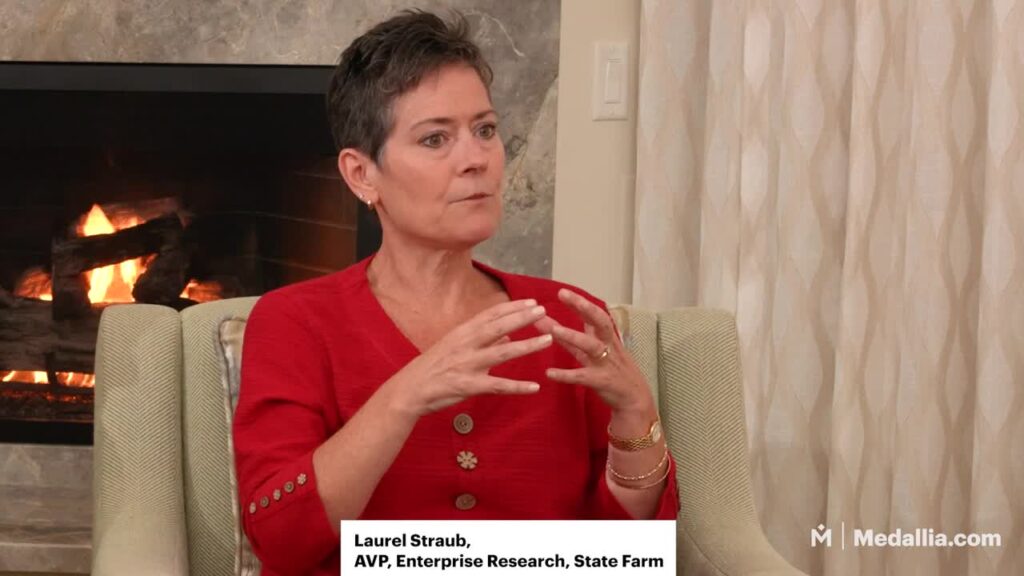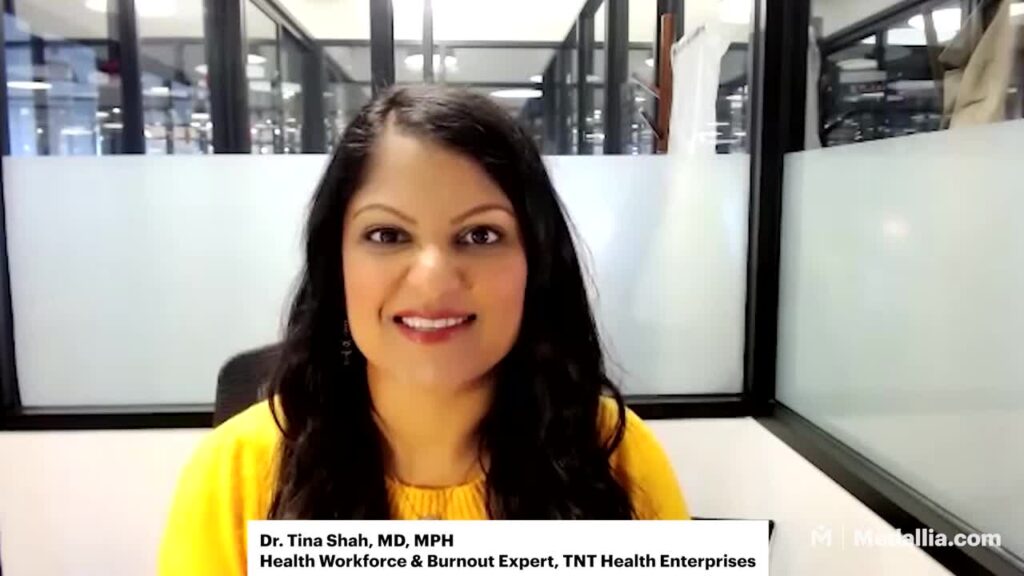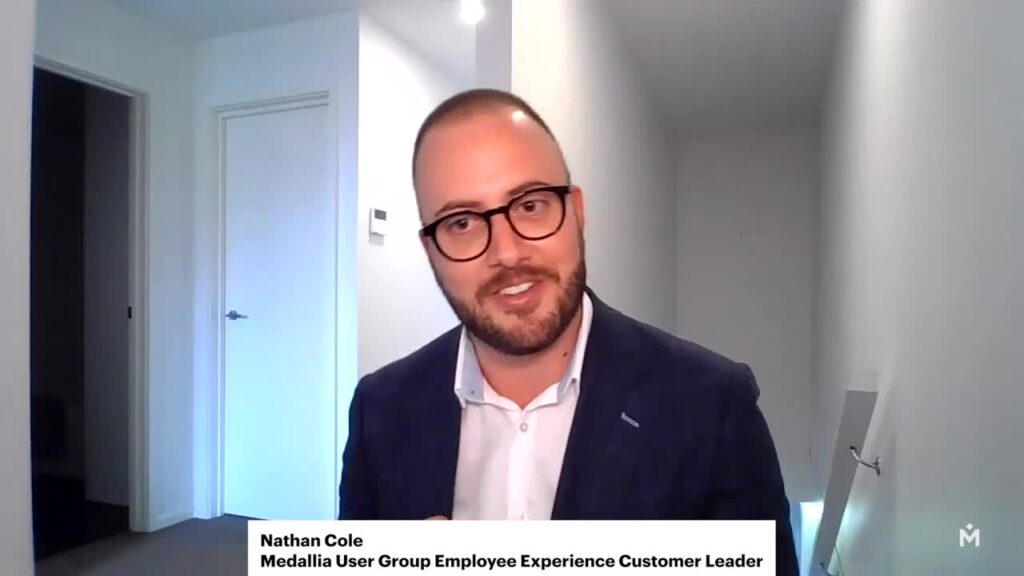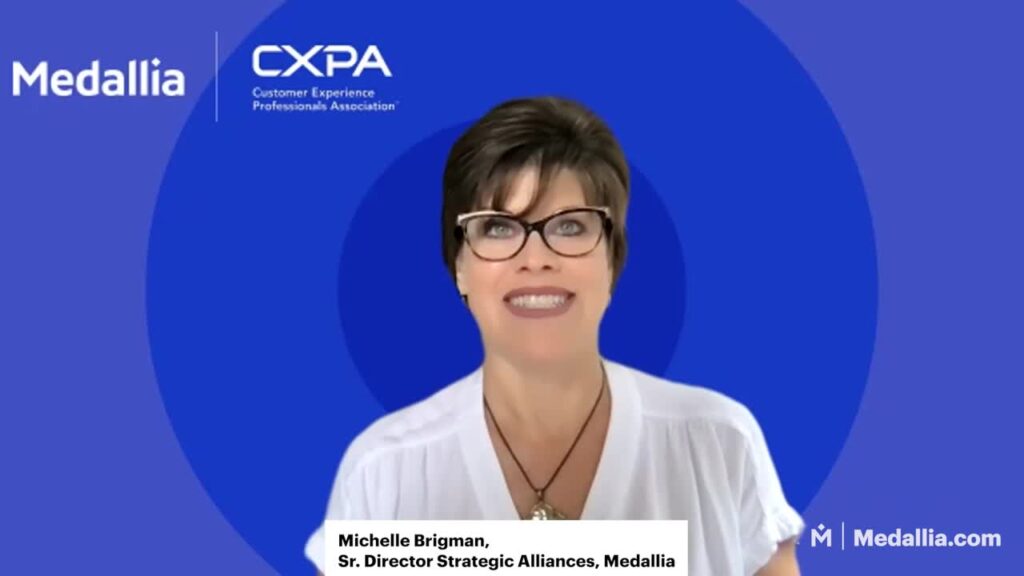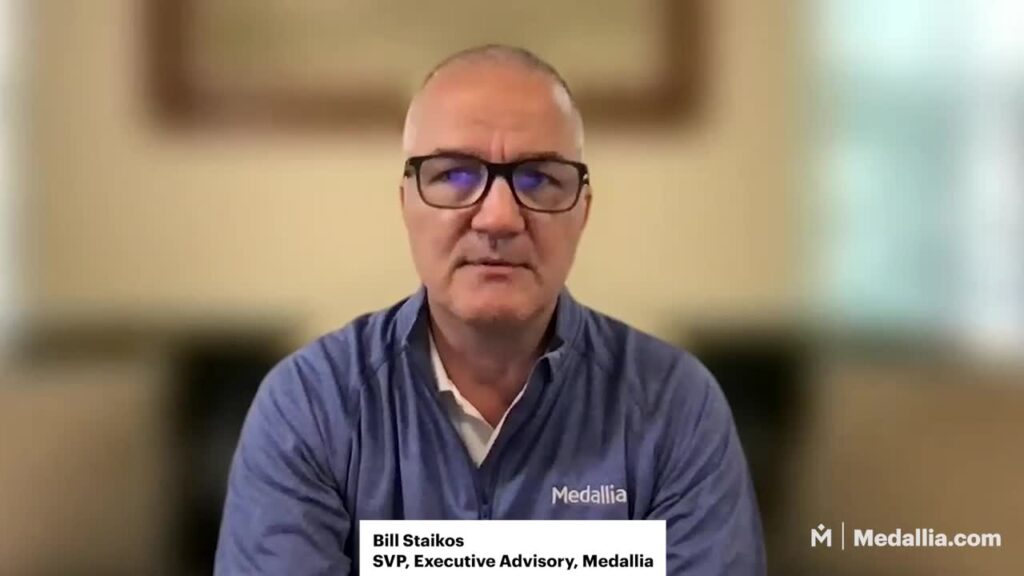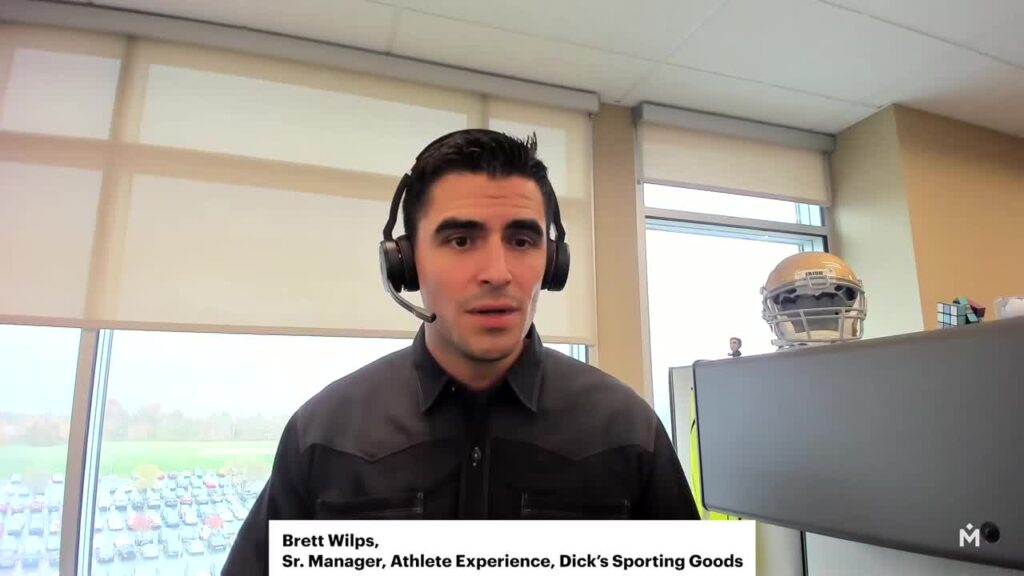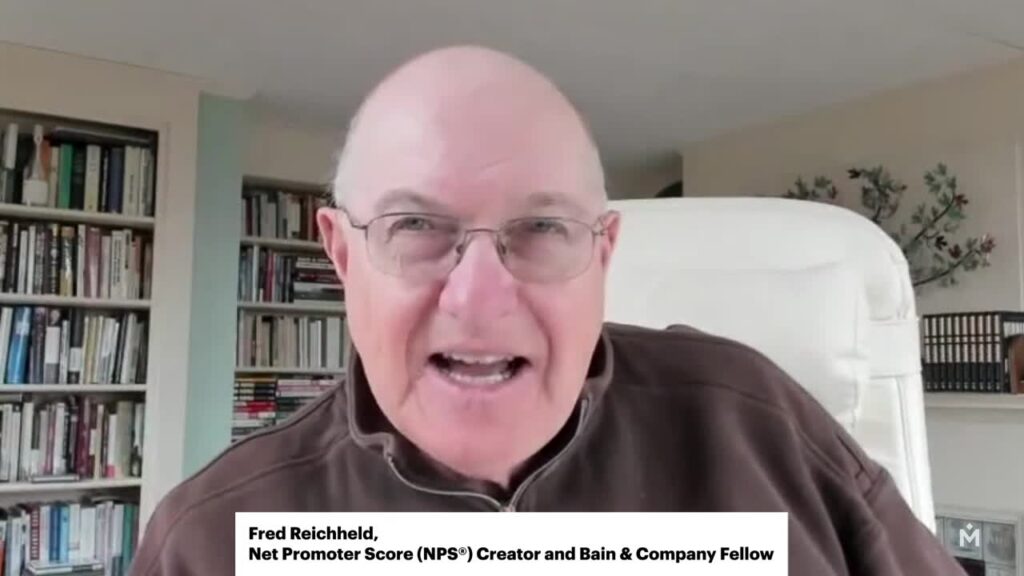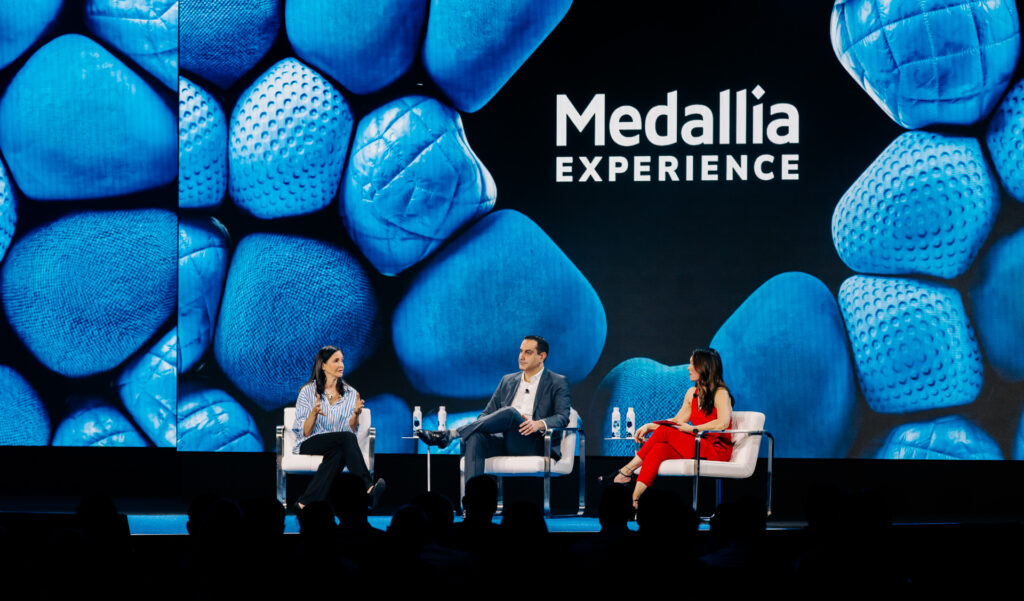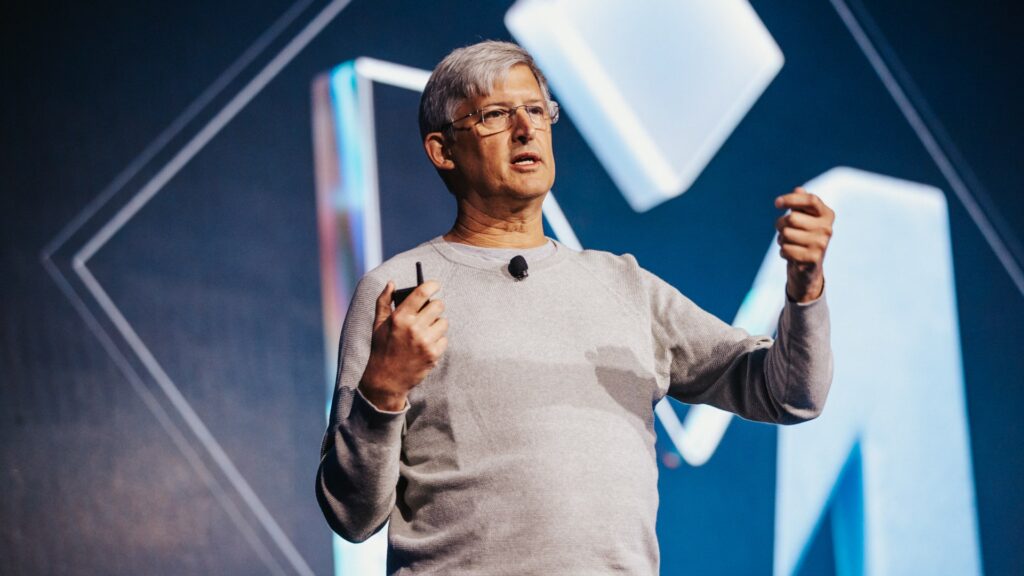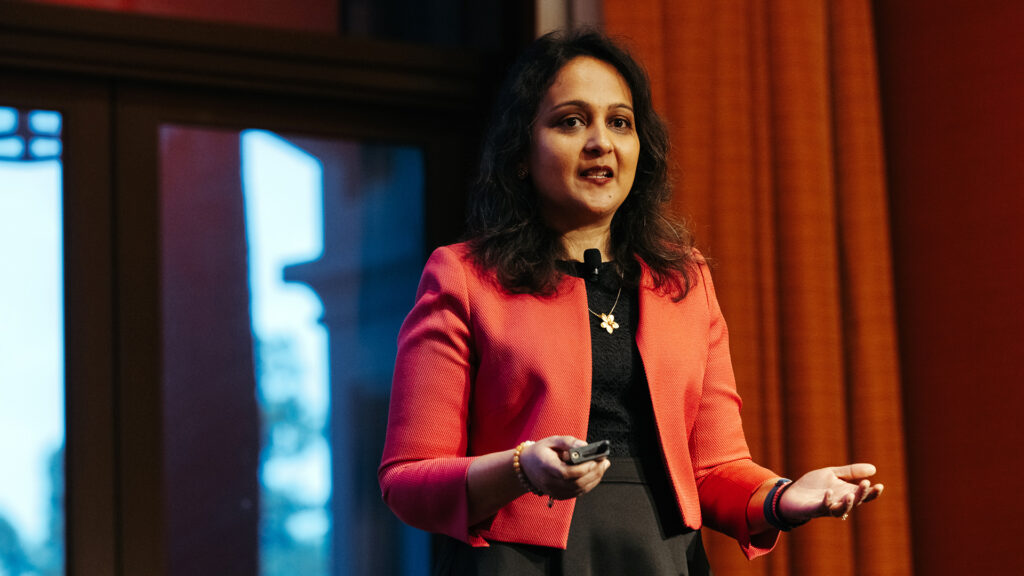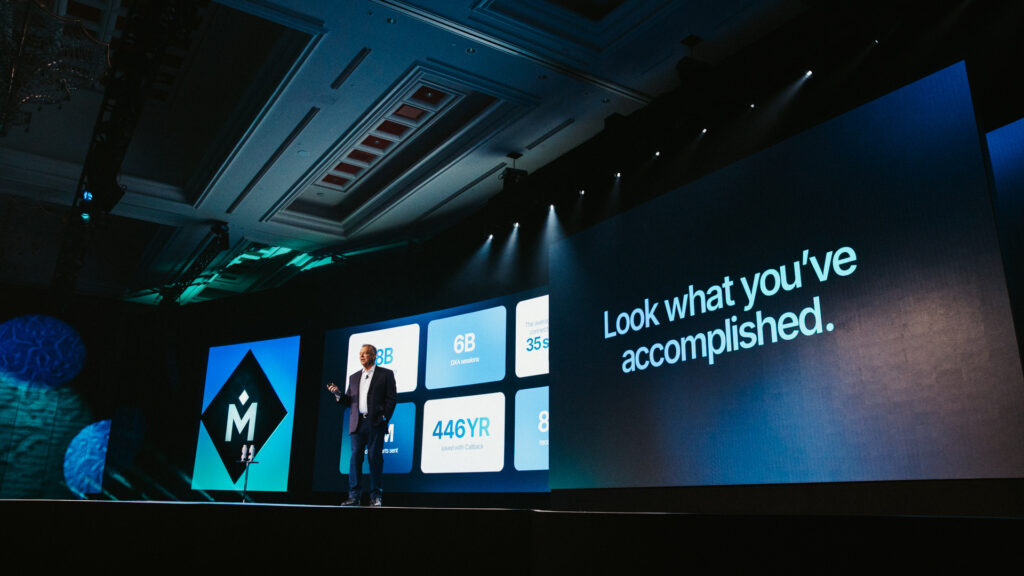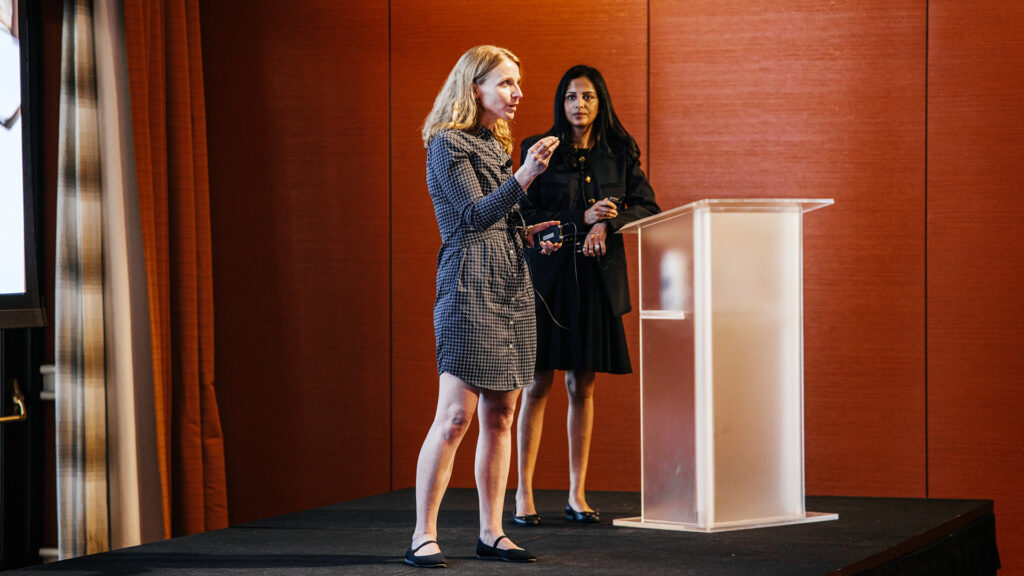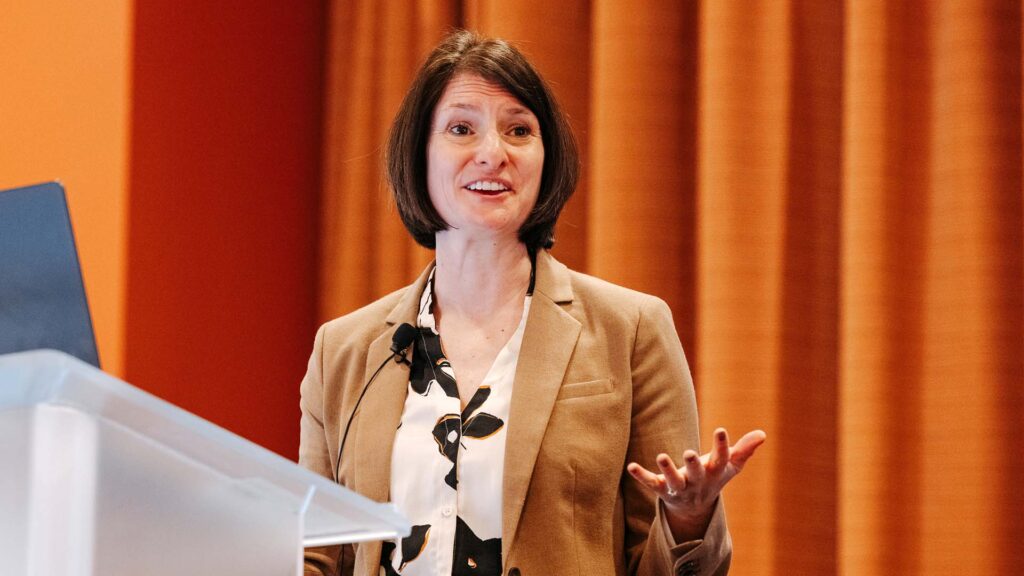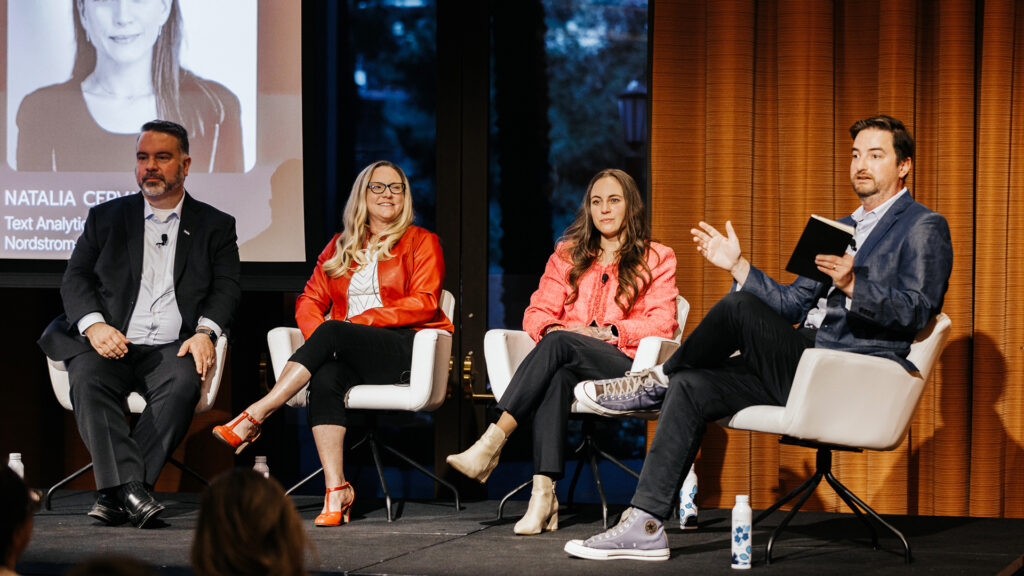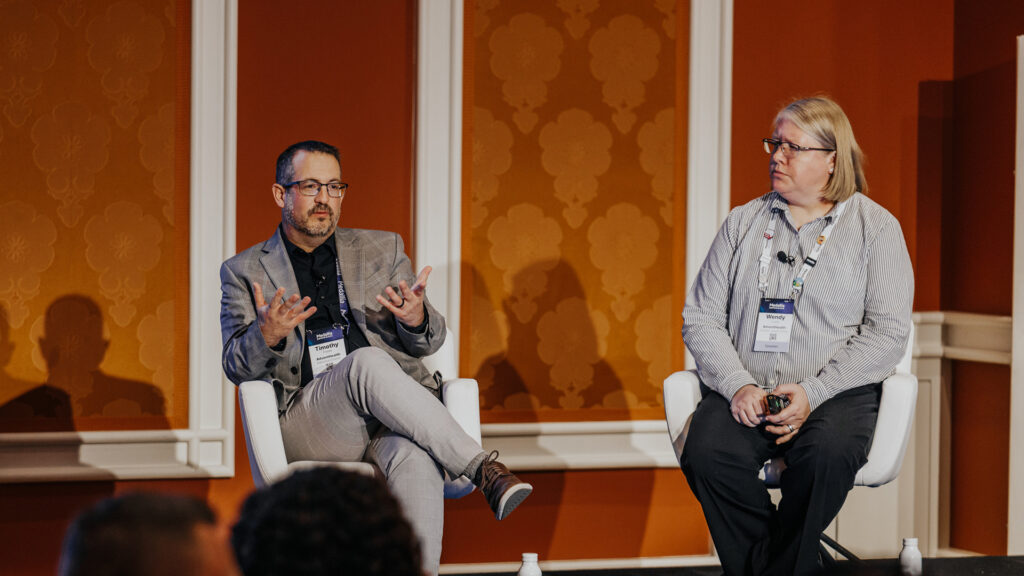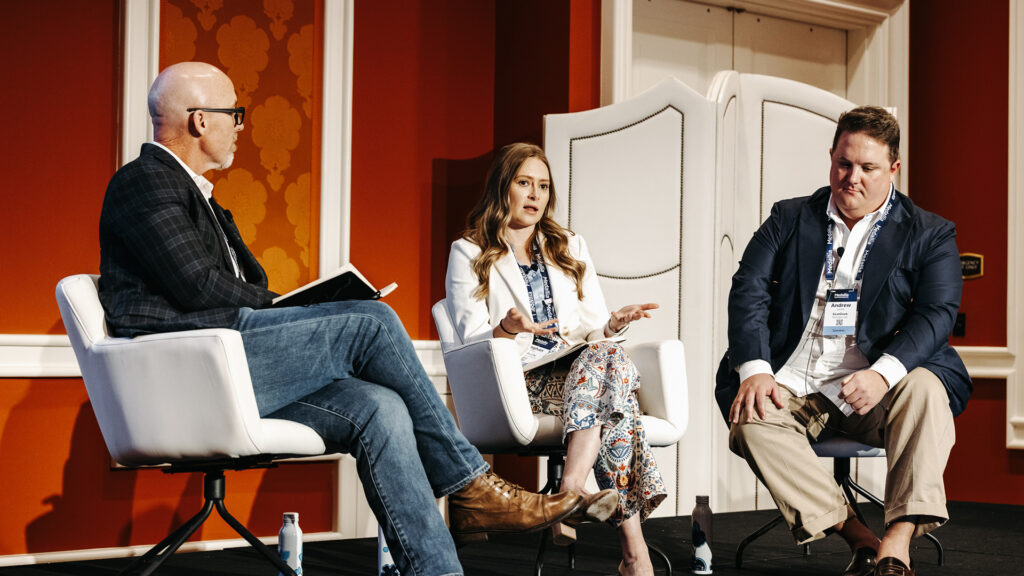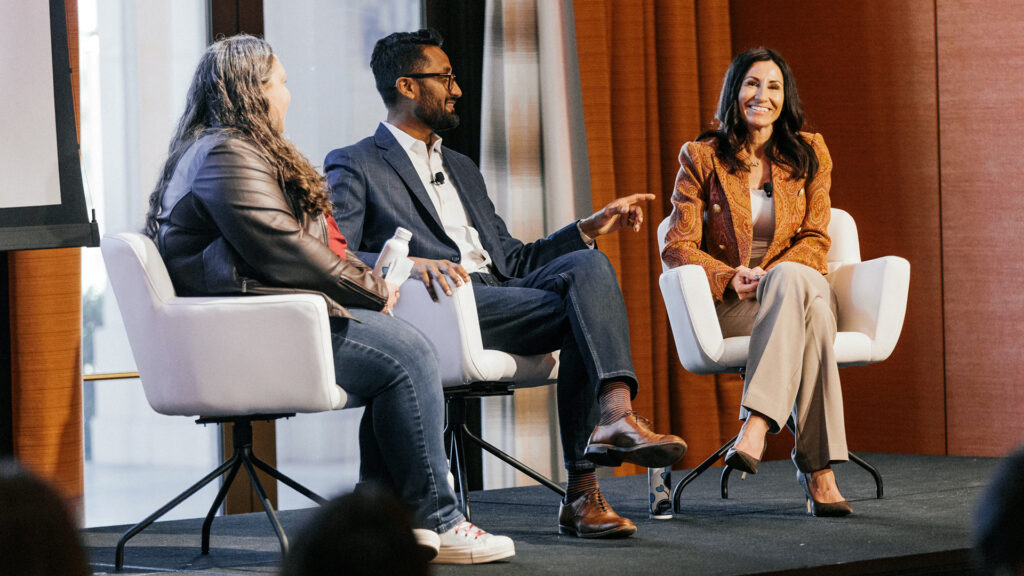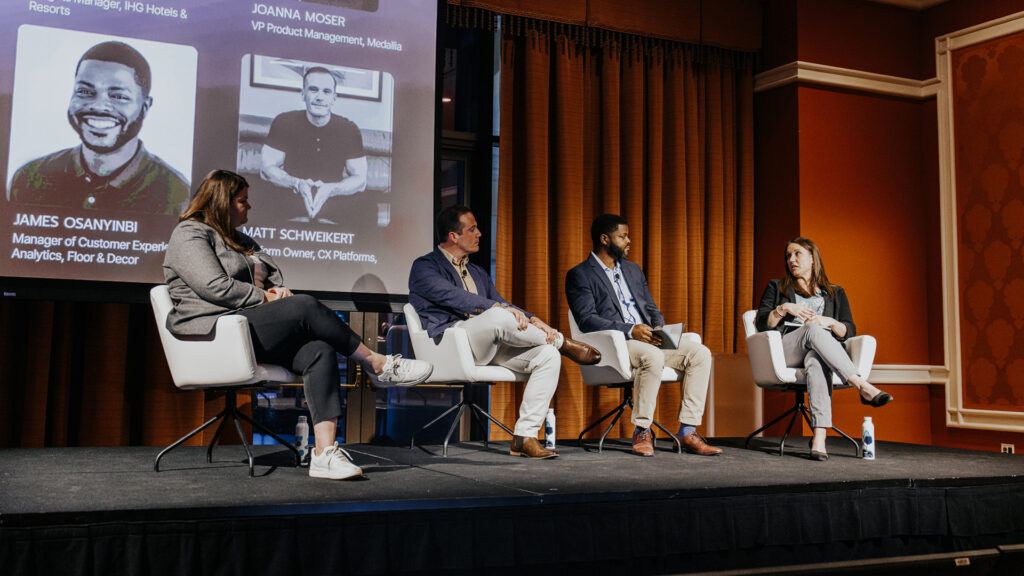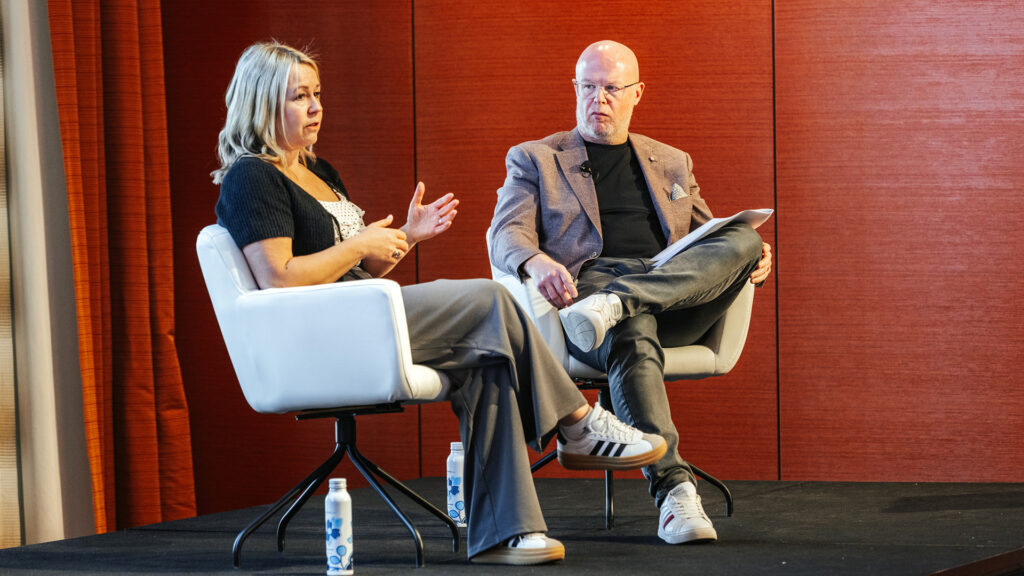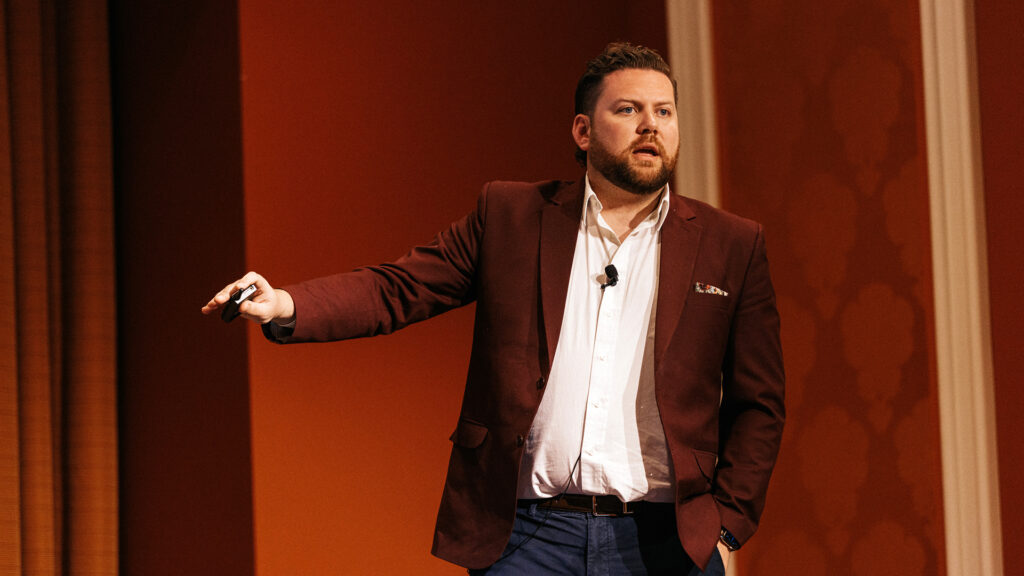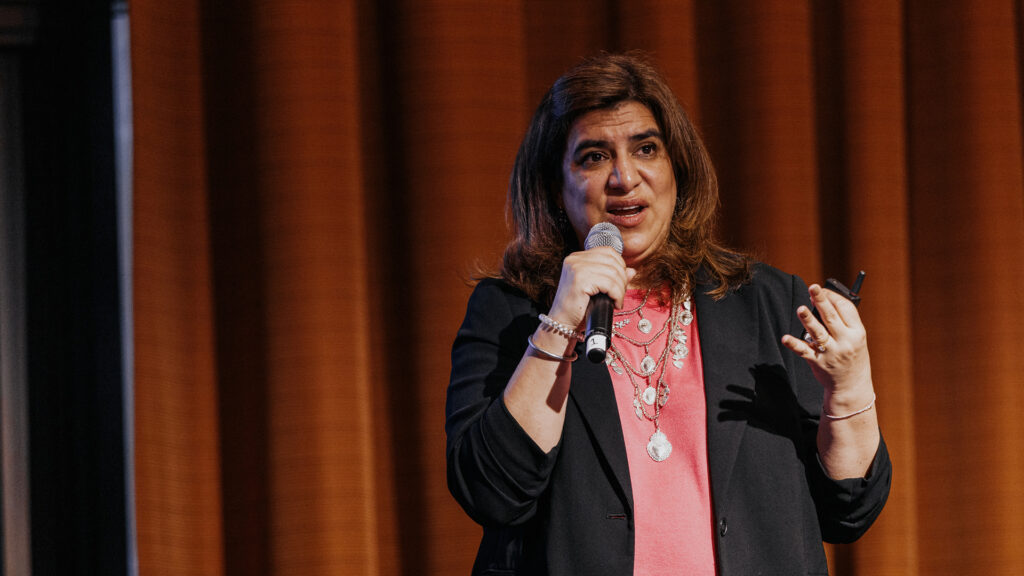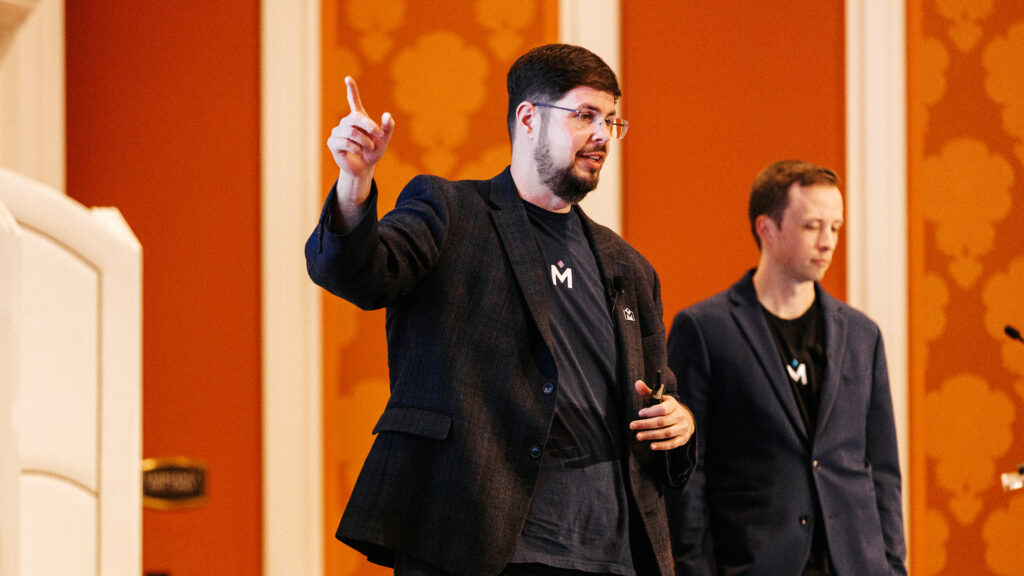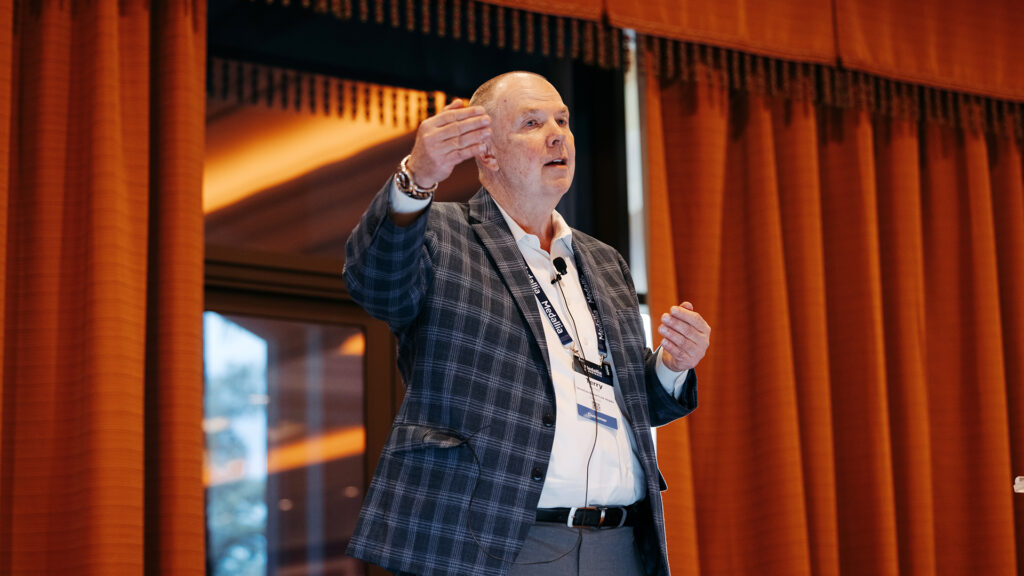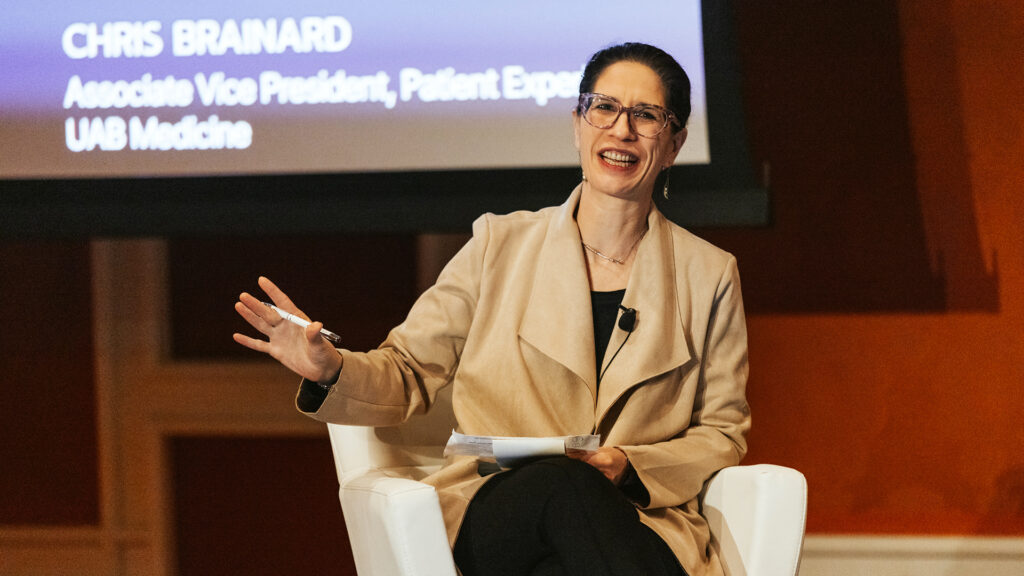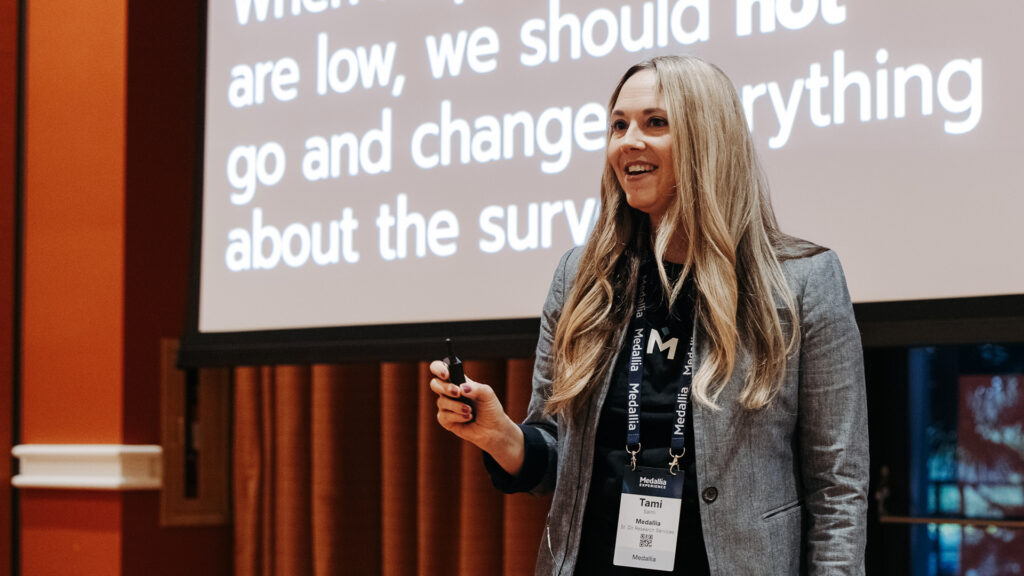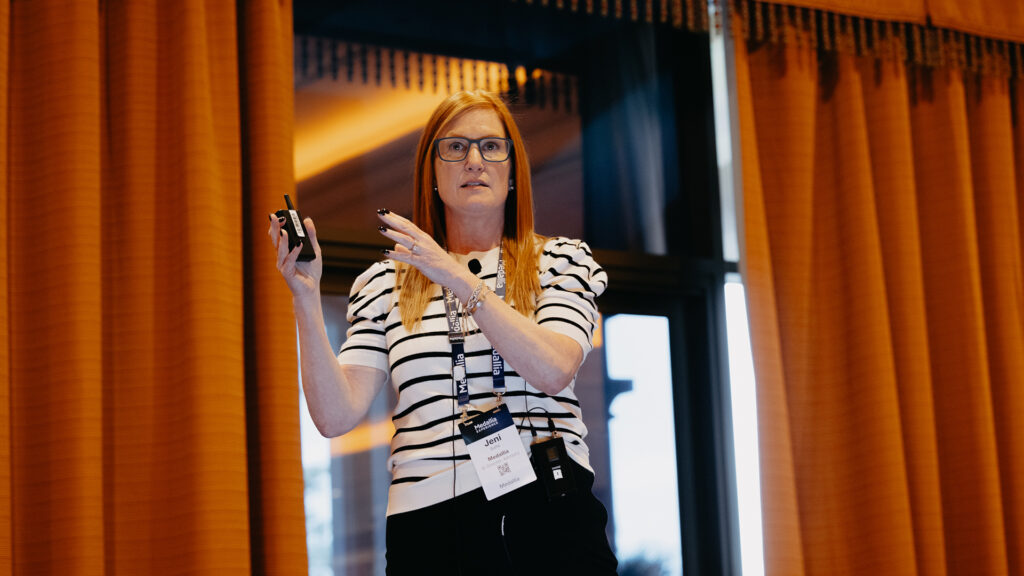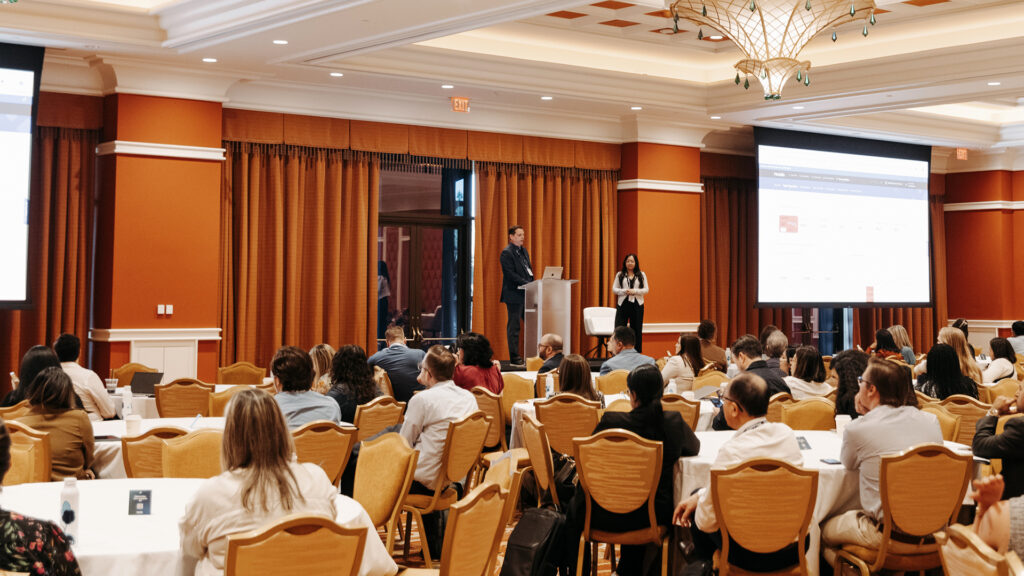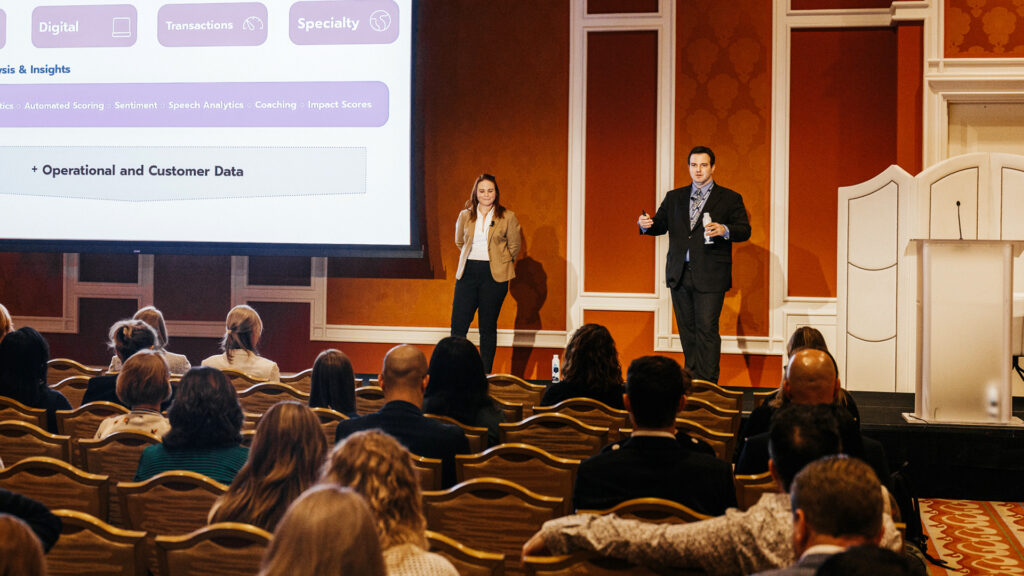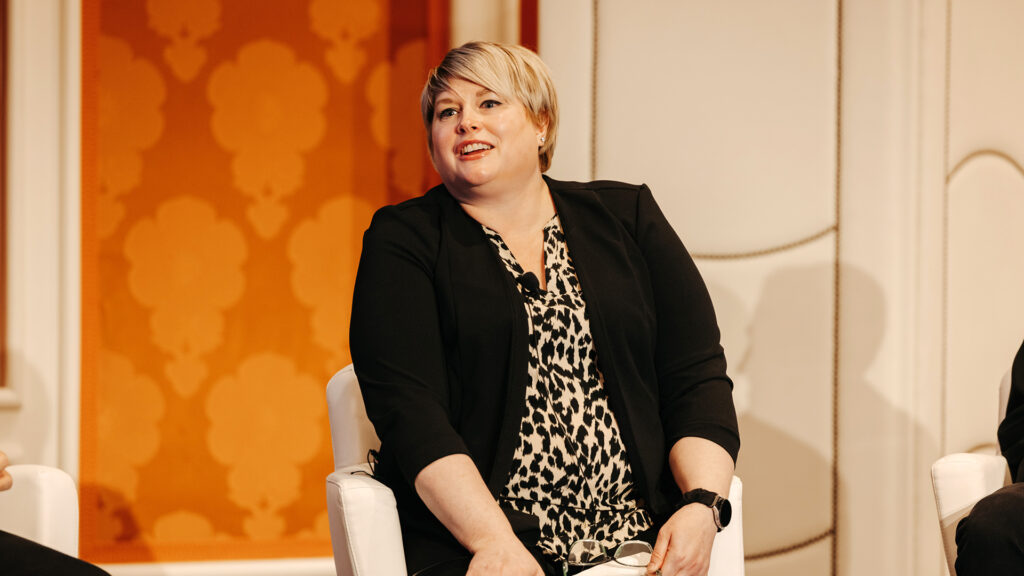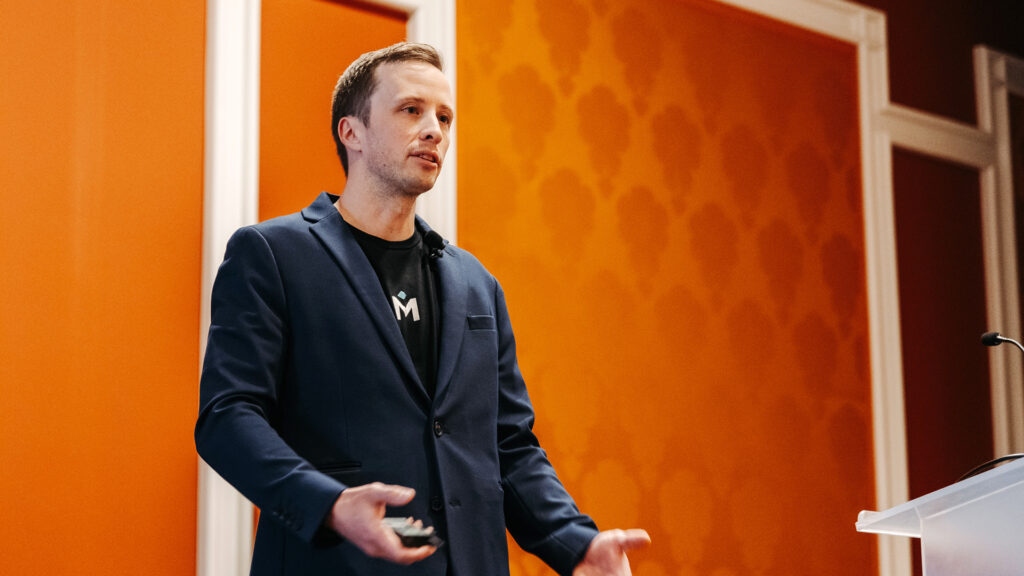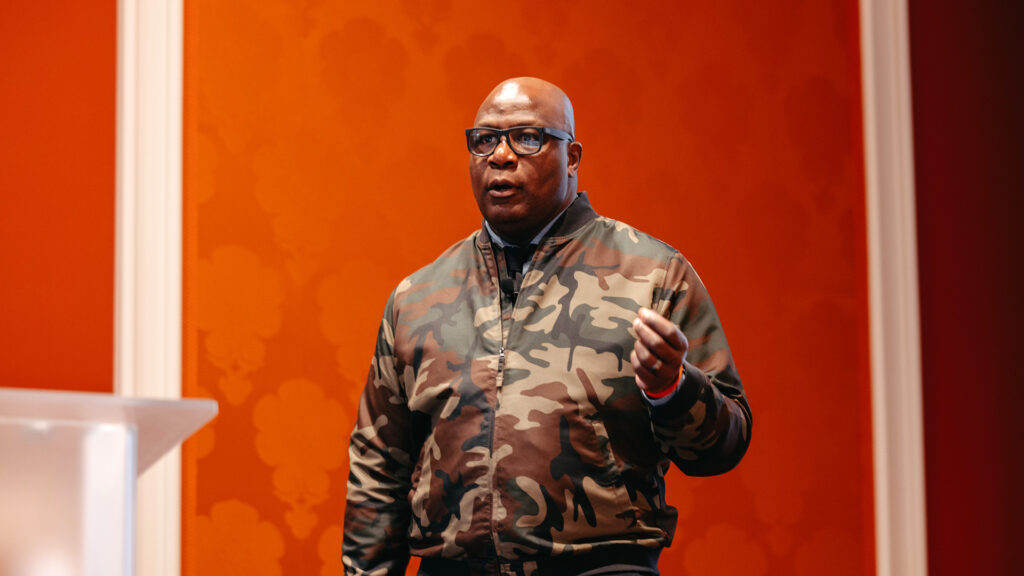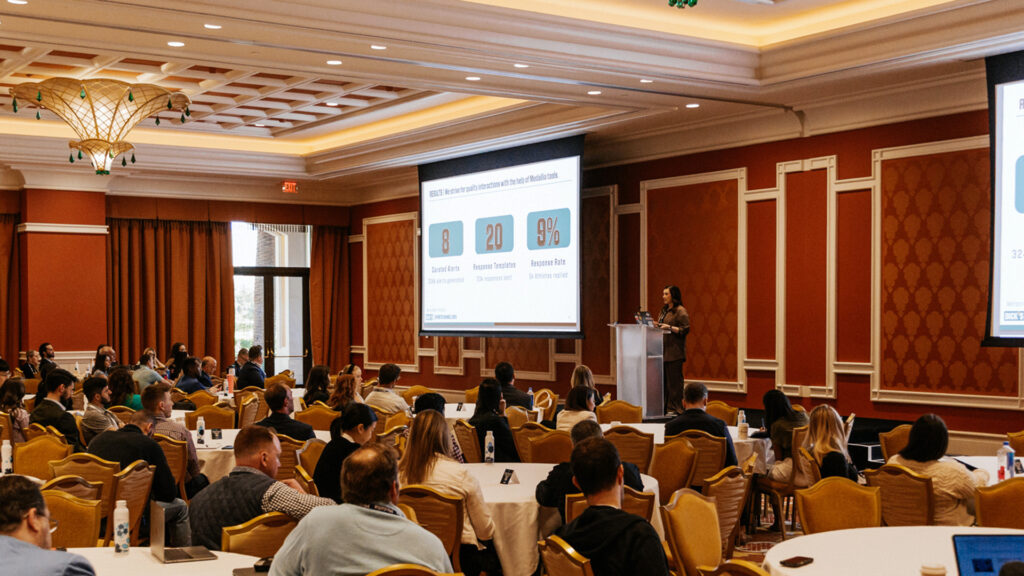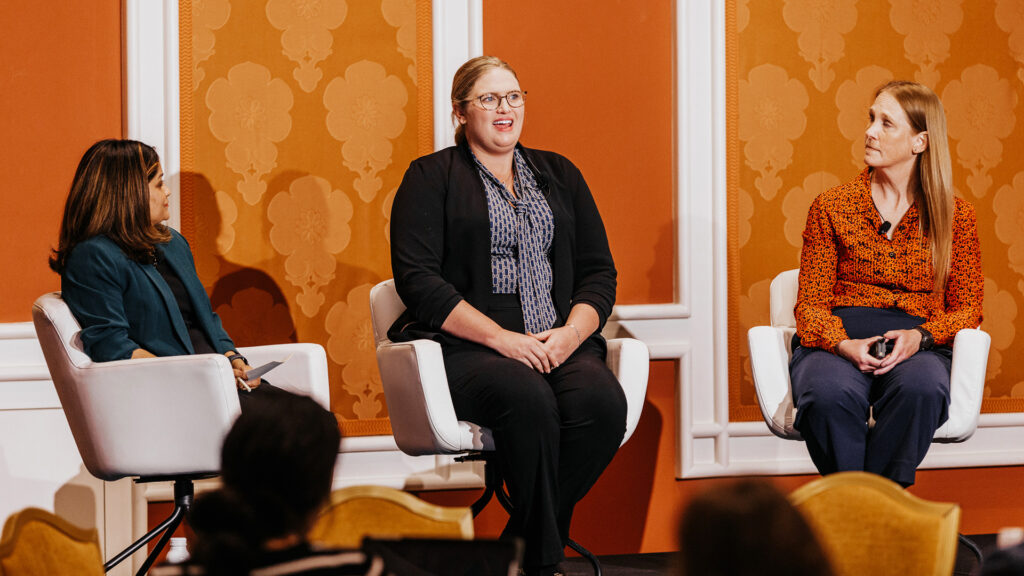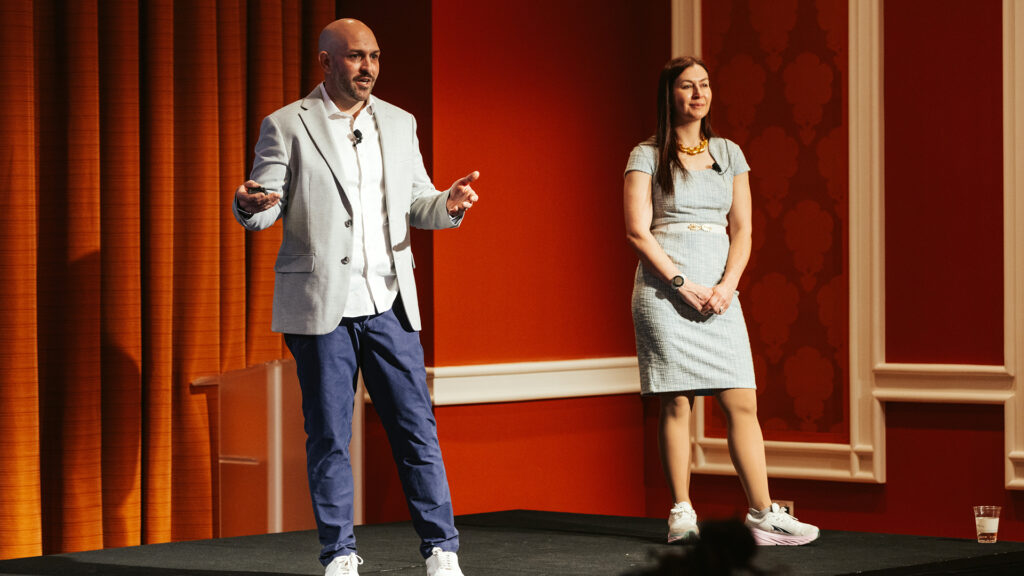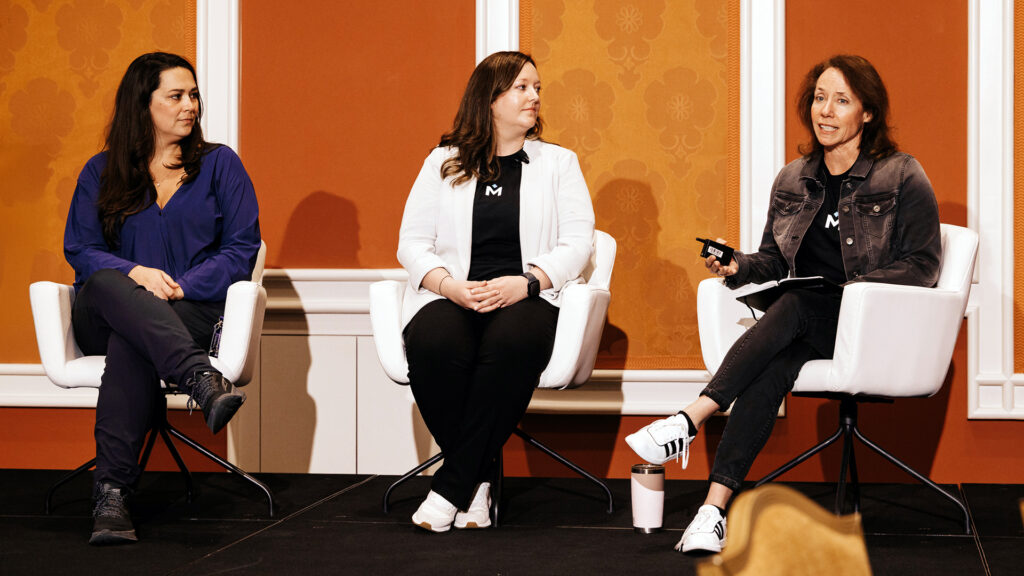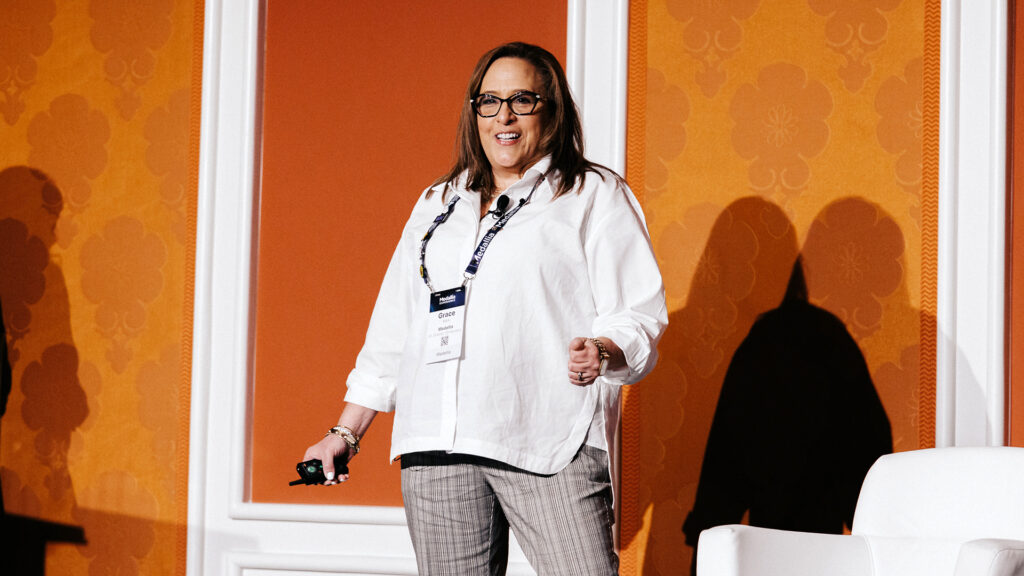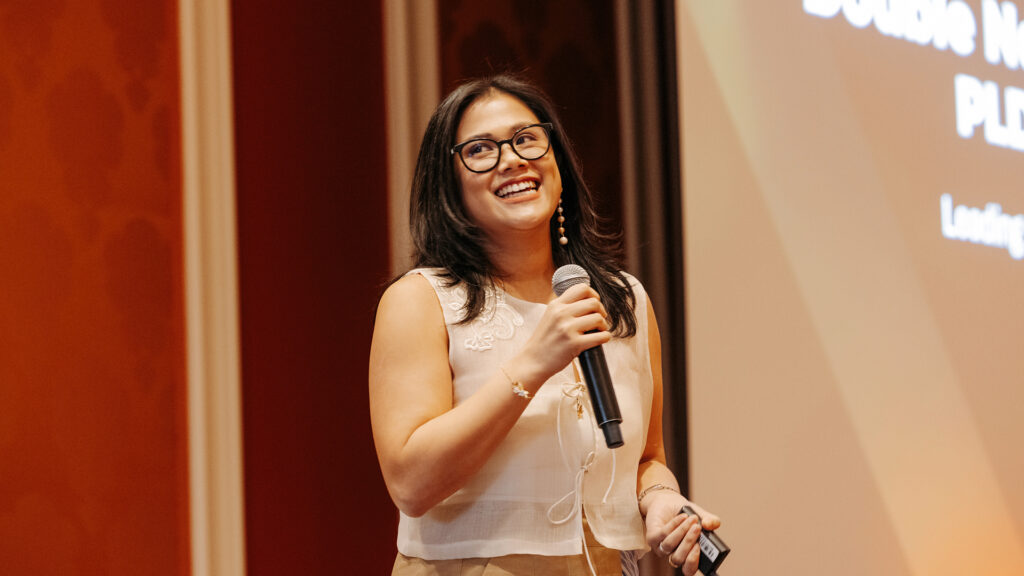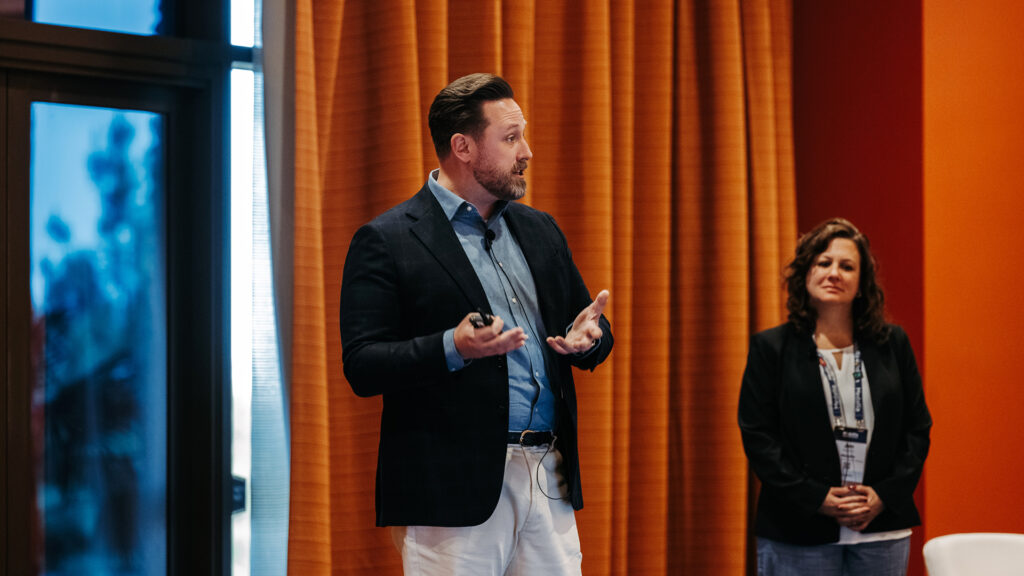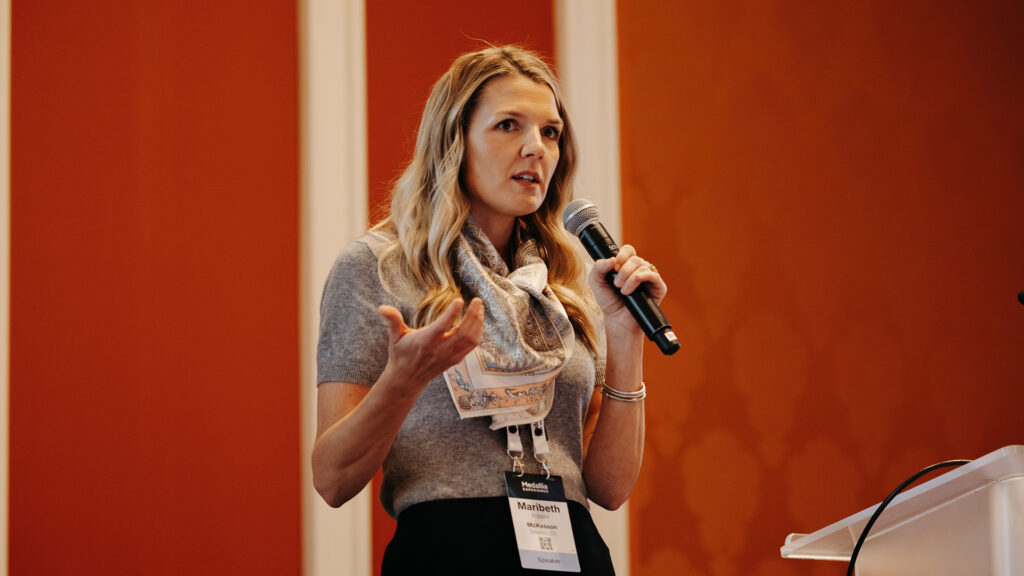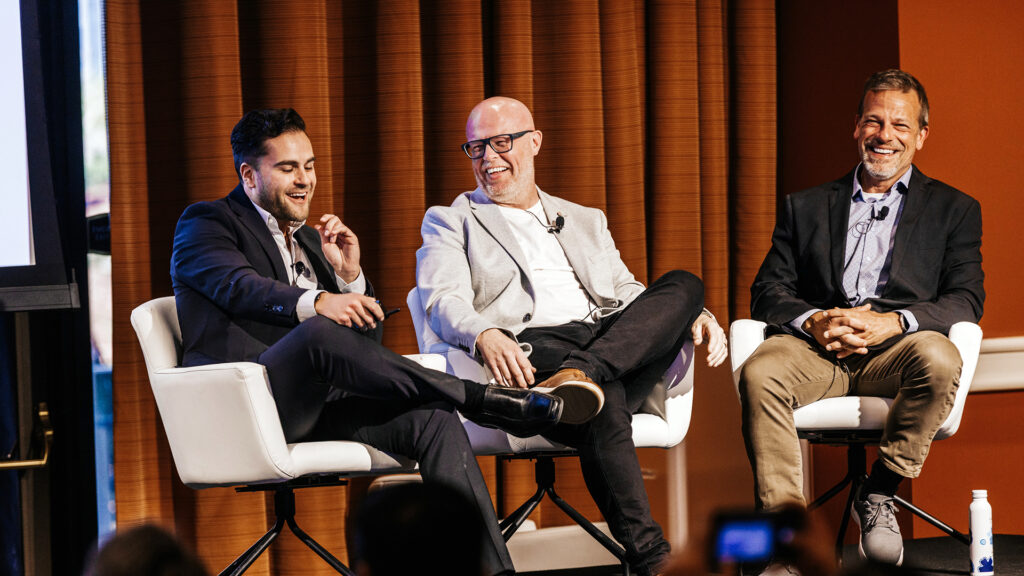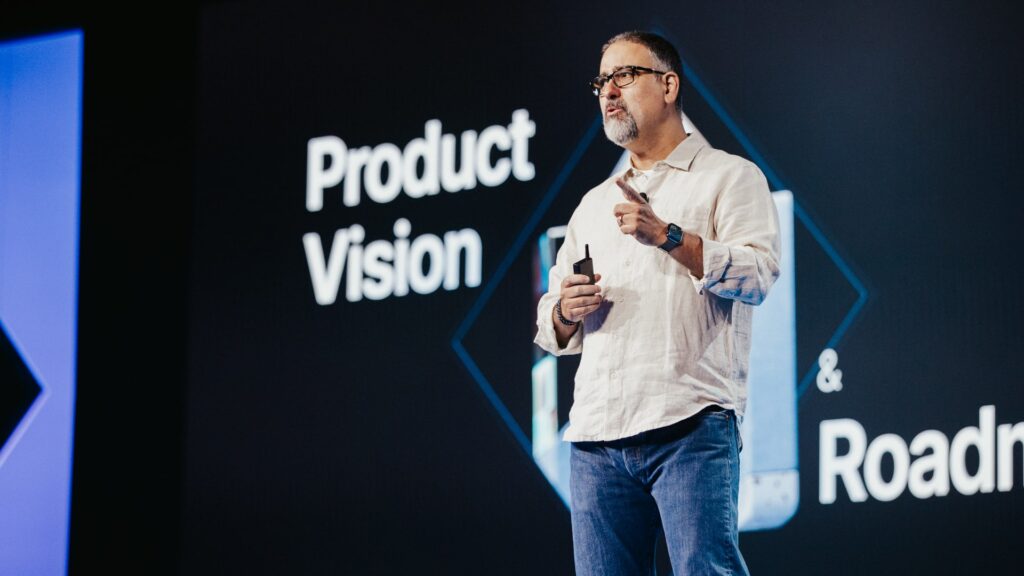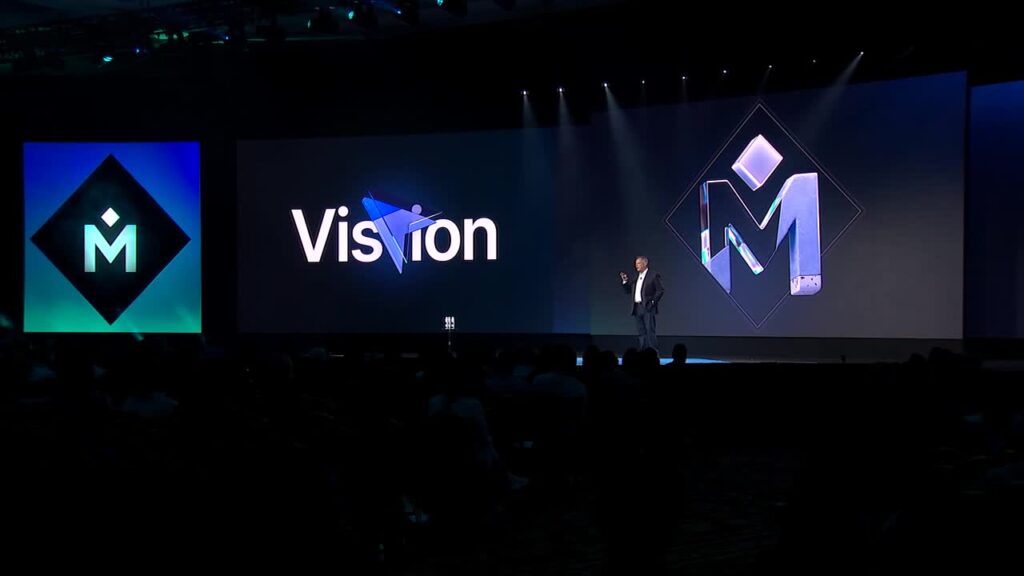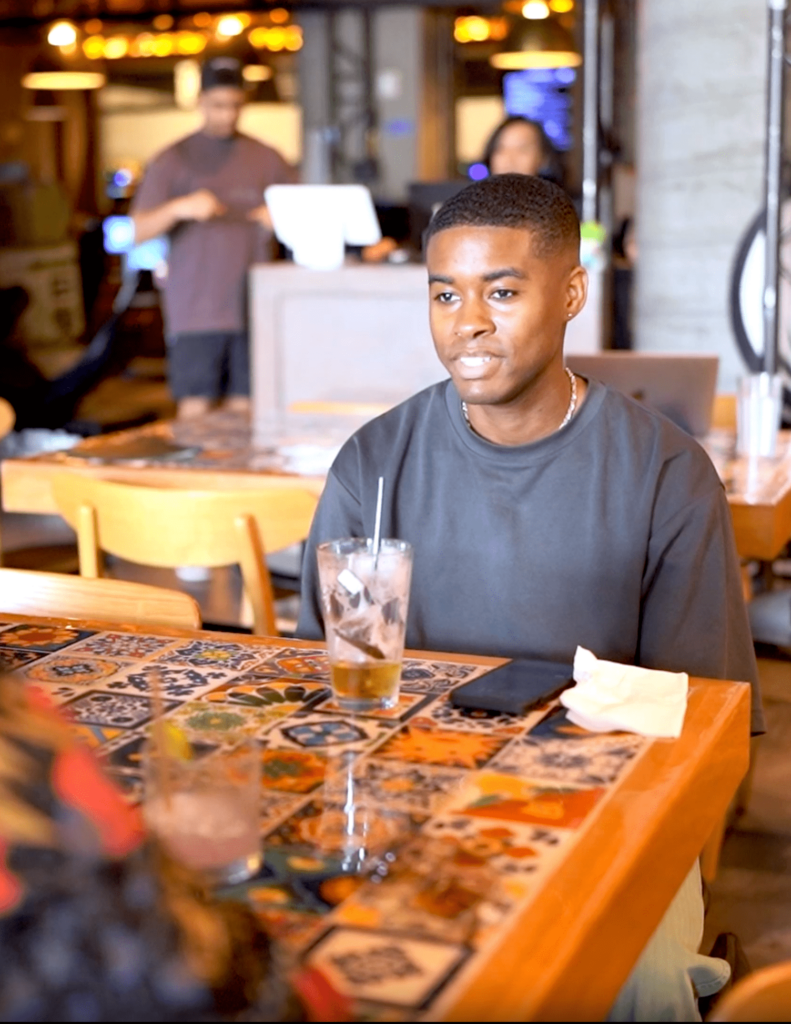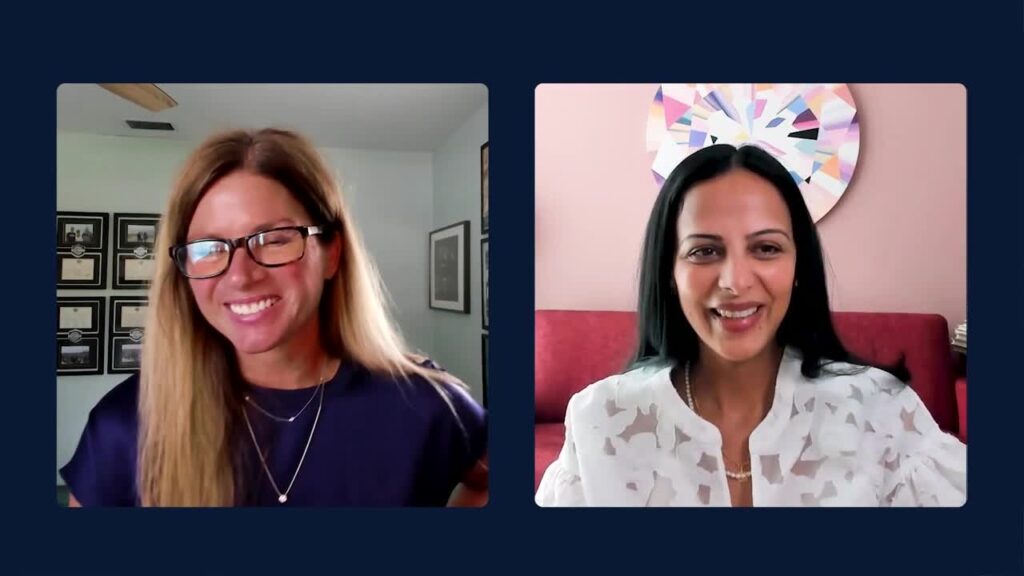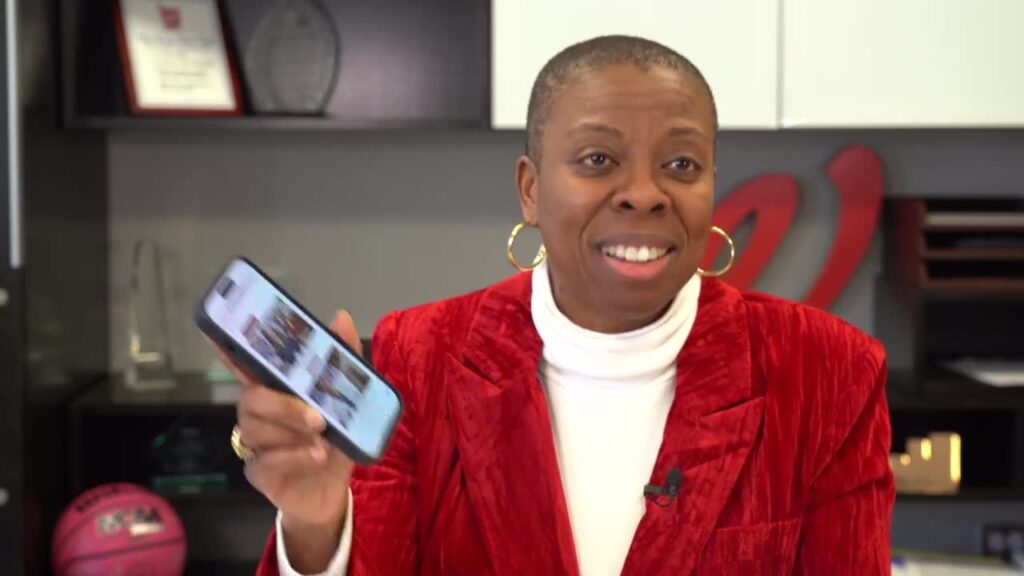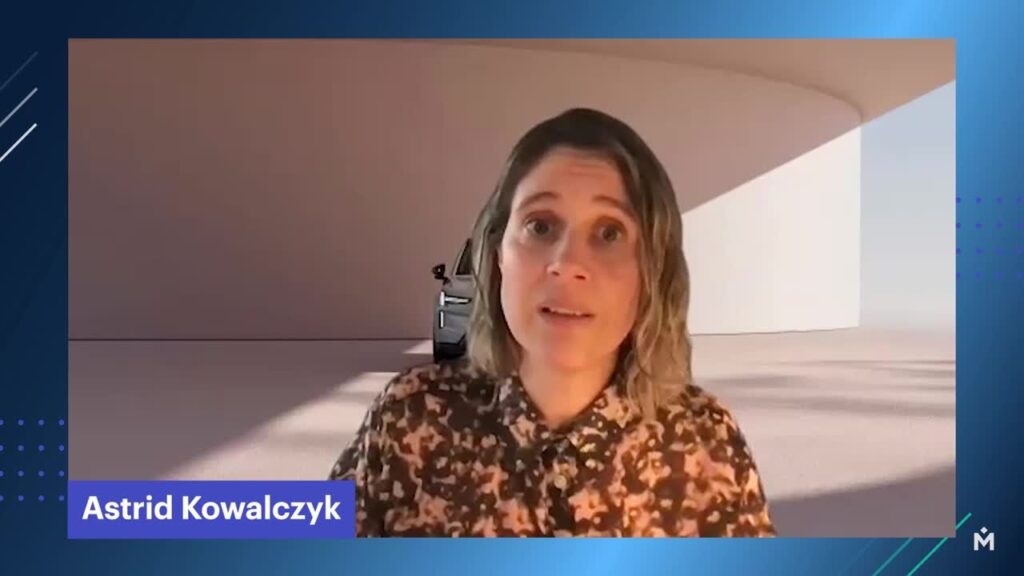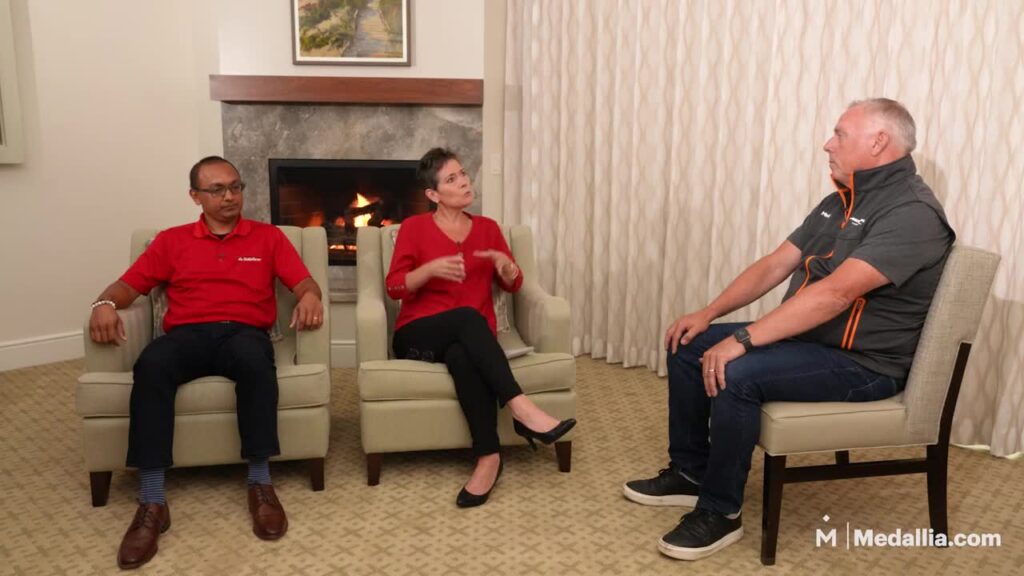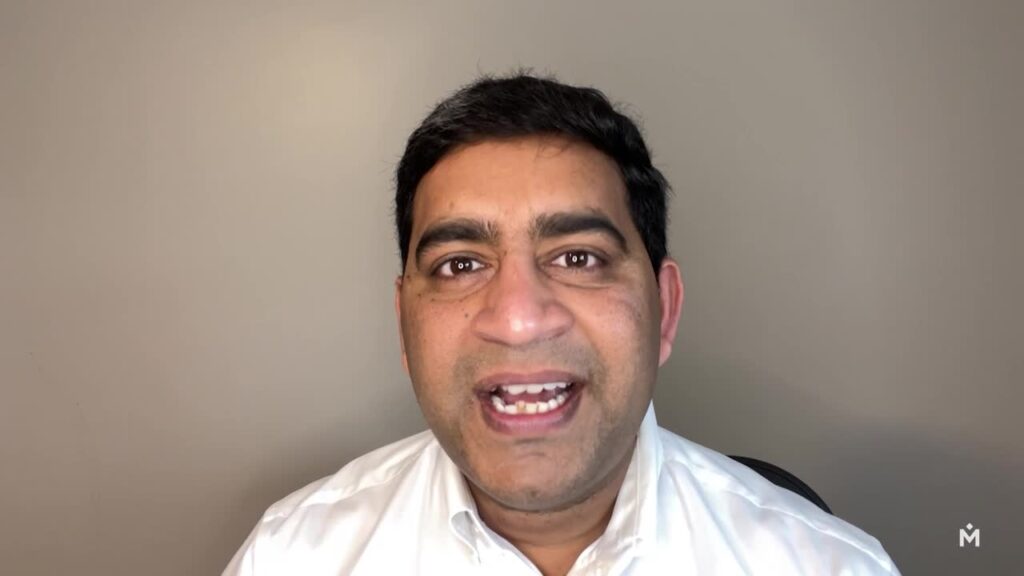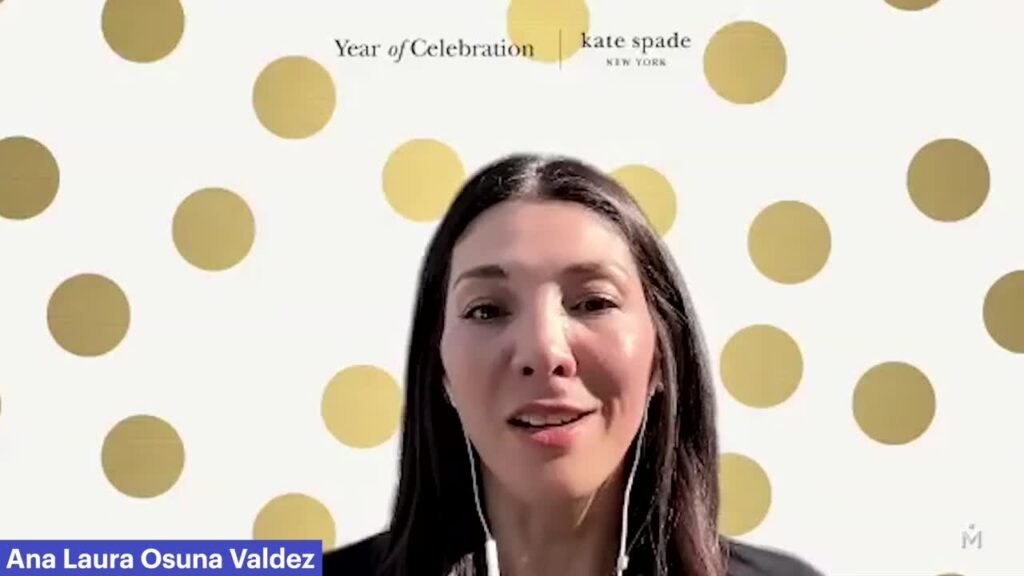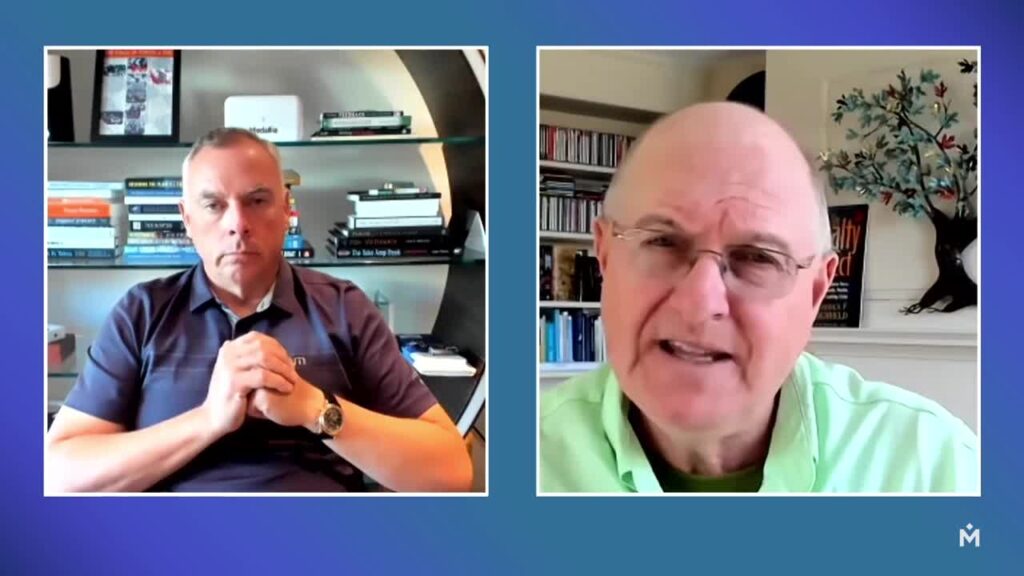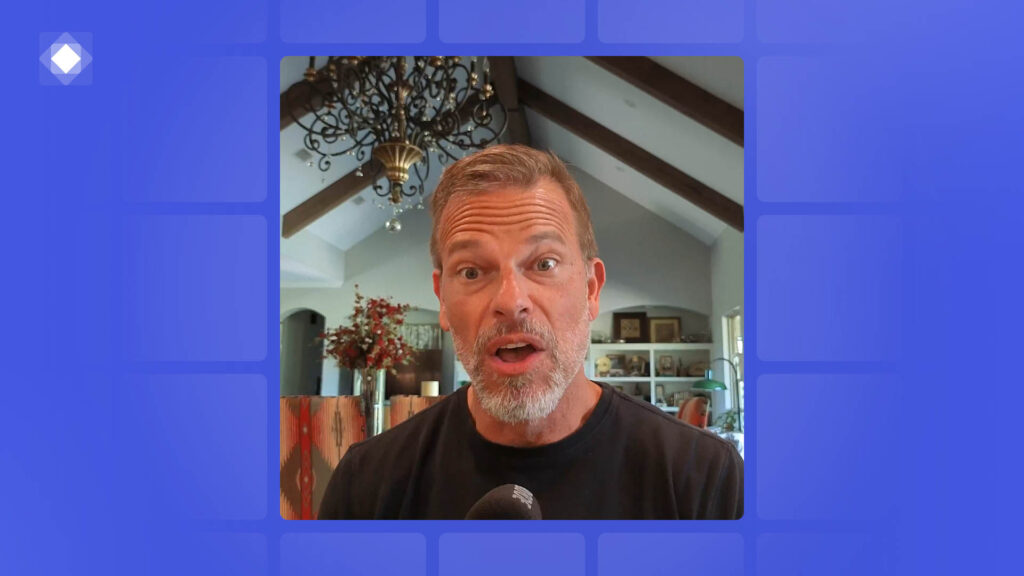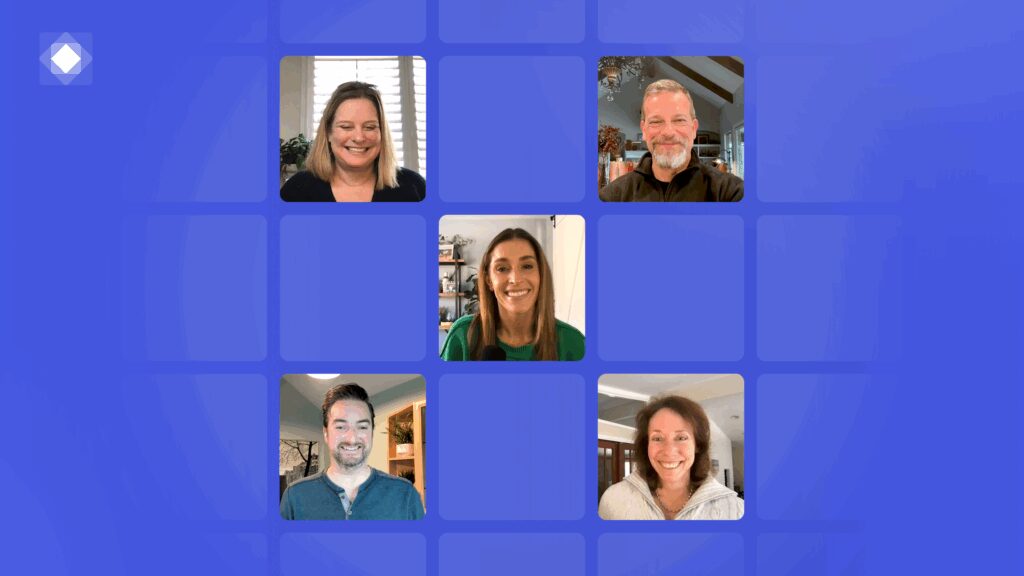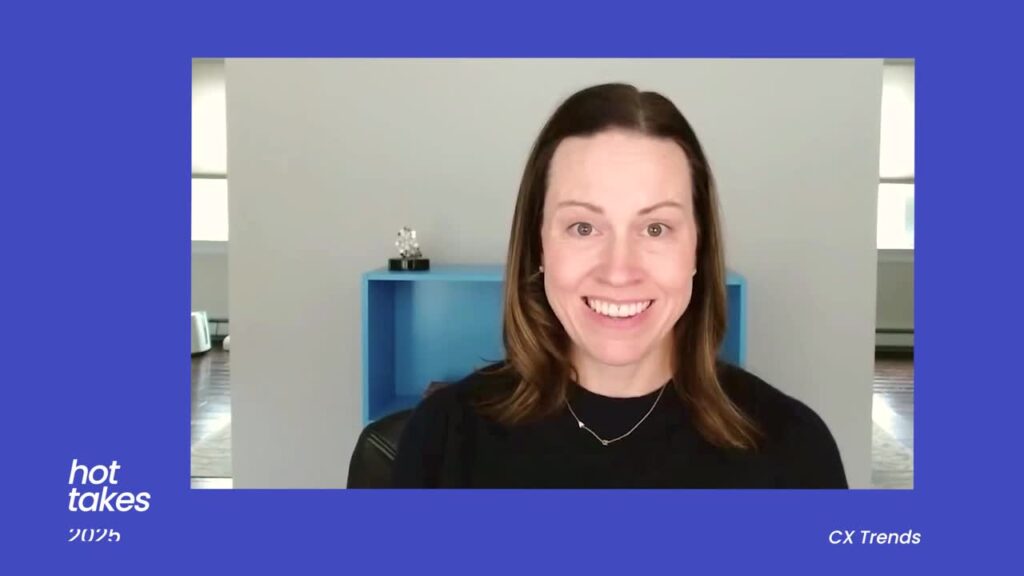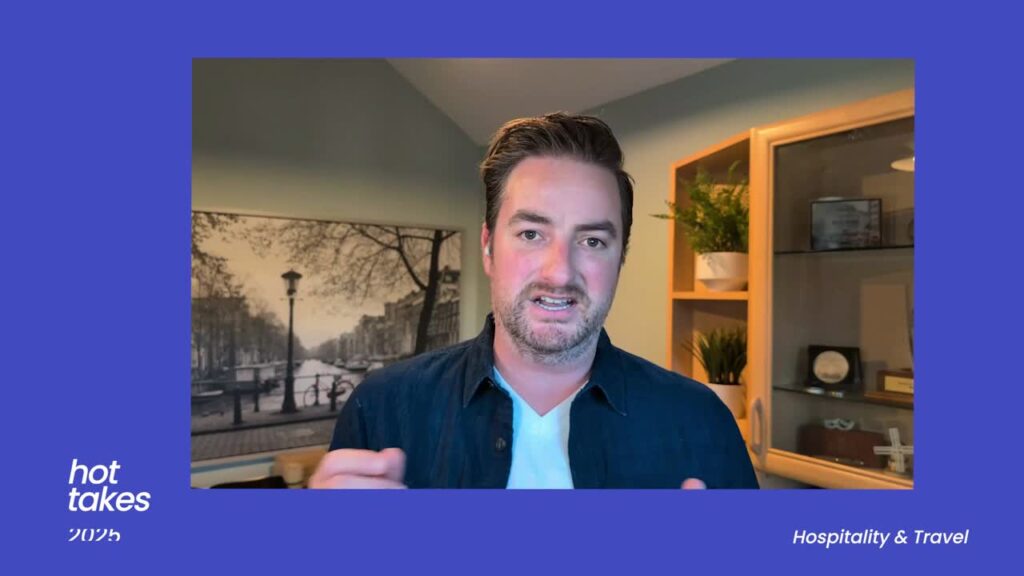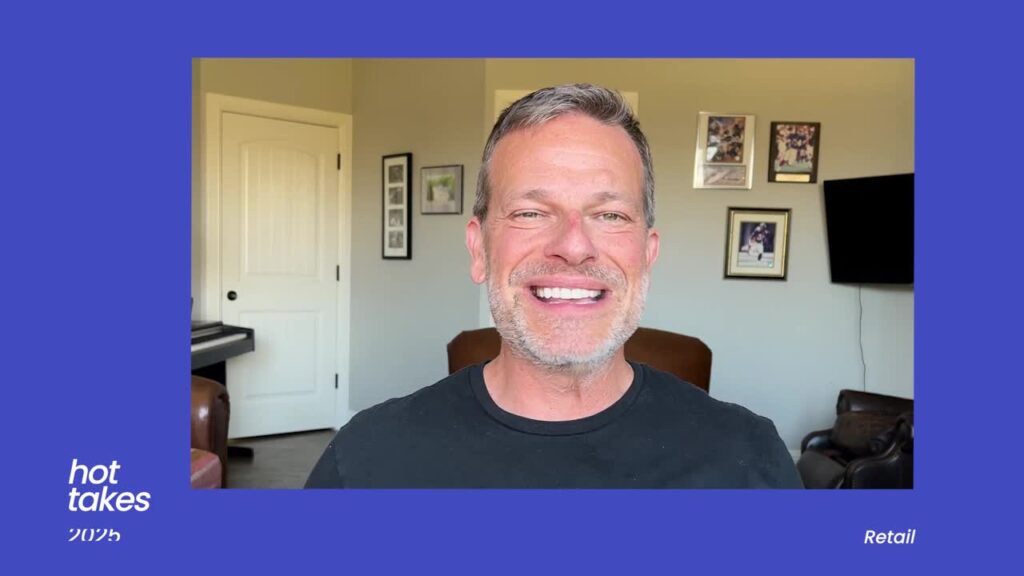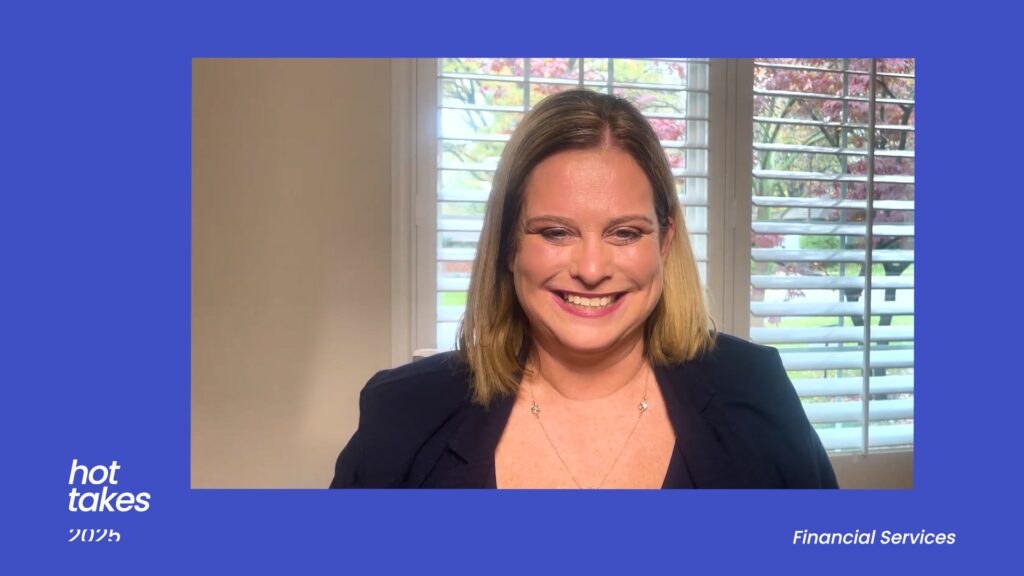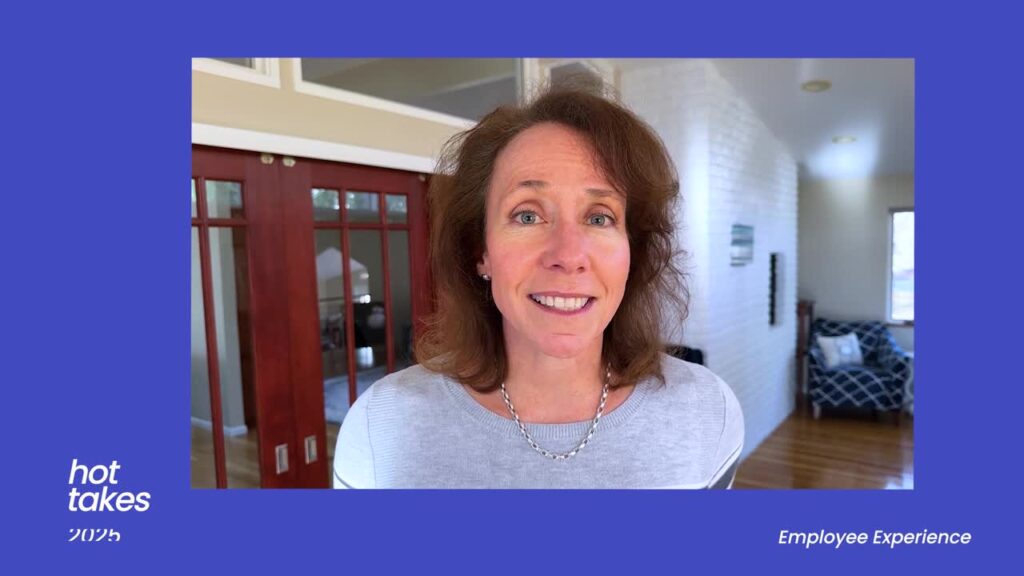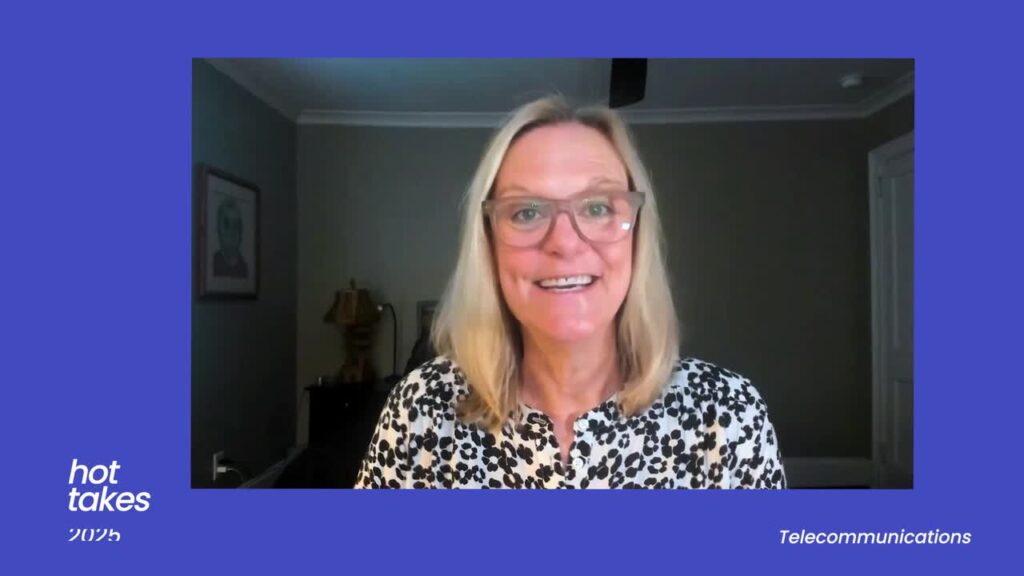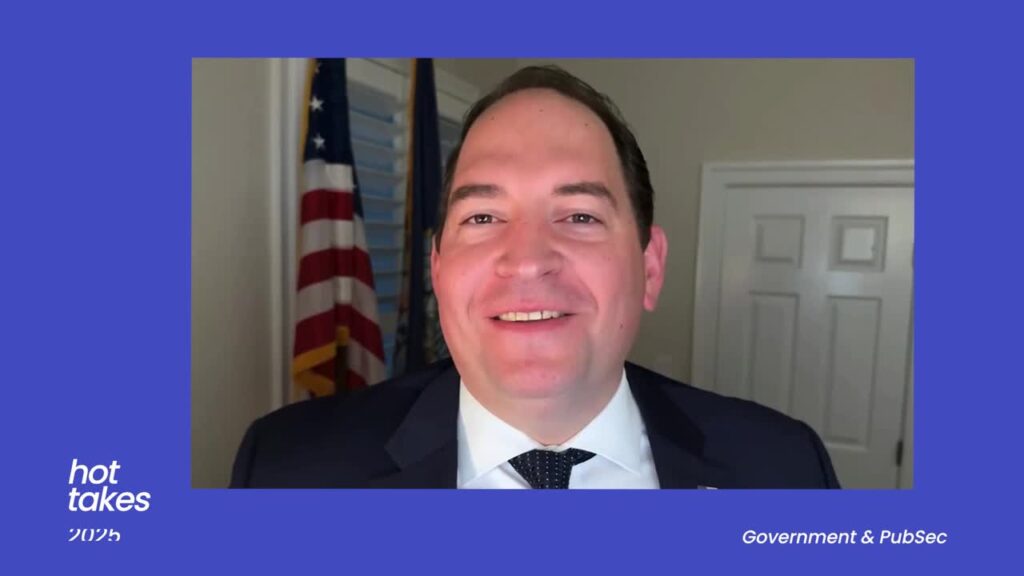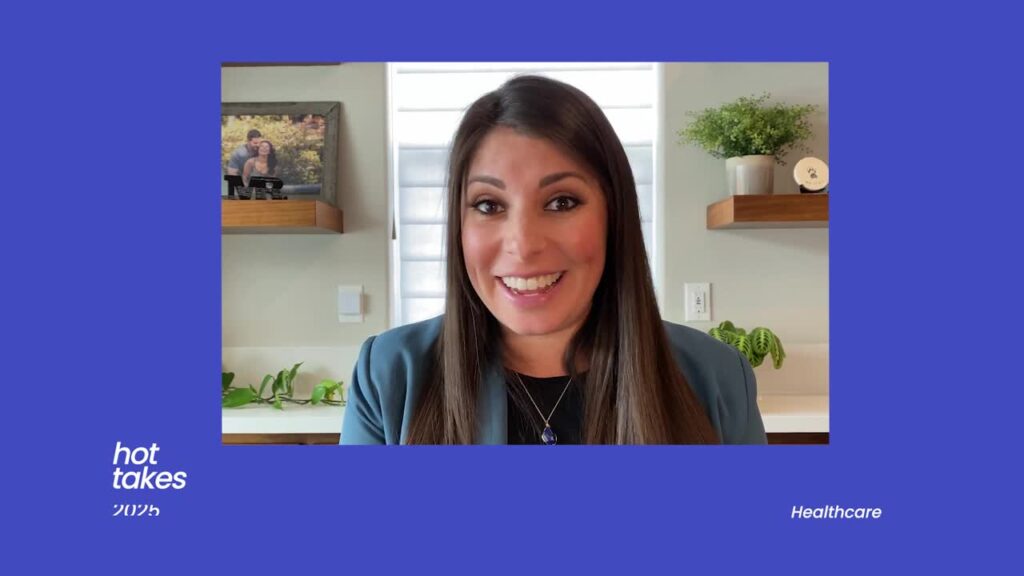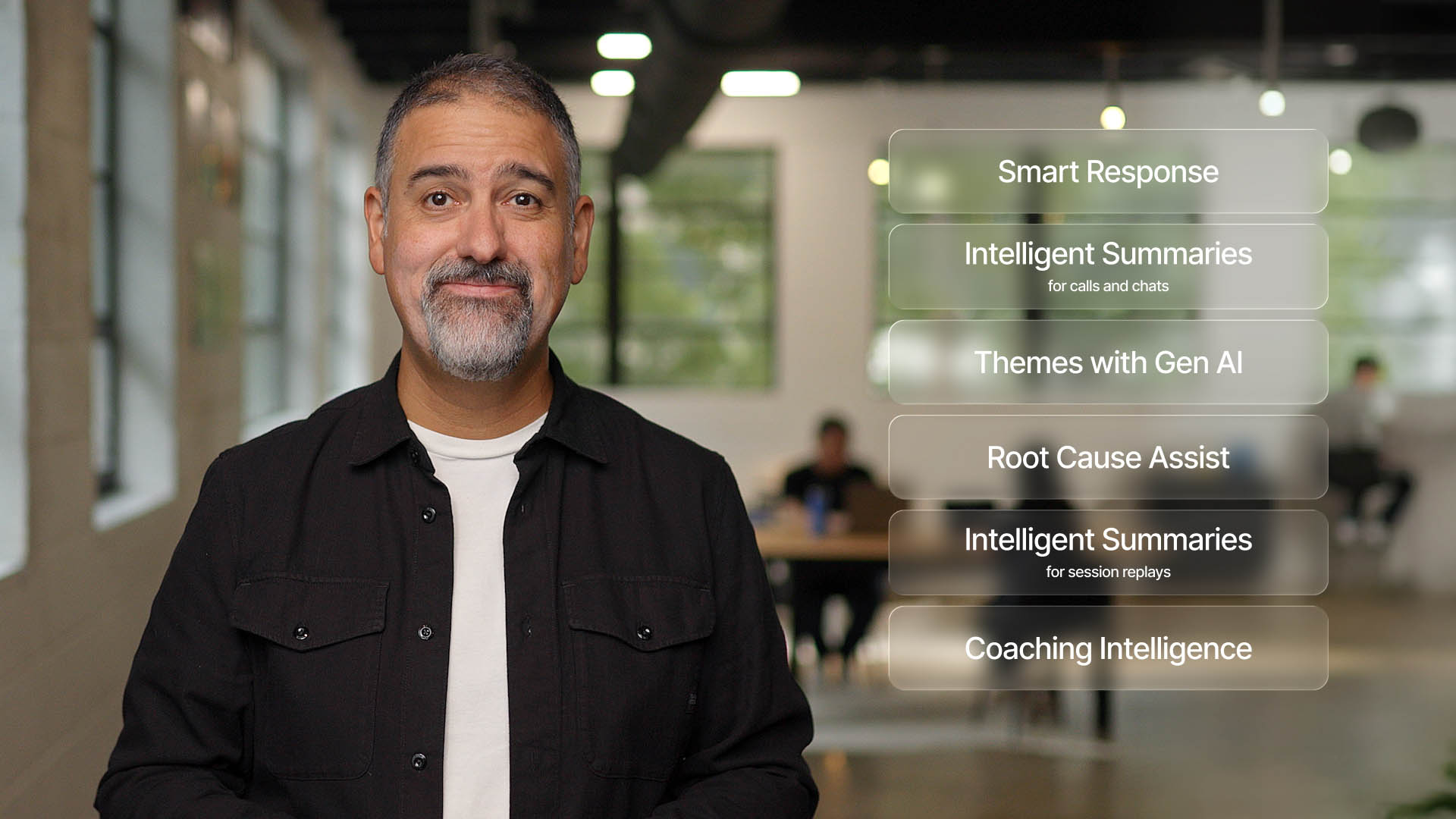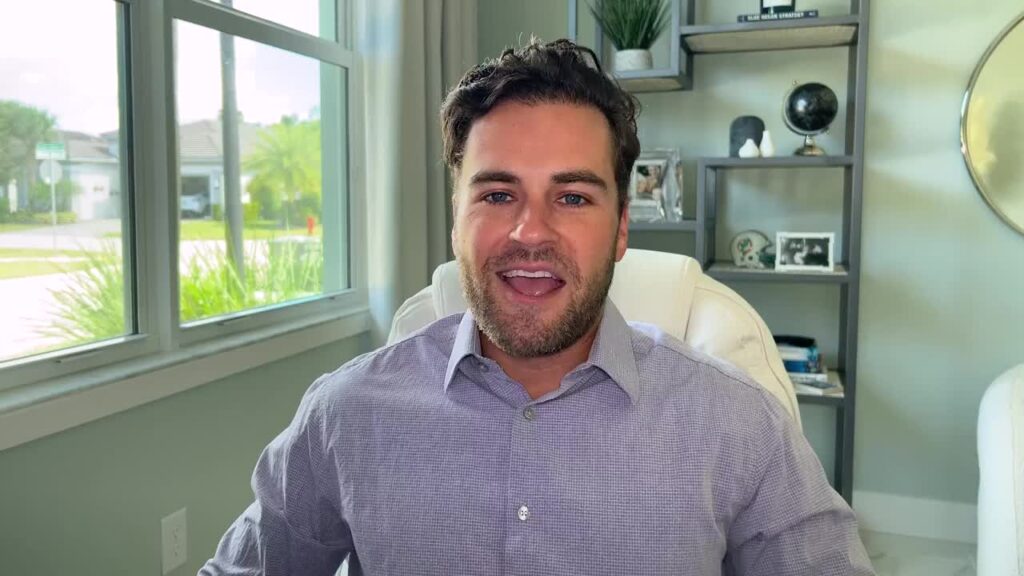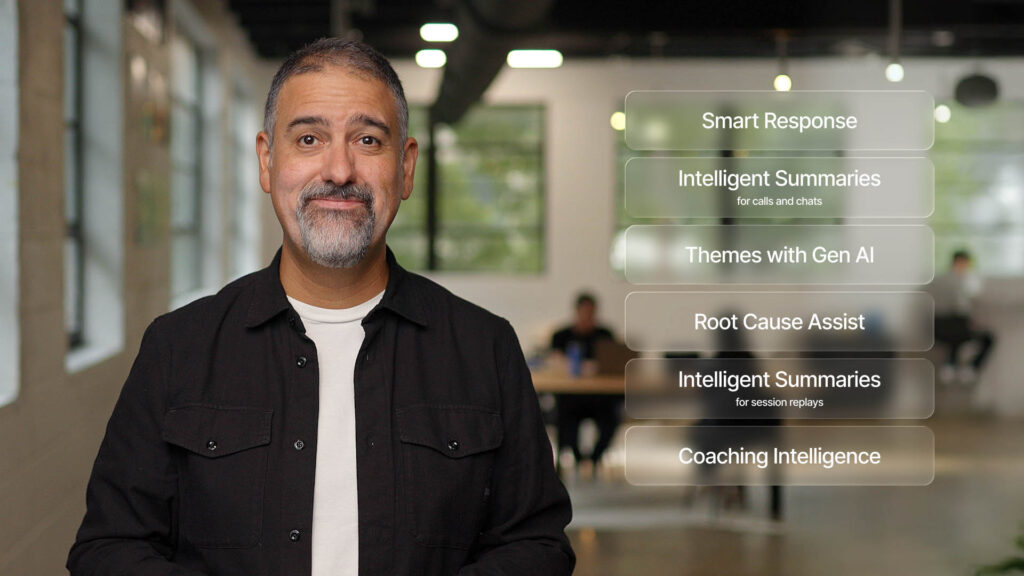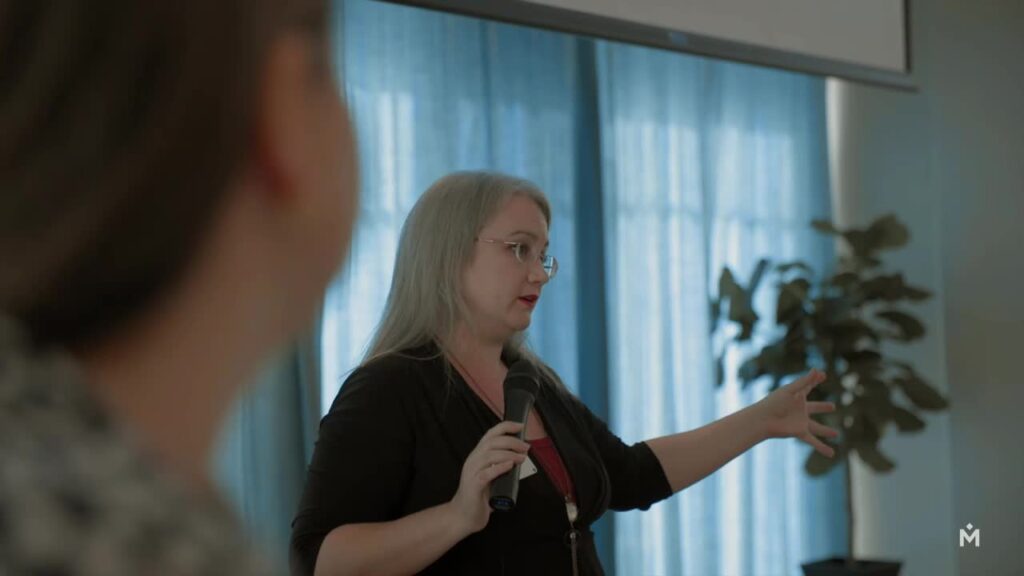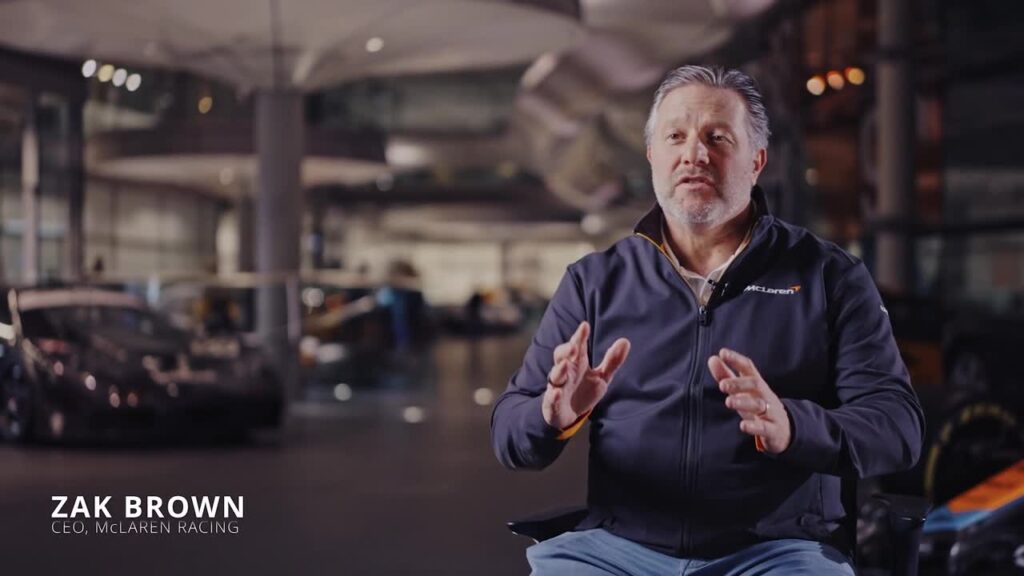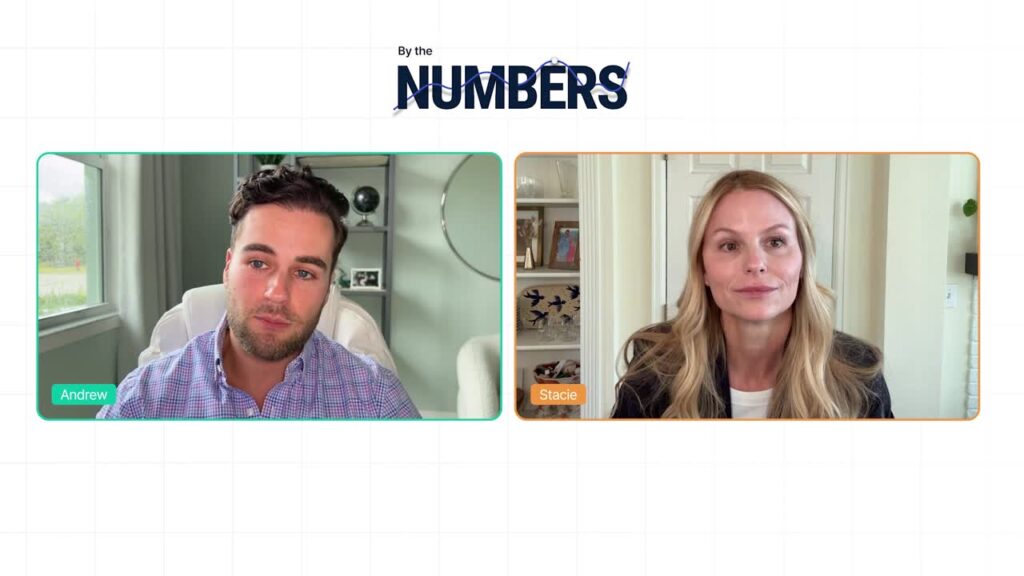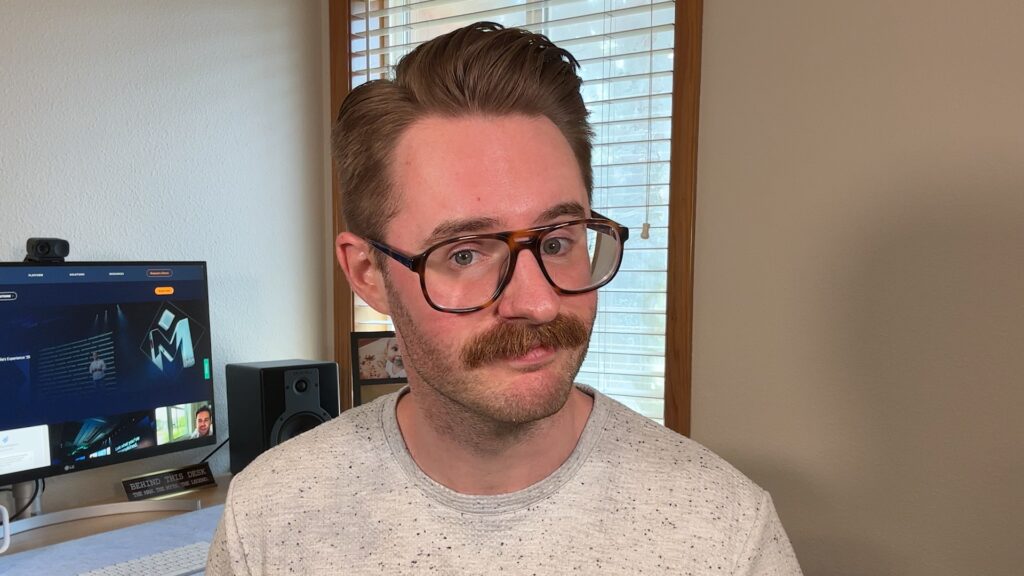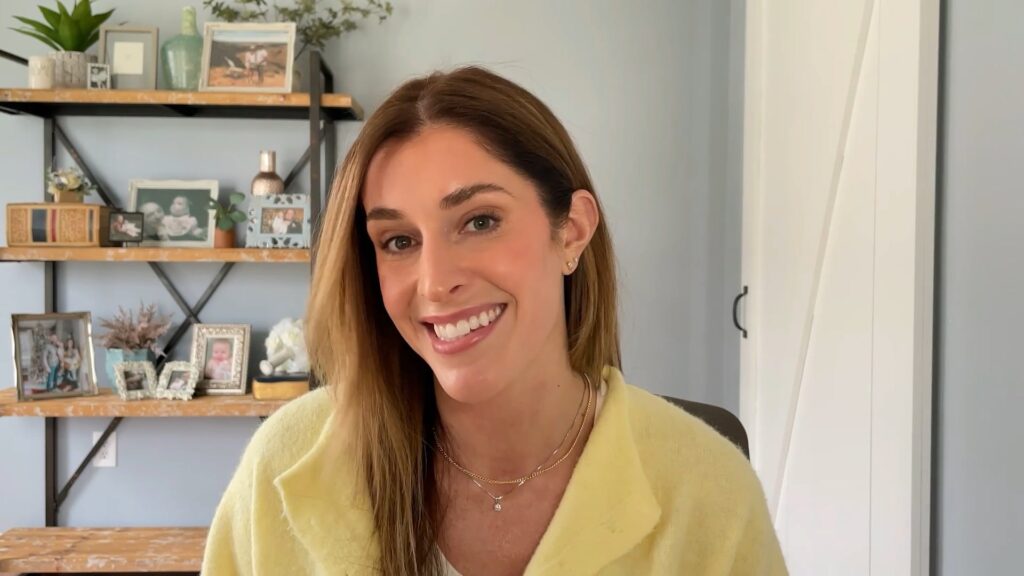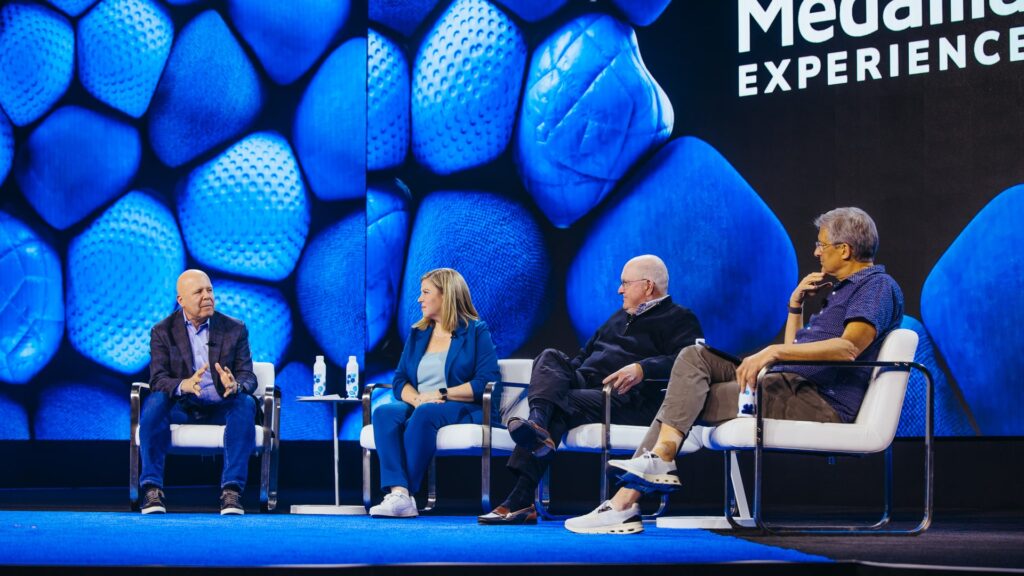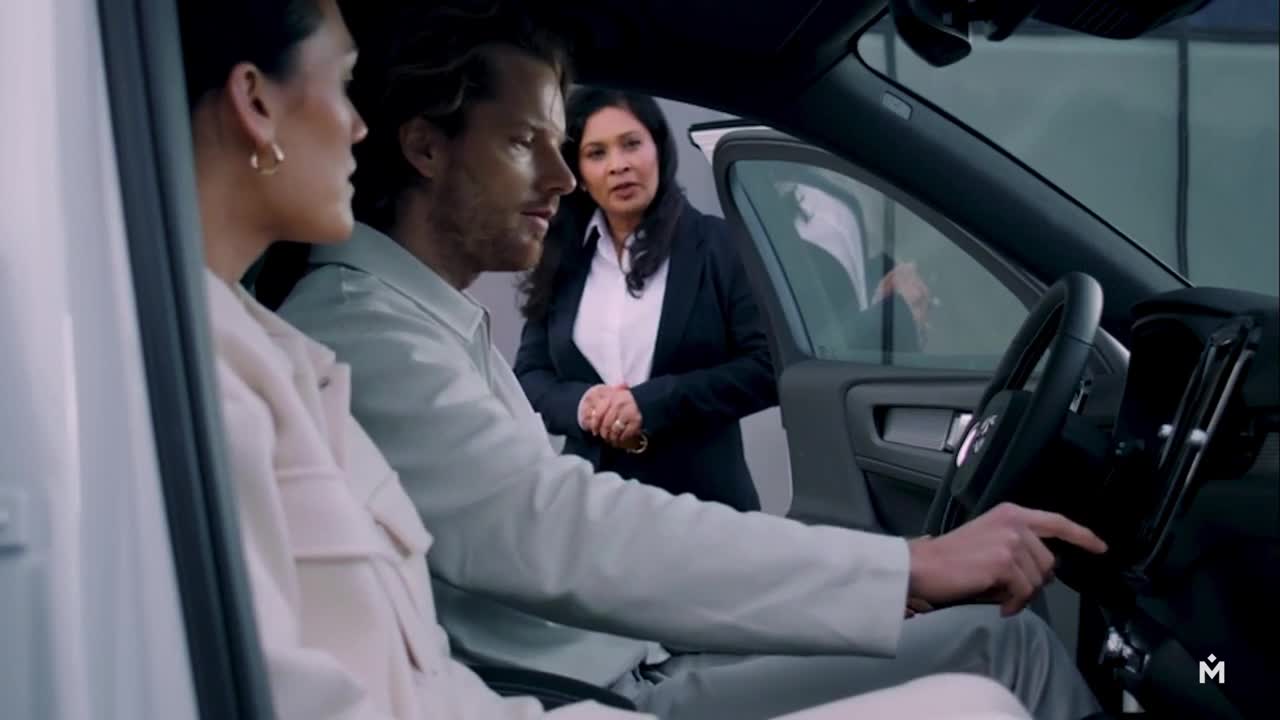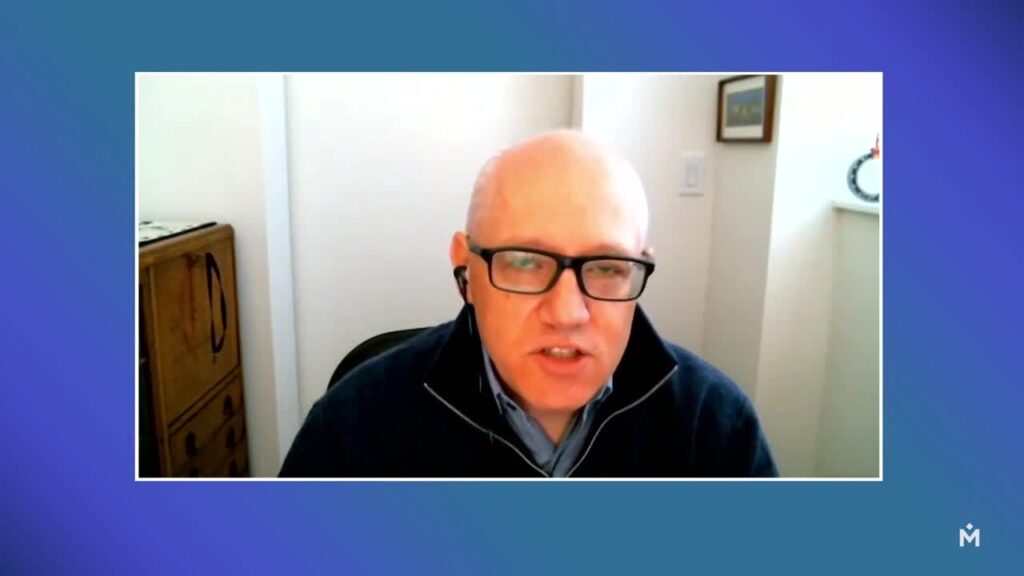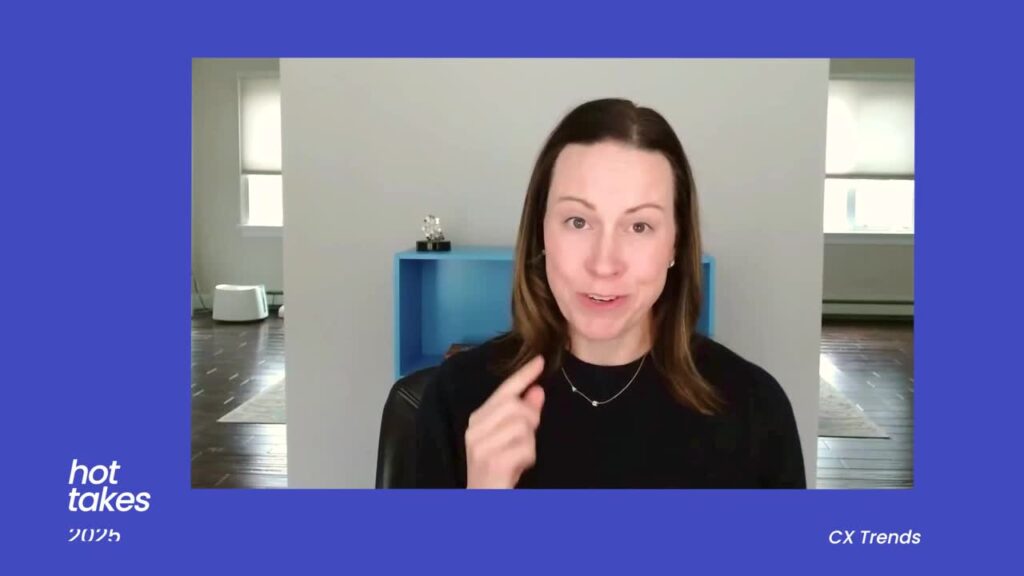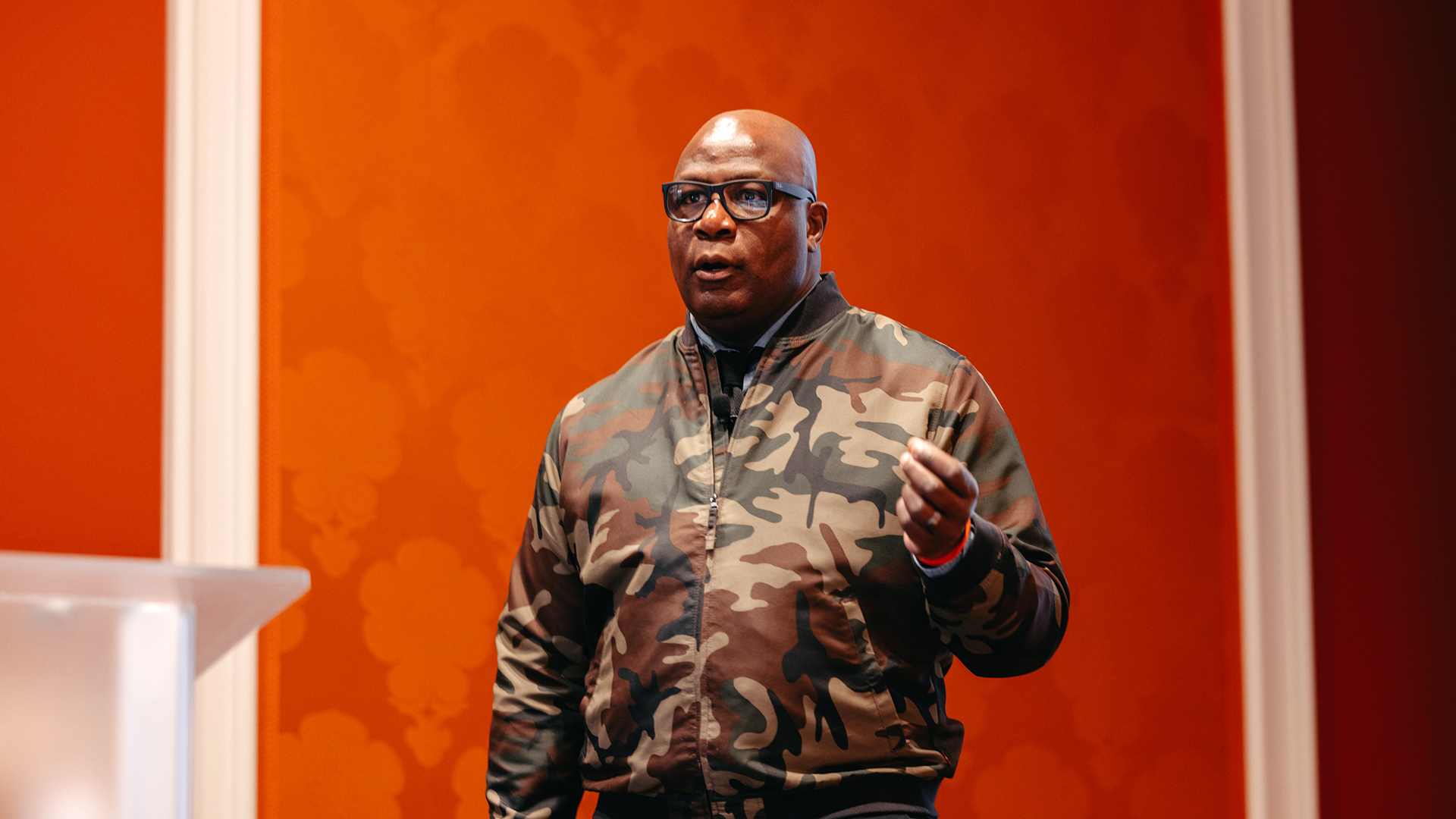Wayne Simmons: [00:00:00] Welcome to my session. I really appreciate you guys showing up for this. I really do. So we’re gonna get started. We have about 45 minutes to go on a little journey together, and it’s gonna be tied to my journey. So coming into this industry called pharma and learning an enormous amount about myself and about cx and what we’re gonna talk about today is really a commercial interpretation of cx And the one message that I wanna leave.
If it’s anything is that, and what I’ve learned is that CX is not a monolith. Like every company, every industry has a very different flavor and should have the freedom to have the flavor to match the business. So what you’re gonna see here is a evolution of my thinking and our work at Pfizer to create a CX model that works for our business.
And it wasn’t really about. What CX tools will bring to bear, or technology or data. It was like what’s important to the business? And so that’s what you’re gonna see today. So let’s get rolling. I like to talk [00:01:00] about this statue. You see the statue everywhere. There’s one at Study Fire Rock in New York.
This one is from the train station in Frankfurt, Germany. And it’s a statue of Atlas, and Atlas carrying this orb on its back. And I like to talk about this as customer centricity. This is the thing we have to carry around, right? And the C-Suite board of directors are always, compelling us to carry this load.
And then. I think that this is a humanities first CX leader. ’cause that’s really what we have to carry, right? So not only the technology and the data, the AI and the rest of that stuff, we have the burden often of carrying this idea of being customer centric on our shoulders as CX folks. So the range of expectations going from, bits and bytes to culture, that’s our universe.
And oftentimes in the weirdest the ways the. C-suite, they champion being customer centric at the beginning of the initiative and all of a sudden they disappear and like then we have to justify it. So that’s [00:02:00] a Atlas maybe is our. Patron saint, if you will, or preaching God, but he’s being punished by Zeus to carry the weight of the world and the way to centricity on their back.
So this is my little connection to what I think is our broader mission and for us today. So what we’re trying to do, what a bearer is a bearer of this weight. So what I’d like to get out today, the objective is to. Re for us to reignite as a group, this urgency around being customer centric let’s get that back into the mix.
AI is critically important as an enabler, but our end game is to be customer centric and build customer centric organizations. And next is shifting the narrative around cx. There are a lot of narratives around customer experience as a function and how can we elevate the conversation. So that’s our objective for today.
That’s where we’re going. So I want to just share a little bit about Pfizer, the company that I work for. I have several colleagues in the audience as well, but give you a feel for the nature of our world and the context in which we’re trying to do customer [00:03:00] experience. So we’re Brooklyn born. So many folks don’t realize that, but we’re headquartered in New York City.
And we are born in Brooklyn. We’re 155 years old, I think 156 years old now, but started off as a, packaging chemical pharmacy type company in Brooklyn. And now we’re Hudson Yards A in a 67 foot story building. And Armada is science to win. We really are, we’re all about science. So one of the things that I learned coming to pharma, this is my fourth year at pharma now, is that it’s all about science.
It isn’t about the products or the brand, it’s much, but the back of this is science. And in the business that we’re in, we have every kind of business model we can imagine. We have, I. R and d. We have manufacturing, we have distribution, we have supply chain, we have direct to consumer. So it’s all wrapped up in this idea science will win.
So let’s show up you a little further. I wanna play a short little video, so indulge me a little bit, but I want to get us all aligned on, on where we’re coming from.[00:04:00]
Voiceover: There are so many losers.
They’re everywhere.
Doubt, fear, sorrow.
Voiceover (2): They lose,
melancholy, loses, confused, loses, uncertainty, hopelessness and illness. Old losers. There are just so many users when science wins.
Wayne Simmons: Yeah, so that’s where we’re coming from. We’re about science, we’re about patience. And the trick of [00:05:00] this is pharma is extraordinarily complex. If you didn’t know, it’s a very complex business. We have payers, we have providers of every stripe. We have retail. So it’s very complex.
And for us, we have to figure out who is our customer, who are we focusing on? ’cause you can’t boil the ocean. We can’t do it, we can’t hit everyone or focus on everyone, or we’re focused on our healthcare professionals. Doctors, nurse practitioners. How we help them help patients. That’s our mission.
So that’s the business model we’re trying to activate in our world. So hope you enjoyed that. Now, let’s jump in a little bit. So this whole story is around how do we take this idea of being customer centric and make it urgent and customer experience and make it urgent. We are, we’re all doing it, right?
We’re all doing it, but is it urgent? So that’s the mountain I think we have to climb. That’s mountain we’re trying to climb. So what we did was a, my co-author, I, for the book, we wrote, this is [00:06:00] a shameless plug by the way, but the co-author, we realized that there was a gap in marketing and sales.
And I would imagine every company in here, marketing and sales, is always top of mind, right? So not trying to, hey, CX is very important. We have to focus on it, but how do we enable marketing and sales? How do we get into that urgent conversation? As an organic part of that function.
That’s really what we’ve been working on, working towards. So we’ve changed some language. It’s not customer experience, it’s customer excellence. The reason we say that is ’cause it fits in to the language of the organization. So everyone knows about sales excellence and marketing excellence. We probably all have that in our companies.
So customer excellence is now more aligned to that language. Part of that equation and the end game is in launch excellence for for pharma. Launch excellence is another functional area. So that’s the model we’re trying to operate in. And you can see we fit in organically into this model. And our end game is commercial excellence.
That’s, and that’s measured in two different variables. [00:07:00] One is actually value for the patient and HCP and the value for us as well. We’re in business to do business. So that’s the model we’re going with and again, trying to make customer experience urgent. So let’s take a step back. We all have a good movie.
Going to the theater used to be a thing, right? And my favorite movie of all time, you’ve probably never heard of it. I watched it with my dad as a teenager, and it’s called a French Connection. And maybe you’ve heard of it. Maybe you haven’t heard of it. It’s from sar, gene Hackman, who recently passed in the news and just, I love the movie.
I’m a Franco file because of that movie. So French Connection, the reason why I love it is because. It’s a story of obsession. This story, Lord, the Rings, you’ll probably all know this, my daughter and I watched as she grew up, and this is her favorite movie, and the same dynamic, right? Totally different genres, but same dynamic.
A, a story of singular obsession [00:08:00] and that kind of keeps the whole thing going. So it could be a horror movie, it could be a drama, it could be a, a coming of age movie or that power of obsession is what drives it for me. I’m sure you’ll have your own. Your own vibe. So I’m bringing this up ’cause whether you know it or not, and in marketing, whether they realize it or not, this is a singular obsession.
It’s called the funnel. How many folks in here use the funnel in their day-today work or in their enterprise? Yeah. Yeah. You’re all shying away nodding. But this is a singular obsession in corporate America or global corporations. Every one of us recognizes it immediately. I. We all see it. There’s a language around this tofu, mofu, bofu.
Like we create our own language around this. So any one of us can go into our another person’s company and immediately be able to sit down and have a conversation about the funnel, the pipeline, the conversion funnel, the marketing funnel, whatever you wanna call it. So this is a singular obsession. [00:09:00] This is what the company’s thinking about.
So when I talk about getting customer experience at the discipline. Part of the urgent agenda. The question becomes how does it help with this? So tying it directly to this story, how do we enable this? Not trying to change your minds about what’s important, trying to enable and go with the flow.
This is very important in the corporate landscape. Now the reason why it’s an obsession is ’cause it works. So it’s been around for decades, right? And it’s super, super optimized for customer acquisition. Getting customers in a door, taking demand at the top, turning ’em into leads, SQLs m, qls, and then getting a purchase at the end.
It’s optimized for that. It does it exceptionally well. No question about it. It works. Now as CX practitioners, the bottom of this [00:10:00] funnel should be of great interest to you. It ends with purchase. And then it goes off into this never land. So all this attentions, we pay to customers as prospects and leads, superstructure.
We built around it. Billions of dollars in technology to support this then just pops up the other side and all of a sudden what happens? No one knows. And that’s where our challenge comes in as CX folks, is to how do we take that forward? But because marketing and sales, this is how they think. After that deal’s done, they’re moving on ’cause the funnel requires them to move on.
So we’re gonna change that very simple formula. I’m a liberal arts major, so I do very simple math and I know for a fact that two is greater than one, and three is greater than two. And the reason this is important formula is because if your focus is just on acquisition, it’s very limiting.[00:11:00]
Acquisition plus retention is much more compelling and powerful and creates more growth vectors for you. Moving on to three acquisition, retention, expansion is even better, even more compelling. So how do we play this game? How do we as CX folks change the dynamic where the full, the funnel is just one piece of the puzzle.
So this is the evolution from the funnel to the flywheel. We’ll talk about, we know the funnel and the driver behind is the customer. The customer is very different at each stage of this game. And a customer that’s a prospect, becoming a, going into the funnel has very different behavior, expectations, preferences than a customer that’s retained already.
A customer on the restriction side. Just ’cause you retain a customer doesn’t mean you’re gonna expand with them or it will expand with you, give you greater share of the wallet. So the message here as you go from the funnel to the bow tie to the flywheel, [00:12:00] this is the maturity track that we’re on. How do we introduce the superstructures that we have in the funnel to retention and expansion and this framework?
Basically, as we go deeper into it, it has a couple of different dimensions to it. It’s obviously an operating framework. As we think about the funnel, it drives operational cadence and commercial. I. So it’s an operating framework. It’s a strategy framework as well. Every one of these chevrons or buckets needs distinct and unique strategies.
Distinct and unique data, and it’s also a resource framework. Think about your company and how resources allocated. I’m gonna, I’m gonna put, I’m gonna bet we’re in Vegas. I’m gonna bet and say that ’cause the vast majority is allocated to acquisition. It really reemphasizes and reinforces this idea that we’re not thinking about retaining our customers and expanding with them, building a relationship [00:13:00] with them.
We’re very transactional, so that’s where we want to go. We want to be the purveyors, the architects, the drivers of this flywheel, and I’ll tell you why and how. What’s driving this is voice of the customer. We’re in that old school term. Sounds a little old, sounds a little dated now in the era of ai, but voice of the customer drives this and customer context drives this.
That’s how we play. We’re the fuel for this flywheel. So if we’re doing voice of the customer, regardless of how you’re doing it, this is the context and where it land needs to land. ’cause it’s unique it’s distinctive data and it’s the fuel for this flywheel. So this is our opportunity as CX folks.
How do we get into the commercial game by introducing the flywheel and it benefits therein? And I would just ask that, do a quick test in your environment on research allocation. Ask people how are you allocated against this? [00:14:00] And you’ll see a very dramatic and scary picture. And basically what we’re doing is leaving money on a table and leaving the customers that you’ve spent so much capital to acquire.
At risk of churning. So it’s a bigger picture than just, surveys or data, or even ai. It’s not driving the commercial engine. The outcomes are customer outcomes and commercial outcomes joined together. Fuel by voice of the customer, fuel by customer context. So we’re gonna get into about a few things about what we’re doing at Pfizer.
So building blocks for how we make this happen. How do we get ourselves into the revenue game, the big game. So we’re not trying to convince folks how we create value. We’re right in the middle of it. We’re fundamental to the value creation. That’s where we wanna be. SCX, folks don’t wanna be selling your value into this game after the fact.
We have to be fundamental to it. So getting our companies off of the funnel [00:15:00] into the flywheel first, the bow tie, get there first, and then the expansion with the flywheel. Okay, so this is so logical. You’re probably asking yourself, why isn’t everyone doing this? So our thesis is within the book is most of the transformations and work that goes on in this space are functional and superficial.
Functional tools, data surveys, sorry, Alia, but they’re implemented in isolation. Not by anyone’s fault, but that’s what’s happening for us. A lot of organizational reshuffling going on. You may have the same thing in your organization, but trying to sell this broad idea of being customer centric with tools and proclamations just doesn’t work.
No. You know what? It hasn’t worked. Put it that way. To date, so we’re still trying to get there. It has not worked yet. Our thesis is you have to be structural and systemic. And the reason why, if you look [00:16:00] at the outliers, and there are companies out there, maybe they’re in a room, Zappos, Amazon, Chewy’s, the same companies keep coming up over and over again.
They’re out, they’re outliers. And the reason why is they’re wired completely differently from the senior leadership on down, like the founders on down. Herb Kelleher at Southwest Airlines. Jeff Bezos at Amazon. Howard Schultz at the at Starbucks Ho Schultzey Ritz Carlton. They have conceived their companies in a very different way and it’s customer centric from the foundation, so the structural systemic stuff, we go through six part building blocks for that, and then we’ll get into more of a QA.
Alright, first. Reimagine the customer context. Never assume that you know who the customer is and who they are and what they’re doing, what their intent is. It’s an ongoing effort to understand customer context. For us. Our [00:17:00] HCP customer, Dr. Roswell, we know everything about her as Dr. Roswell. We know about her prescribing behavior.
We know about her demographics. We know she’s a digital native or not. We know you know what she does. We know everything about her. We’ve done research ourselves. We purchased research. But we know our customer, we always say we do, but she’s also a consumer. So shockingly she’s not sitting around reading con content from pharma companies all day.
She has a life, right? She has a life. And in that life she’s got a very different set of drivers and triggers. It’s not us, it’s the companies that she loves and are a part of her world. And the key here is those companies are setting the standard, the bar that we have to hit. So when we talk about customer experience, voice to the customer context, fixing pain points, [00:18:00] removing effort.
We have that’s the bar we’re hitting. It’s not in our industries or in our own companies, our own minds. These companies are setting the bar and it’s very individualized. If you go to different countries, they have a totally different list of outliers, but the same attributes come through simplicity, consistency, removal of high quality.
Quality seems like an old school world as well, but they do qu, they’ve built customer experience around these great interactions and they do it consistently. They’ve done it systemically and structurally. Not fleeting. Not a project, not a program. It’s part of the DNA. Okay? So we’ve got to rethink our customer and look at her more broadly than just an HCP and the way we wanna see her.
We wanna see her as a consumer, and as a human. Alright, two, we’re go down the list here. Restructure the value proposition. Alright, back to math again, right now. Many companies, [00:19:00] particularly our industry, we compete on the basis of product vectors and brand vectors. We have awesome products. They’re safe, efficacious many different indications that disease dates our, we love our products.
We, we have a ton of ’em. I’m sure you do as well. We love our brand, we love our story. We love being Brooklyn born. We have a great history and that’s what we sell on. And what happens is every company in our industry is selling on that. So now you get yourself into a Red Ocean direct head-to-head competition, looking at different micro elements of differentiation.
And it’s hard to separate from the crowd on the right side of the equation. Again, where we play as practitioners of cx. Is adding this new dimension in the experiential factors we just talked about the brands that Dr. Roswell loves in her personal life. What are the attributes of those brands [00:20:00] and how can we carry it forward and sell that as part of your proposition?
So products and brand are essential ingredients, experiential, that’s the open terrain. That’s where we can help redefine our fundamental proposition to customers. If you’re sitting in a room with marketers, that’s what we bring to the party. How do we sell easy? How do we sell consistency? How do we sell quality?
And then back it up with execution. So this is a very important picture and we’re trying to get there. Blue ocean, go to market. Fundamentally different and with experiential factors, that’s something that other companies can’t copy. How you interact with customers, they can try, but it’s fundamentally differentiating.
It’s, it turns experience into a highly differentiated commercial asset. Okay. Not a nice to have. That’s essential. Next, redefine measurement. Measurement is like the most controversial [00:21:00] thing in cx. They’re like camps of in measurement. Worry parties, gangs with the NPS gang at the CES gang. Is Bain in here by chance?
I’m a little nervous actually. But measurement is the language of the corporate world. Measurement quantification. Are you showing progress or you’re not? So it’s critically important and as a result it creates a lot of emotional, en energy around measurement. For some weird reason.
So what we have done is we’ve gone from the left side here where there are metrics everywhere. Metrics of all shapes and sizes from different, sources, digital in-person, you name it, commercial metrics, and they’re all headed to nowhere. So what we’ve done is as a counterpart to the tech stack.[00:22:00]
We’re building a measurement stack, looking at causation and correlations. We’re trying to build and understand what the leading indicators are of customer sentiment, and then by proxy, customer behavior and preference for our brand. The highlight here is, and back to this idea of being f of freedom, right?
Like being free to create a CS model that works for your company. Is the bottom layer of bespoke. So we are creating bespoke metrics that reflect the very specific journeys that we do as a company. Every one of our brands, and within every brand, there are indications. So disease states within that, that have very unique journeys.
They have journeys around testing journeys, around, prior authorizations, primary care physicians, working with oncologists. There’s a lot of unique things that go on in those journeys, and there’s many of them. So what we’re [00:23:00] trying to do is create a series of bespoke metrics that we call ’em customer value indicators that are specific to those journeys, and then by inflecting those.
Bespoke metrics, constructing them first and inflecting them. We think we’re gonna drive sentiment. So N-P-S-C-E-S satisfaction, and then up to our commercial OKRs, like the commercial scripts we’re trying to get written and then up through business OKRs, but creating a stack of cause and effect that makes sense for our business.
Alright, moving on to building block number four. We think voice to the customer. Another very controversial thing, but this is not rocket science. So this idea of voice to the customer is, I think it’s just a very powerful concept, like the customer’s voice in your workflows. Very powerful. So what we’re doing is like the challenge is, and our colleagues will tell you, doctors, physicians [00:24:00] are pressed for time.
They have three minutes, seven minutes to spend with the fuel rep to get information about a new drug, a new disease state, whatever information that’s the value exchange so that they don’t have time to hang out. So the question then becomes, if we put a survey in front of a dock that takes two minutes, they’re not competing with our field reps for time.
And if field reps don’t like that, believe it or not. So that is the truth that we have to acknowledge and then design around. And the way we’ve done that is a couple fold. We’ve obviously brought in second and third party data, but the most important variable and source of insight are our internal colleagues.
So voice of the marketer, voice of the field force. We’ve got 30,000 marketers and field reps globally. They’re interacting with docs. They’re happy to tell us. How friction [00:25:00] full or how effortless or not an interaction is. When we get that feedback, then we can strategize around. That isn’t perfect, but it’s a function of our industry because the restrictions to get to an a CP healthcare professional globally is extremely difficult.
It’s very onerous in Europe, so we have to be very careful from a regulatory standpoint. And a commercial standpoint, how we interact, how we use that very precious time with an HCP. So we’ve created some proxies that we think are gonna give us a good view of the customer. At the end of the day, it’s never perfect, but it gives us enough confidence to create hypotheses and take action.
We feel confident that our fuel reps are telling us the right stuff. Our marketers are telling us what ATPs are interested in. So that’s how we get our voice of the customer or voice of the enterprise and then how we get our measurement, our simply [00:26:00] measurement around that. Alright, moving on.
Reframe the CS skillset. So you may know that we actually have a master’s degree program in our industry now. So Michigan State University. Has stood up a master’s program in CXM, the first in the World as part of the School of Marketing in the Broad College of Business. And what we’re trying to do in that program is not create more CX practitioners, those are the folks that are in the program.
What we’re trying to do is create a CX practitioner that has a commercial edge, and that means taking the core CX experience at the core of it and then wrapping it. With different skill sets, so you’re not just Core cx, you’re also the next wrapper, what we call customer excellence. So that’s customer success, that’s customer service, customer engagement, all those other customer things that are out of our purview.
Usually we gotta bring it together. We gotta integrate all the customers stuff in one. [00:27:00] Under one umbrella, one skillset. The next wrapper is a core marketing skillset, so looking at brand positioning, differentiation, demand generation, the language of marketing, not expertise, but language of marketing so we can know how to integrate with it.
Then the final wrapper is the digital marketing piece. Like how the digital journeys that are being executed now and designed. They need our help. We need be designing campaigns. I know it sounds crazy, but we have the best expertise and skillset to design seamless, high value commercial campaigns.
So what this is a expansion of our remit, and I’m hopeful that it creates new career vectors for CX folks that’s fresh. It’s new, tied directly into the value engine, and just adds a different energy to cx. Last week I was at a pharma conference in pharma marketers, and there’s another version of this that flips [00:28:00] it.
The marketers need CX skill sets. They’re throwing things out there, campaigns, they’re, they weaponized digital marketing and just hammering customers. And they’re doing it not outta malice, they’re doing it to drive the funnel volume. But we know that there’s nuance, those interactions.
An elegance that we can add to it. So the Commercial CX Pro, hopefully it’s exciting for practitioners to get into that space. Alright, we’re coming up on time and then we’ll have a q and a. But the final thing, so we’ve talked about skill sets, we’ve talked about workflows, building blocks, a variety of things, and to what end.
So what’s building here is the end game. Just bear with me as it builds itself out. But this is where marketing and sales comes together with customer excellence and all the customer stuff in the value chain upfront. Customer acquisition cost, that’s where [00:29:00] enormous amounts of capital is being expended right now.
Getting customers in the door and you go into a deficit basically on the right side of that, once a customer is acquired, there’s a breakeven point where that investment, you get a return on investment. You broke, even spent a ton of money to get a customer or break even. So we’ll go through it again.
Once that break even point hits, that’s where our world comes in. Like we are the owners of the backend of this model. And it’s not an ROI model. This is an economic model, a value model, value narrative that we wanna be part of. So wanna talk about customer experience, customer excellence, customer sociality.
I’m talk about this picture, not ROI. ROI is an efficiency measure. How do we drive this? How do we drive that realization and profitability that comes after re reaching the break even? How do we, expand, upsell, cross sell? How do we drive the LTV not the back end of this thing? Without customer excellence and us, this back end doesn’t exist.
This bottom piece here, the [00:30:00] churn. If we don’t do our jobs, customers turn out and then reacquiring a customer is dramatically more expensive than acquiring ’em in the first place. So you won’t talk about e economic value and impact for us, that’s our game right there. How do we protect value? That’s already been captured.
Investments that have already been made a very different conversation than saying, Hey, we’re CX and we’re gonna drive billions of dollars in revenue. That may be but now you’re immediately competing with marketing and sales. We’re saying, wait a minute, I’m driving that billion dollars of revenue, so don’t compete.
Own that space. Wrapping up, it will go into QA. Hopefully you have questions, but this is my summation and my journey into pharma. Four years in this weird world of pharma, healthcare professionals needed a love to, they deserve it. The number one issue when I researched the industry four years ago was burnout.
Our number one issue is the right content, the [00:31:00] right time at the right place. So there’s a disconnect there. So we wanna make sure that they’re human beings, that we recognize that they need some love too. So I will take questions if you had any,
Q+A: when you talked about the capturing the voice of the field force.
Yeah. How do you, when you amalgamate all of the data that’s there, how do you break it out into a change management process and then actually, making the changes and then communicating them out so that the voice of the field has been heard.
Wayne Simmons: Great question. So the high level answer is exactly as if they were customers.
So we’ve taken that customer idea, they’re customers of ours in the CMO, and we’ve done exactly the same process, insights to action converting it. But the most important thing is the field force owns the criteria for the. We spoke index, it’s their stuff, not ours. So we collaborate with FieldForce to create the criteria for a great [00:32:00] experience for them.
And then we applied it to a survey and data become, it comes back is their data. And so the interventions are quite different. Interventions are training interventions. Interventions are a lot of things about collaboration between different roles. How do we get, fuel reps, medical reps and access folks and patient support folks.
Secret, synchronize. So the intervention interventions are different. The method is the same as regular customers. How many folks in the room report into marketing into A CMO? Okay. Are you in these conversations? Are you planning campaigns? Are you engaged in that way? Are they demanding voice of the customer or are you pushing on them?
Those are to confess. And that’s the trick, right? Because we’re trying to push it into their world, which is the funnel. They don’t need it as much. We push it into the flywheel. It’s absolutely essential. So [00:33:00] we gotta get them buying into that flywheel. Yeah. So the journey’s been about two and a half years, three years now.
And we started with voice to the customer as the first priority, and then now we did voice to the marketer. Earlier this year and now voice of the customer, oh, sorry, voice of the fuel force right now, this entire conference. It’s fantastic, but it won’t matter unless we have one thing and that’s leadership conviction.
And so the previous CMO that brought me into the CMO, he came, had a com consumer background from Chick-fil-A and Disney. He lived that world, so it wasn’t a nice to have in his previous world. He had the conviction on bringing it into pharma. So that’s the one thing that, that I would say, and it was, it’s, he’s moved on.
So now I have work to do to get that conviction. I, there’s intent, but conviction is what the, what we need. Yeah. I like to use analogies from other industries. I know it’s [00:34:00] like a typical way of doing it, but I really that, that id the slide with the the doctor and the. Other brands that resonates really well.
People get it. It’s yeah, she’s not hanging out thinking about us. She’s thinking about, about her real life. So that story, that, that seems to work pretty well people could relate to that.
Q+A (2): Going back to the flywheel for those two opportunity areas, for organizations that would wanna move for the funnel of the flywheel.
You had some underlying key metrics that were part of those two opportunity areas. If you’ve got an organization that might have data that doesn’t allow you to get to those metrics, do you have any advice or a North Star for transitioning over?
Wayne Simmons: I think that it is a change management process to go to the bow tie first, and I think that’s the, that’s our challenge, like right now, is to build a new operating model, a commercial model around the run the bow tie.
Before you even think about the flywheel and it’s a, so I think we’re doing stuff in that retention space, but it’s not connected to the funnel. [00:35:00] It’s just, it’s like arbitrary stuff it seems like. So selling that model, that’s the first step and the metrics coming out of that will make sense. ’cause this is drought.
Now part of the, that mini flywheel, so maybe I’m not answering your question directly, but I think we have to get people off the funnel drug, if you will.
Q+A (3): So pharma obviously a very regulated industry. Indeed. Can you share a little bit about maybe what your biggest challenges in trying to achieve this, in, in
Wayne Simmons: your journey?
That, that is probably the biggest challenge, and it’s something that we just have to deal with. Every country has their own dynamic in terms of regulations and how they interact with pharma companies, how we can interact with customers. So we’ve just have to be mindful of that. And what we’re trying to do is create a global archetype and then have the, our local colleagues execute market.
So that’s the biggest barrier. I don’t say it’s a, it’s not a barrier to the fact of life in pharma. It is regulated. That’s how we’ve done it.
Room Host: That about does it for this session. Thank you everyone for coming. Thank you, Wayne, into [00:36:00] Pfizer. And real quick, if you guys wouldn’t mind there’s a QR code in the middle of your table can scan that with your phones.
We’d love to hear your feedback. Once again, thank you. Thank
Wayne Simmons: you. Thank you. Thank you. Thank you guys.
